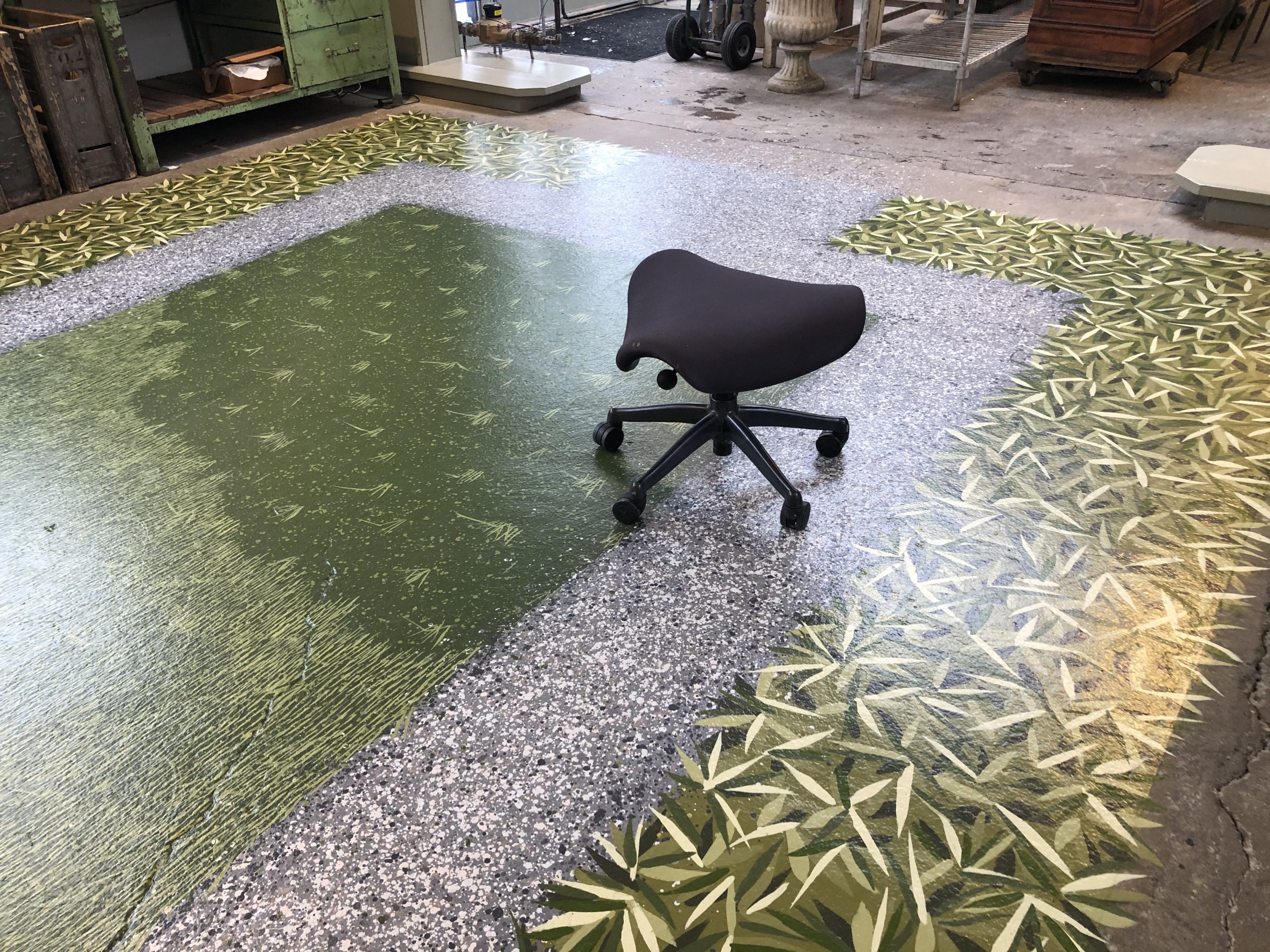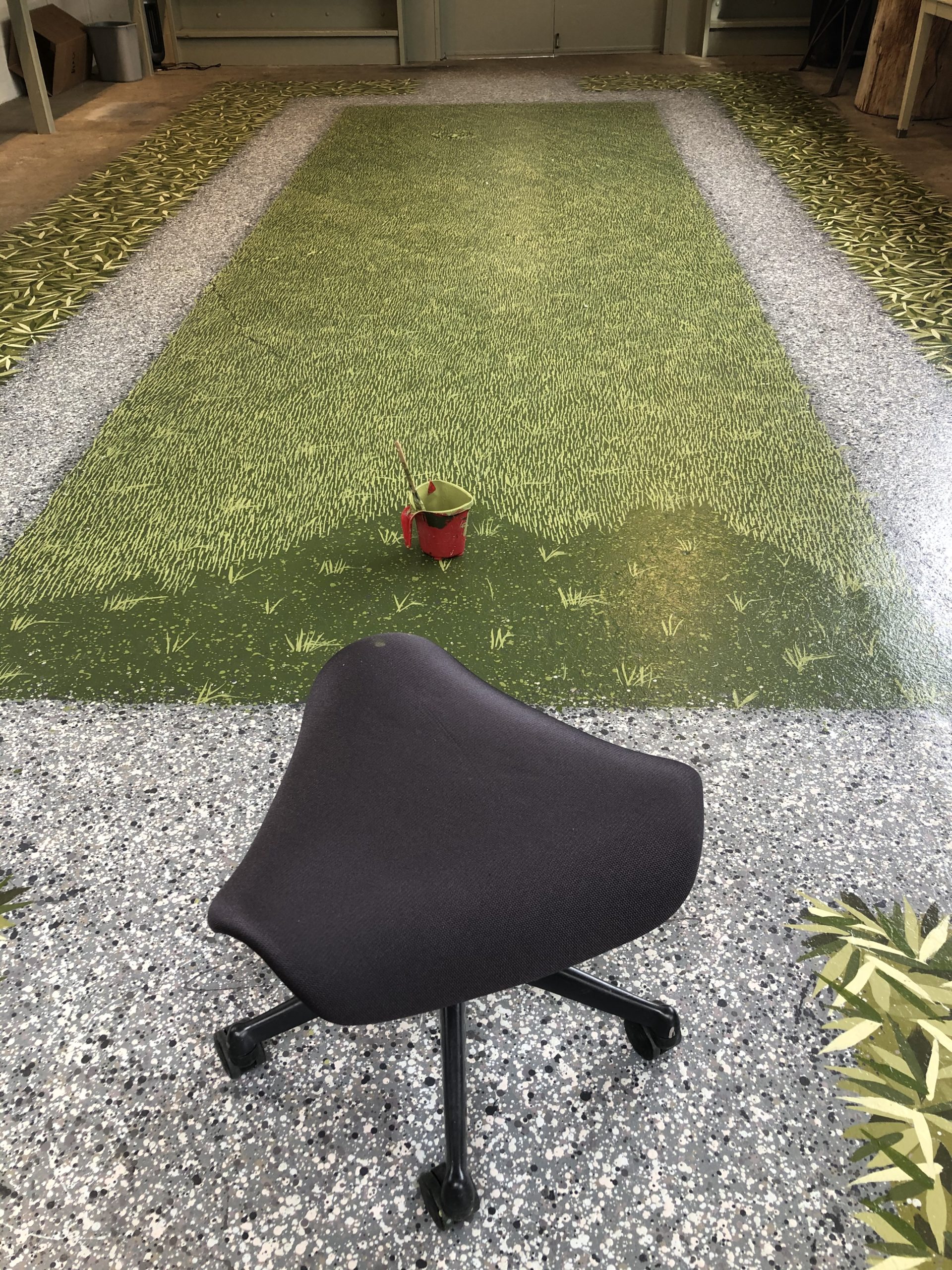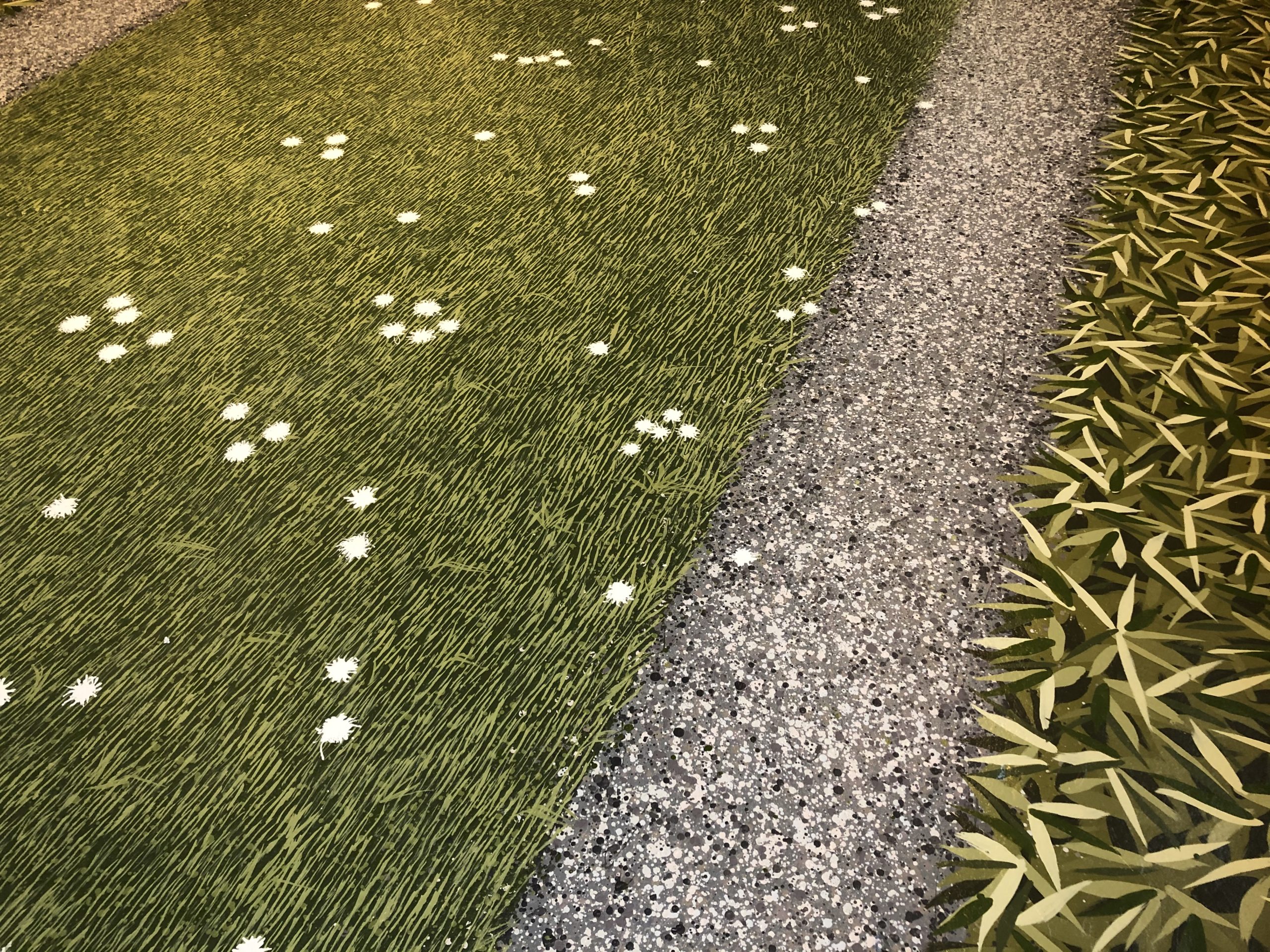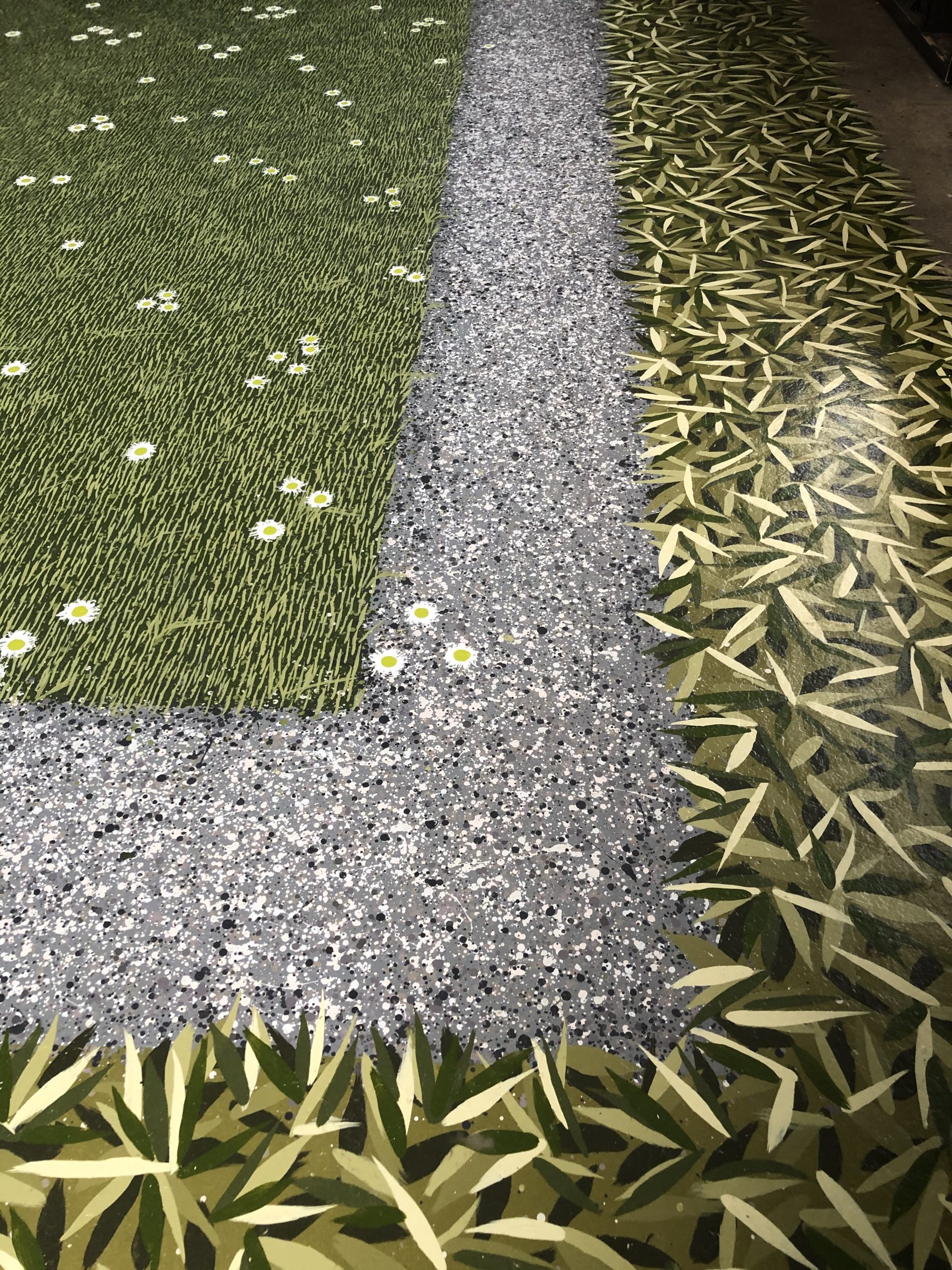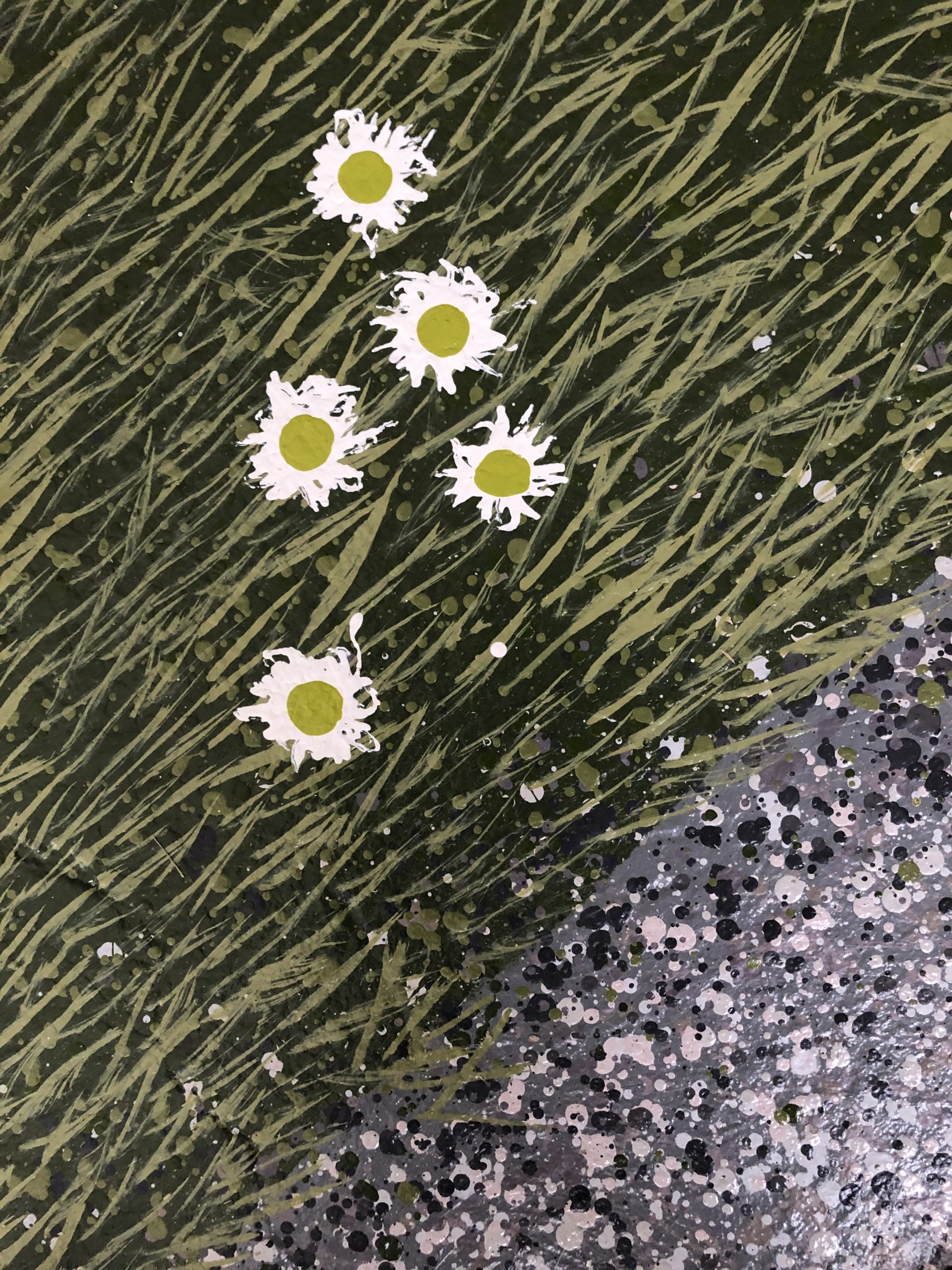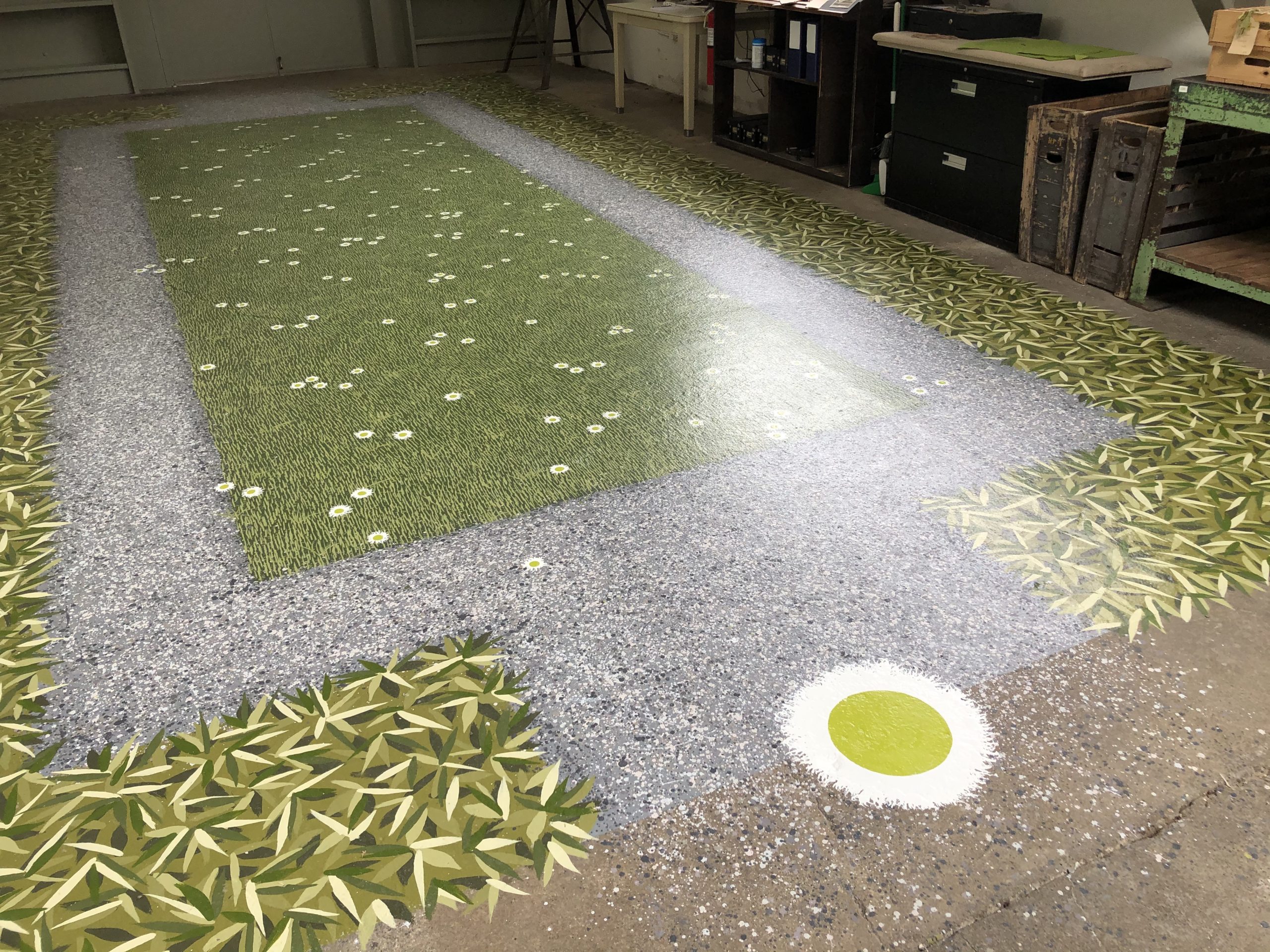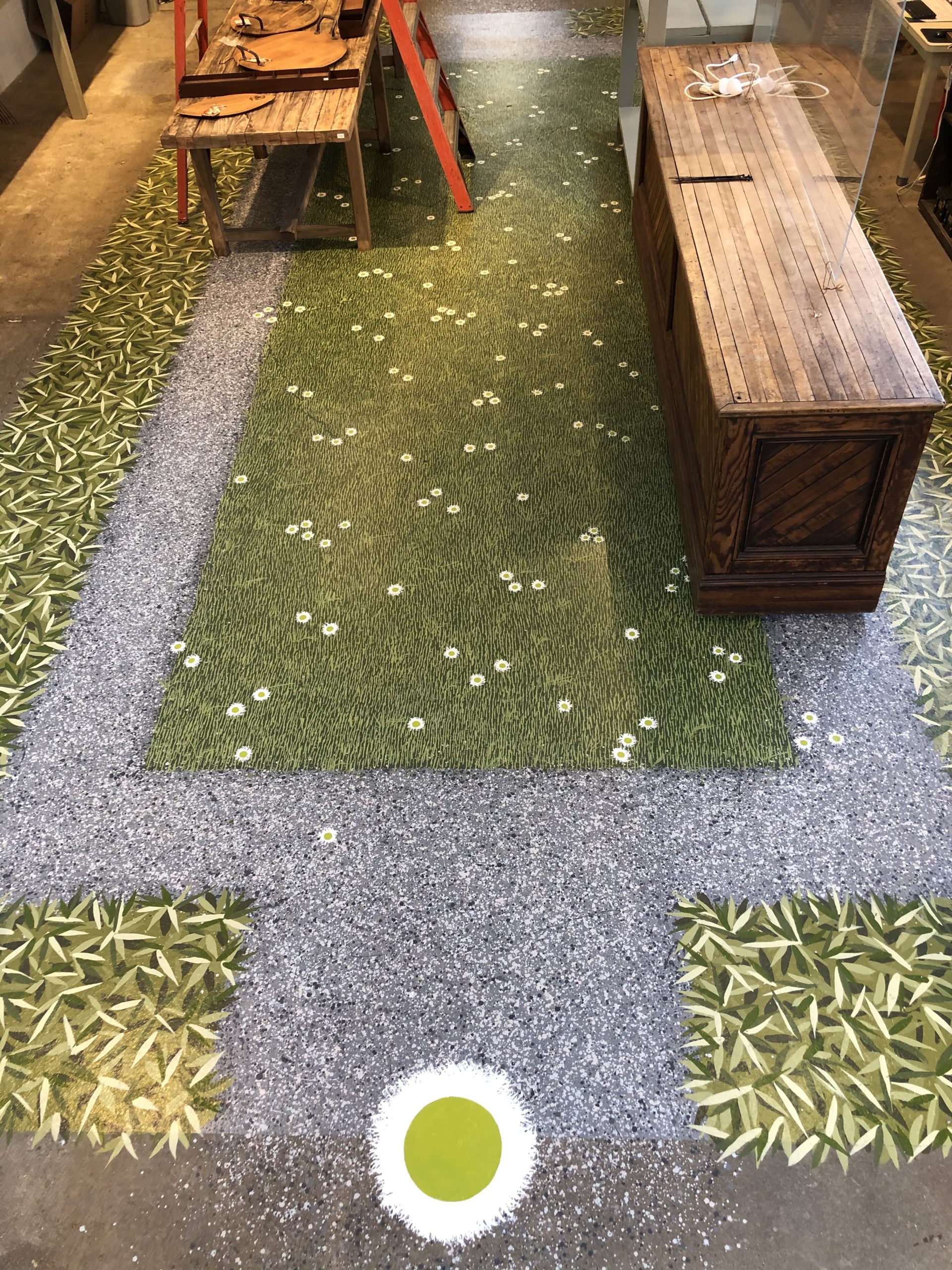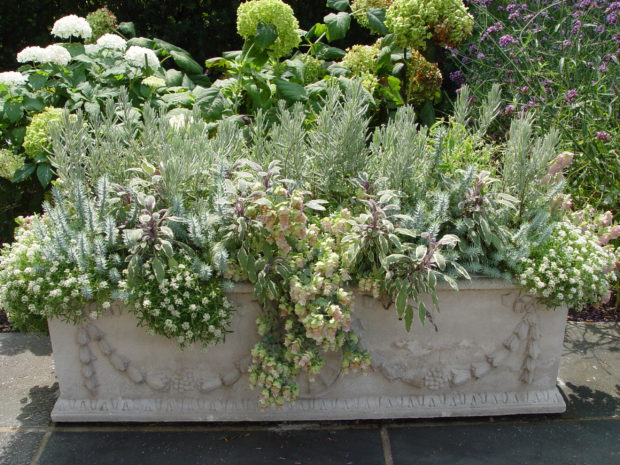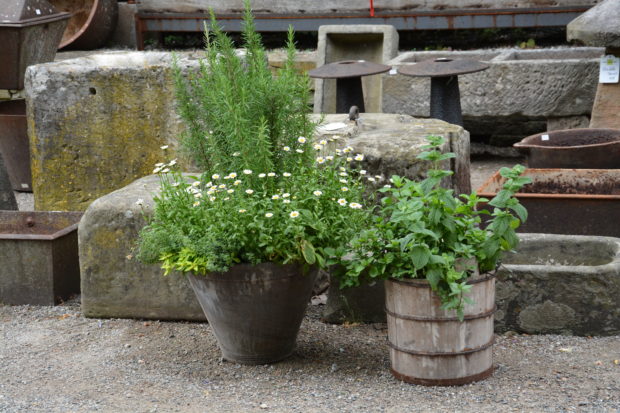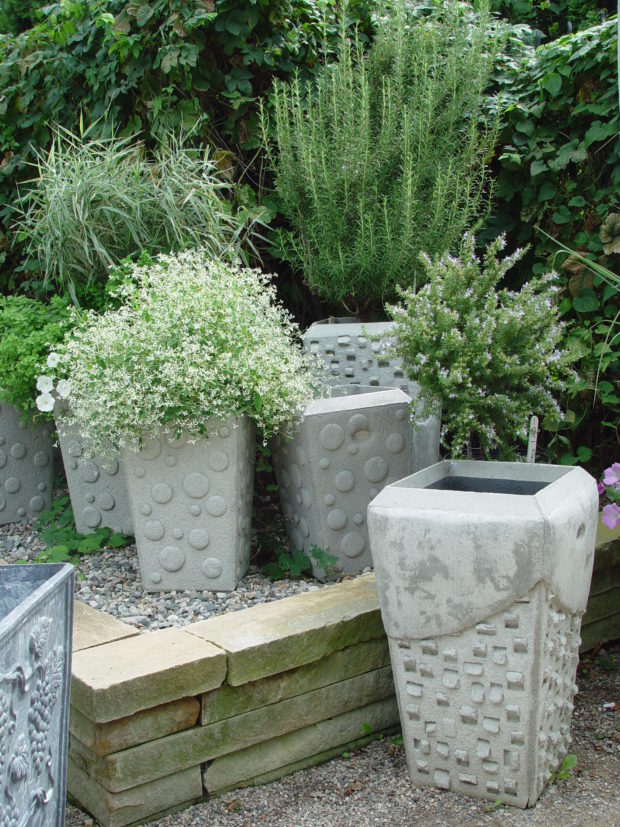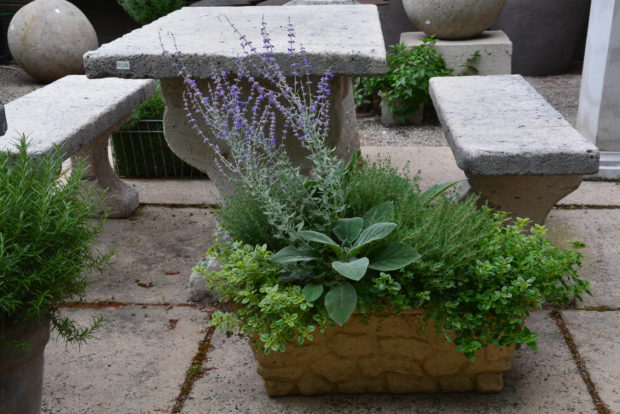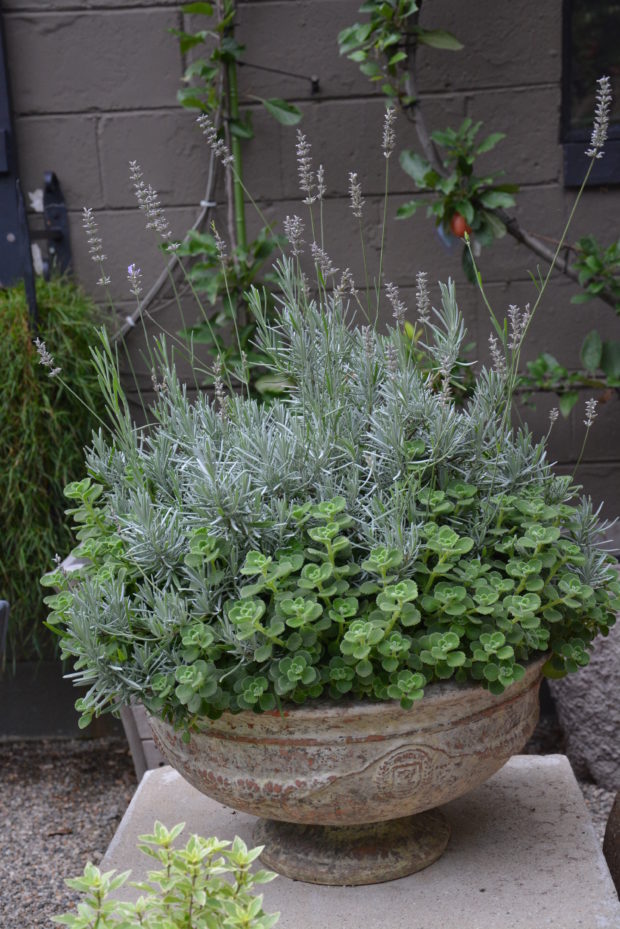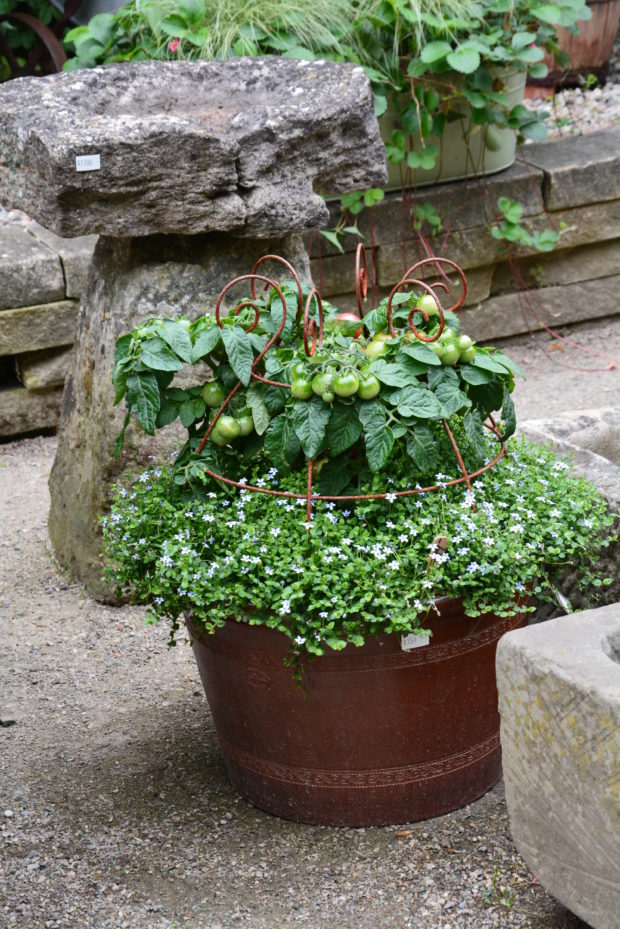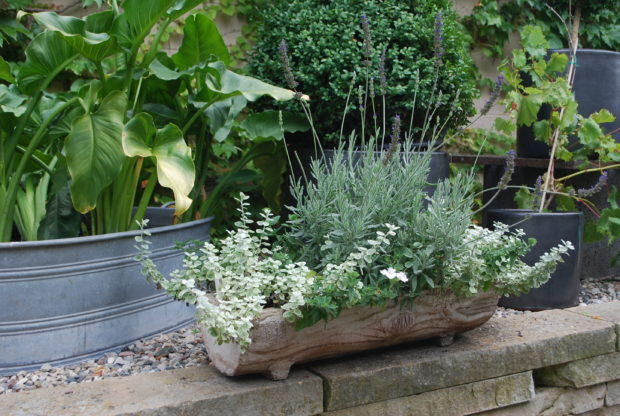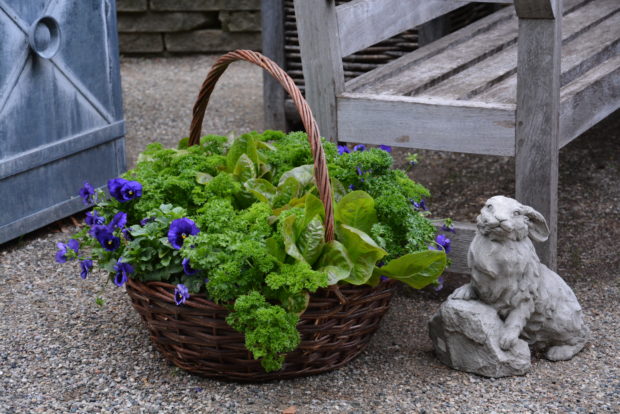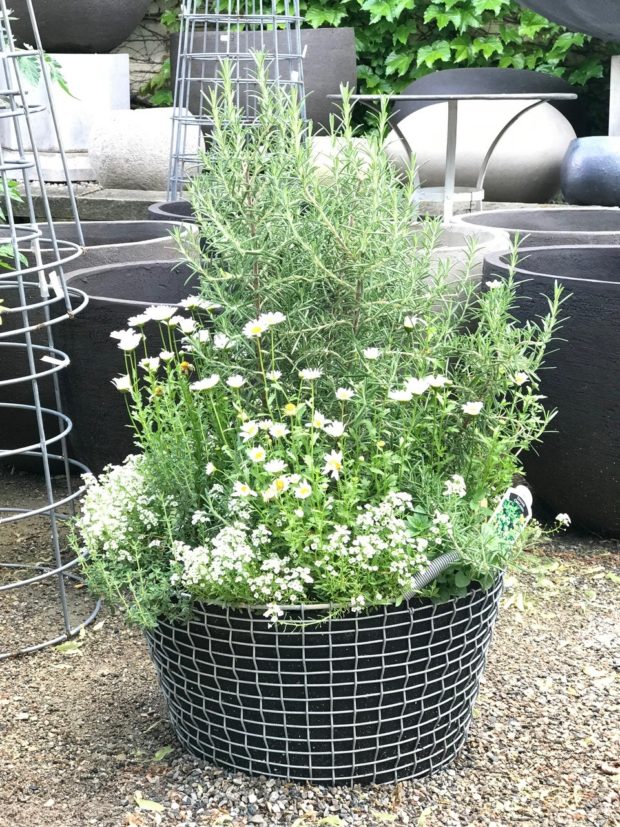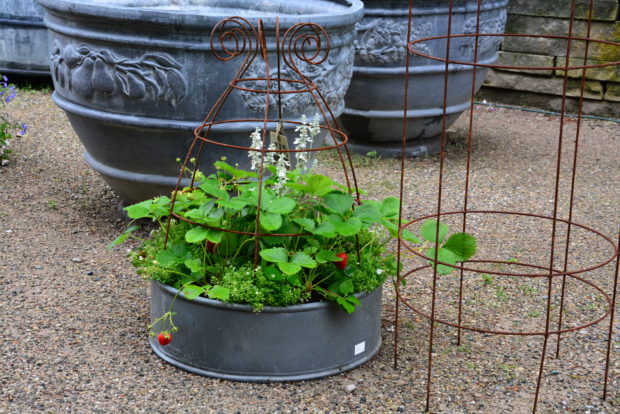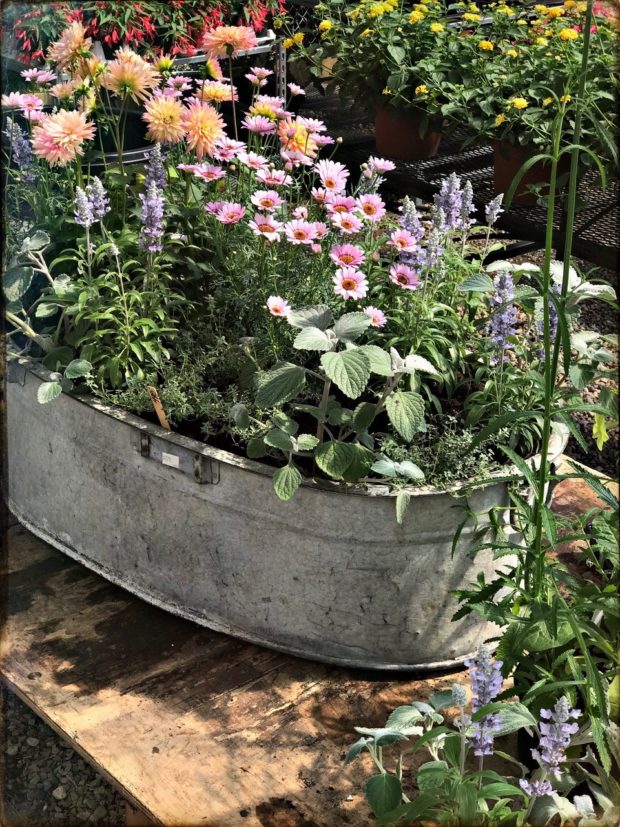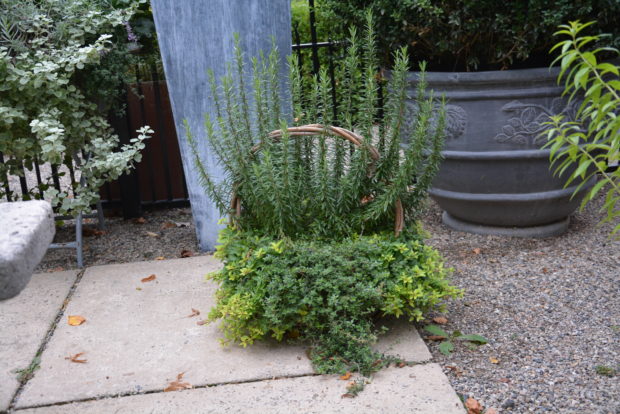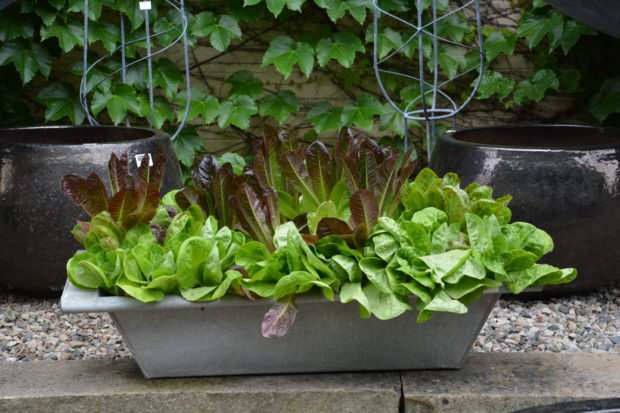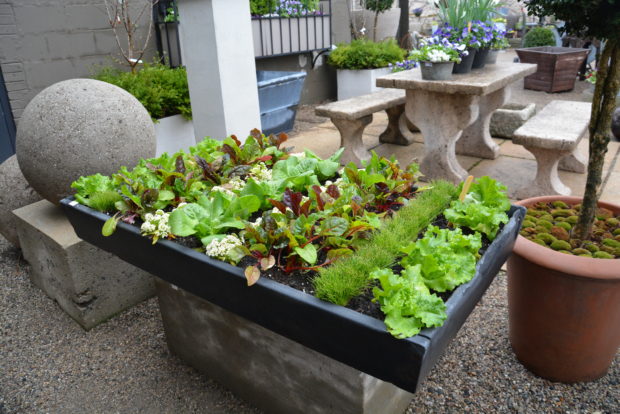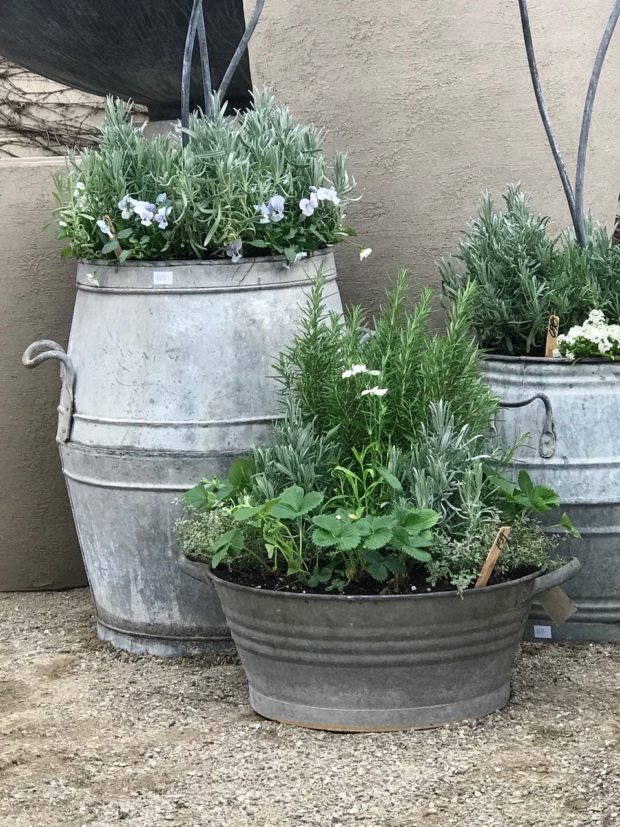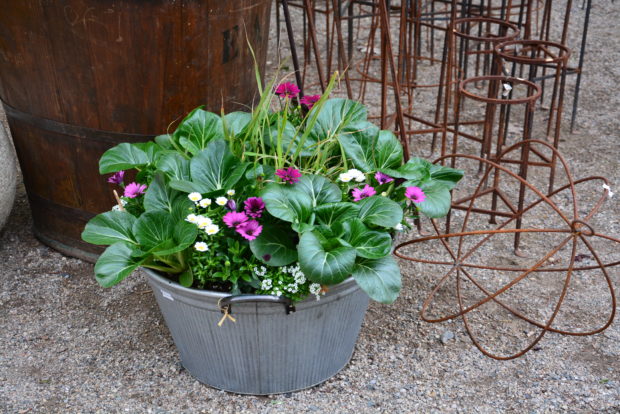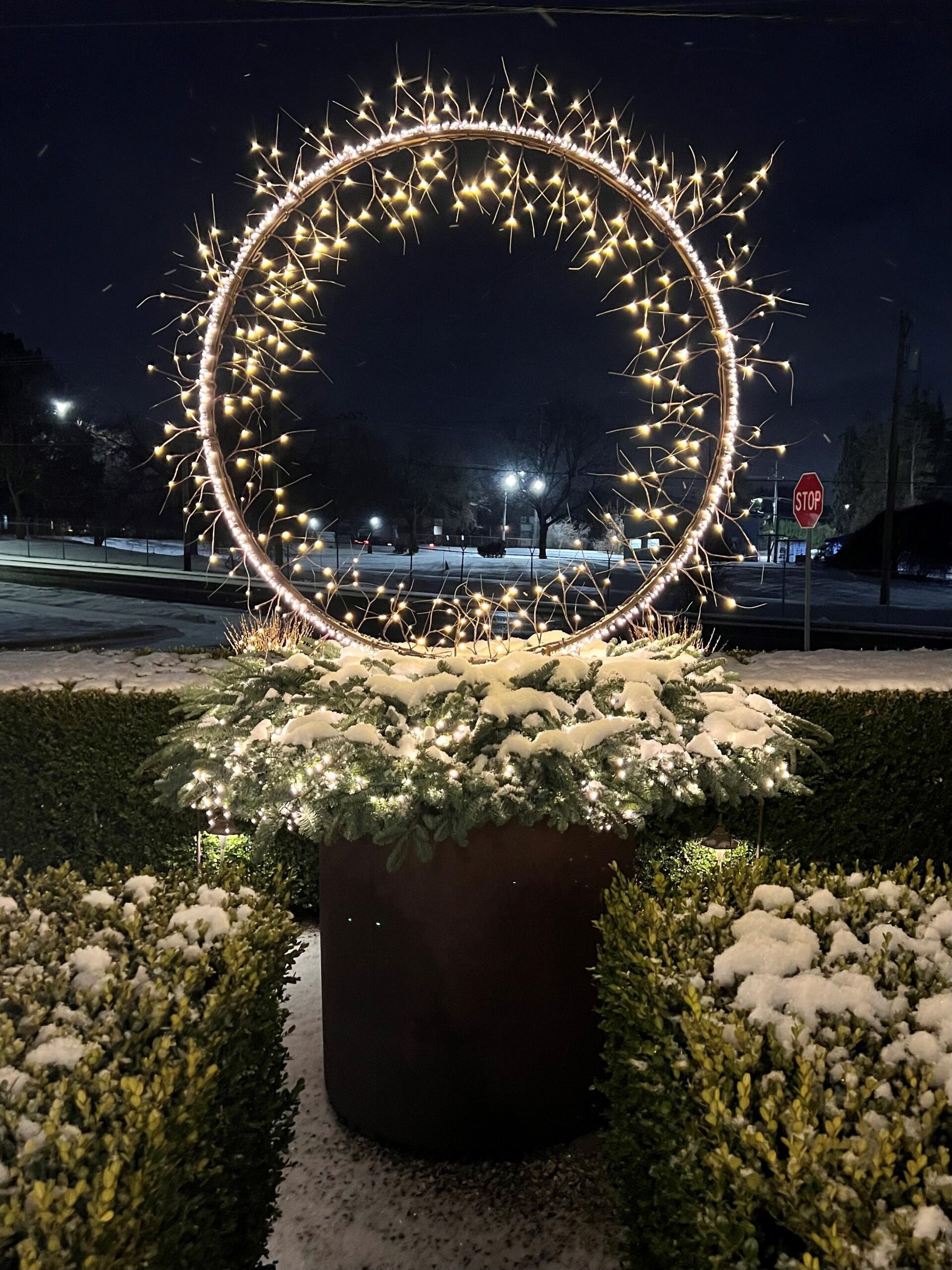
To follow is a visual collection of light rings which we have placed in winter containers over the past 15 years or so. This first picture is a detail of the last. The last picture features our current display of them at the shop. I am very pleased that adding strings of twig garland lights proved to be transformative. We will go on making them – in one form or another.
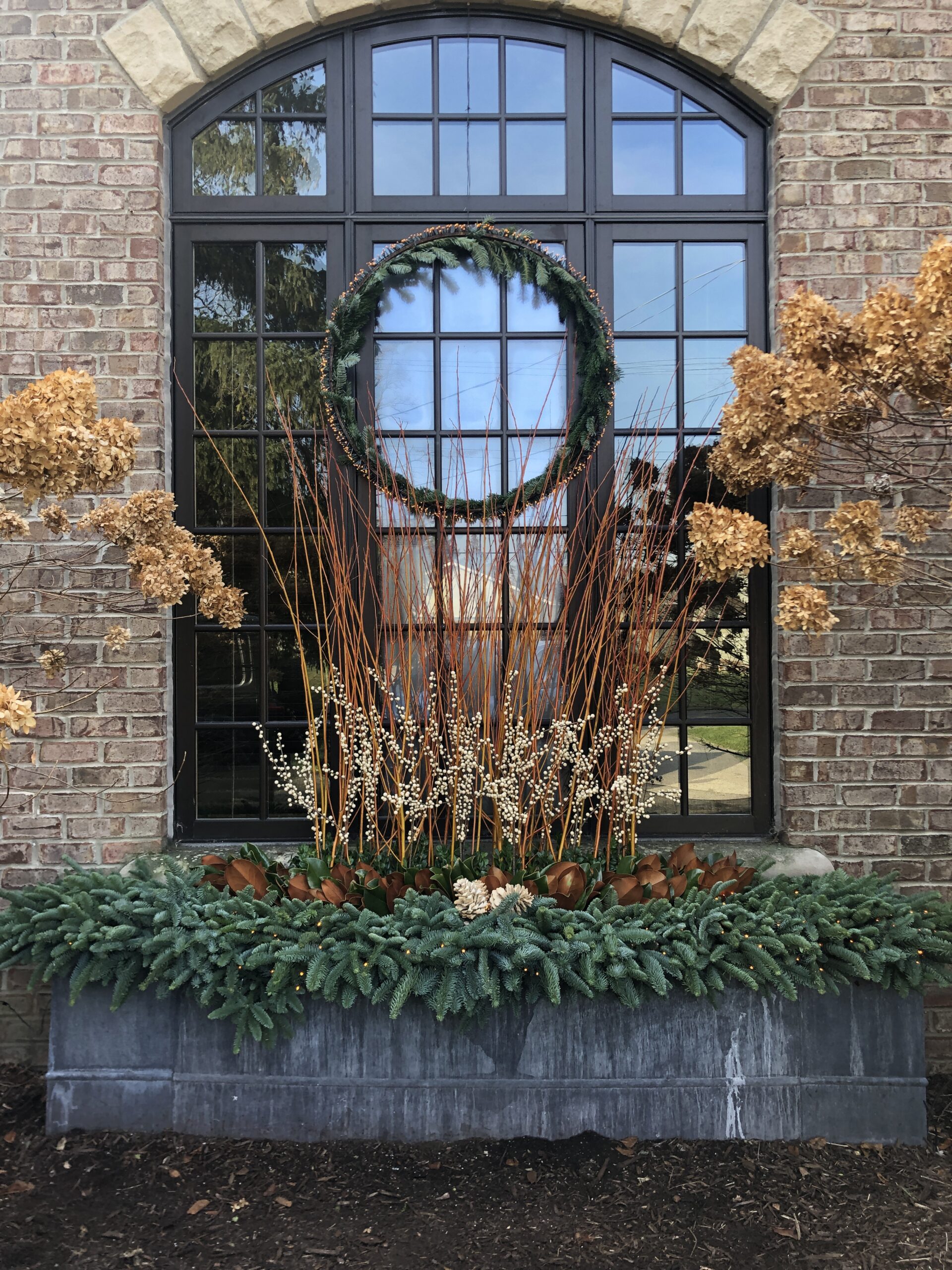
lighted ring lined with fir
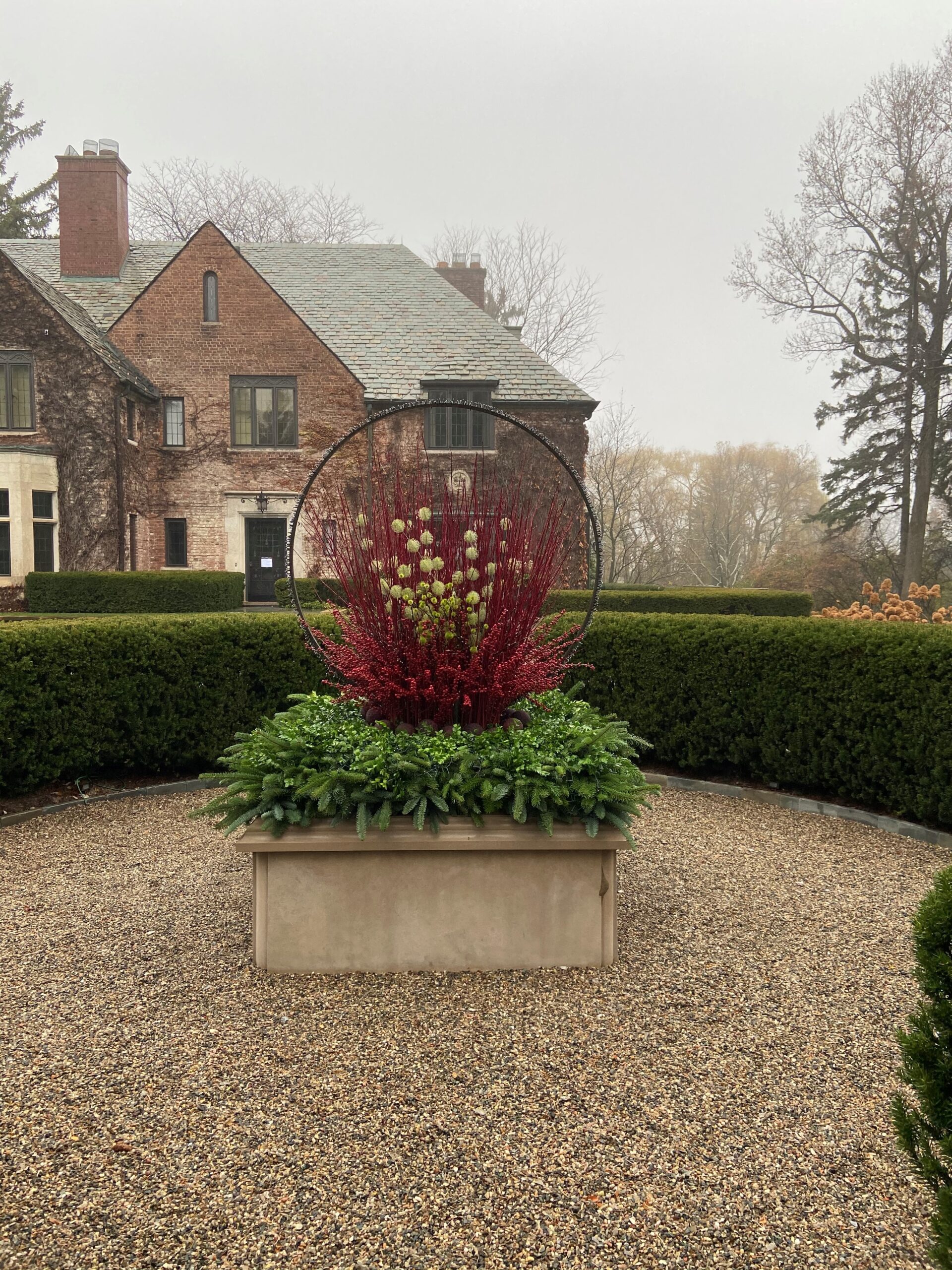
five foot ring with red twig dogwood
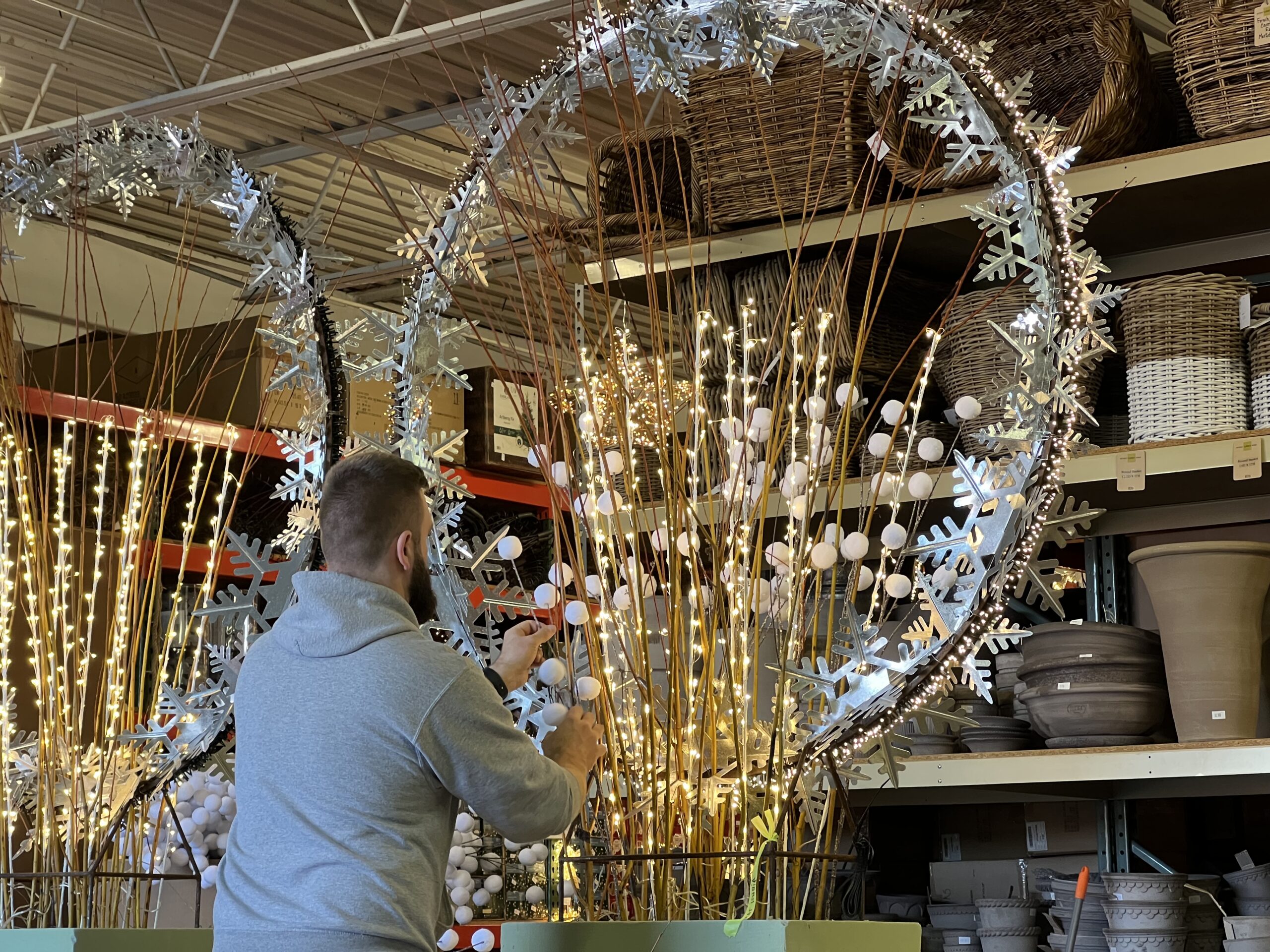
galvanized snowflakes and snowball picks

Jackie Classic style steel box and light ring both fabricated at The Branch Studio

curly willow on either side of a ring
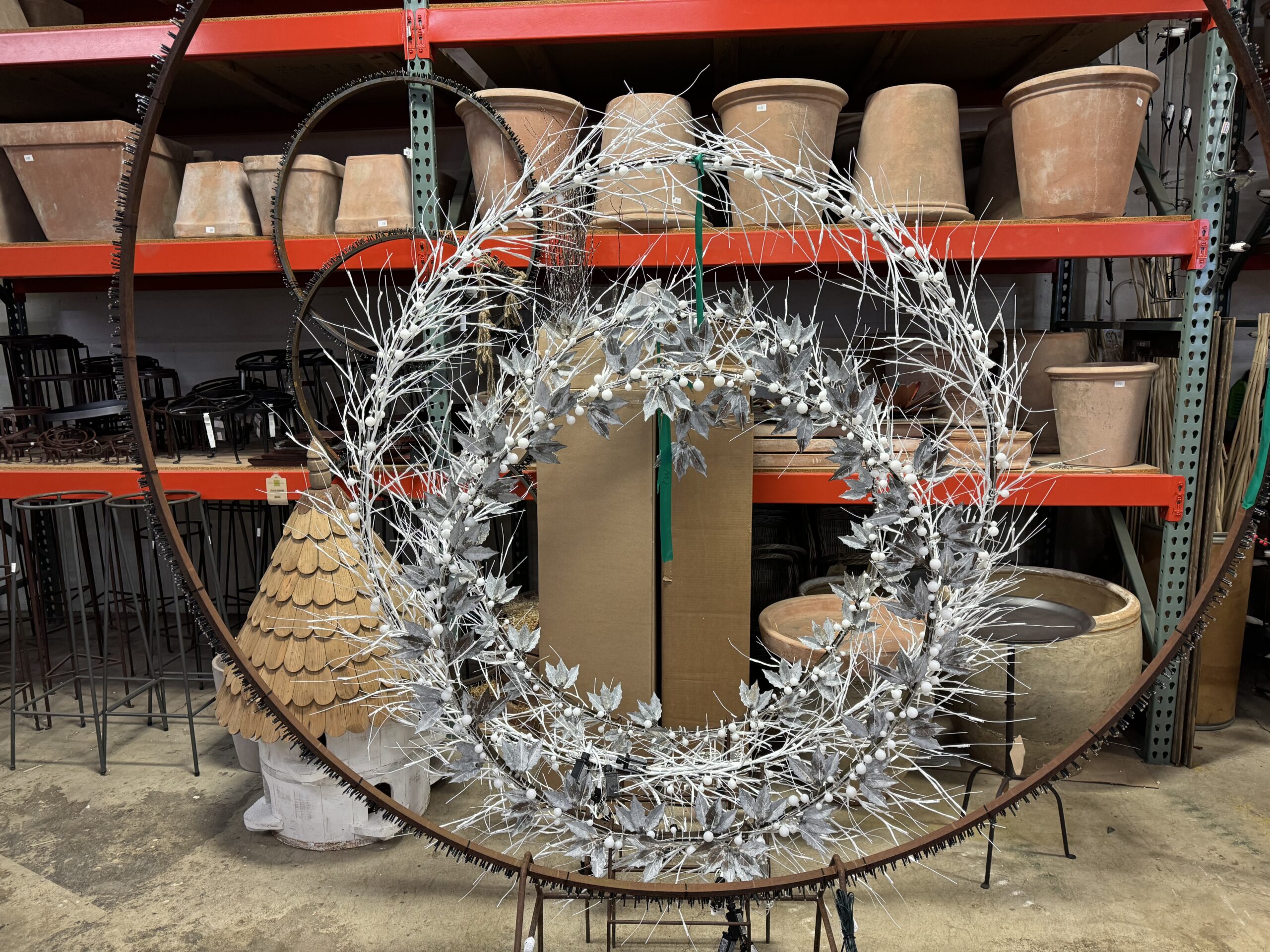
2′ and 3′ diameter light rings featuring cherry light strings and galvanized steel holly and berry garlands. The 5′ ring in the foreground is lighted with a Lumineo compact light set.

light ring in a thicket
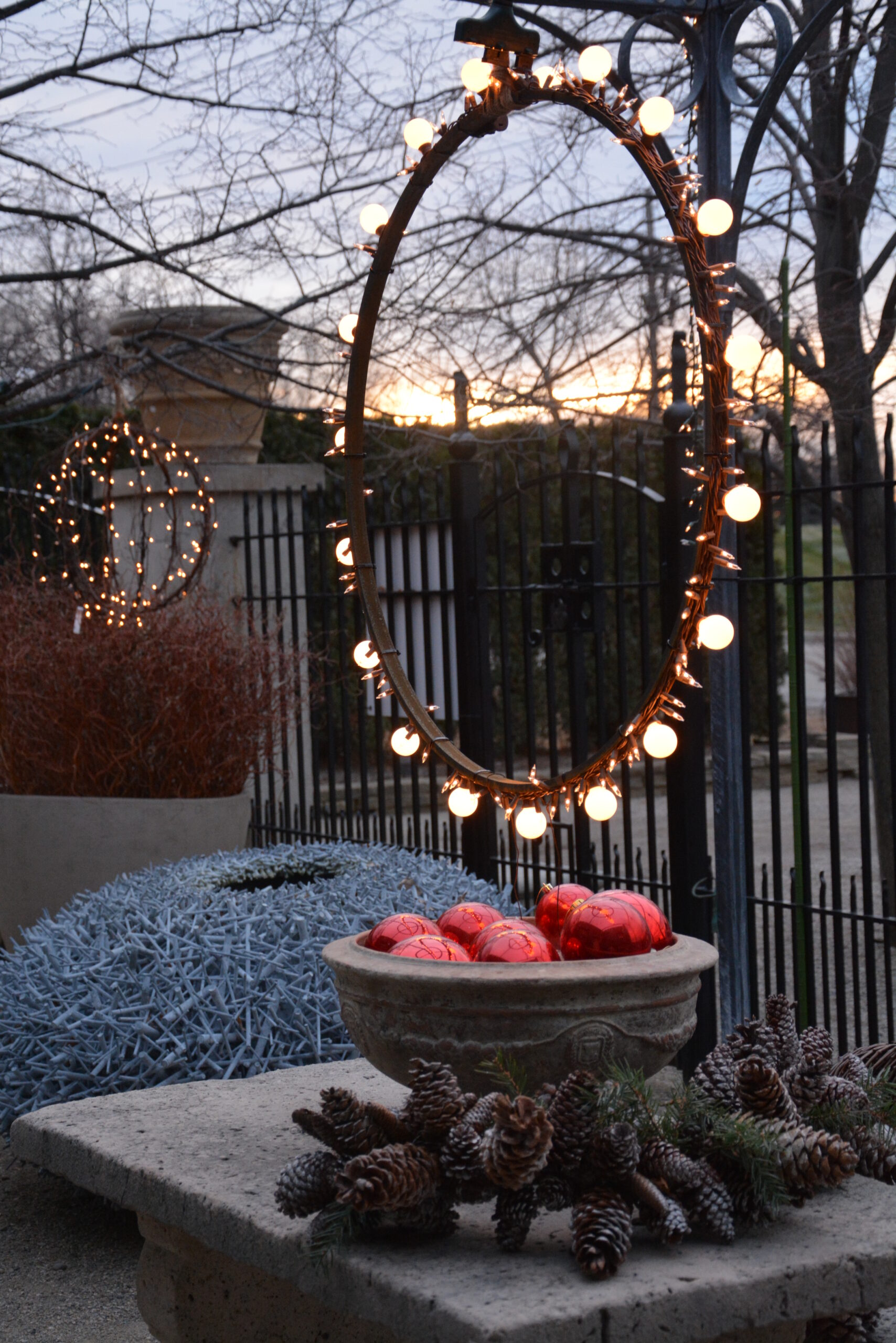
2011
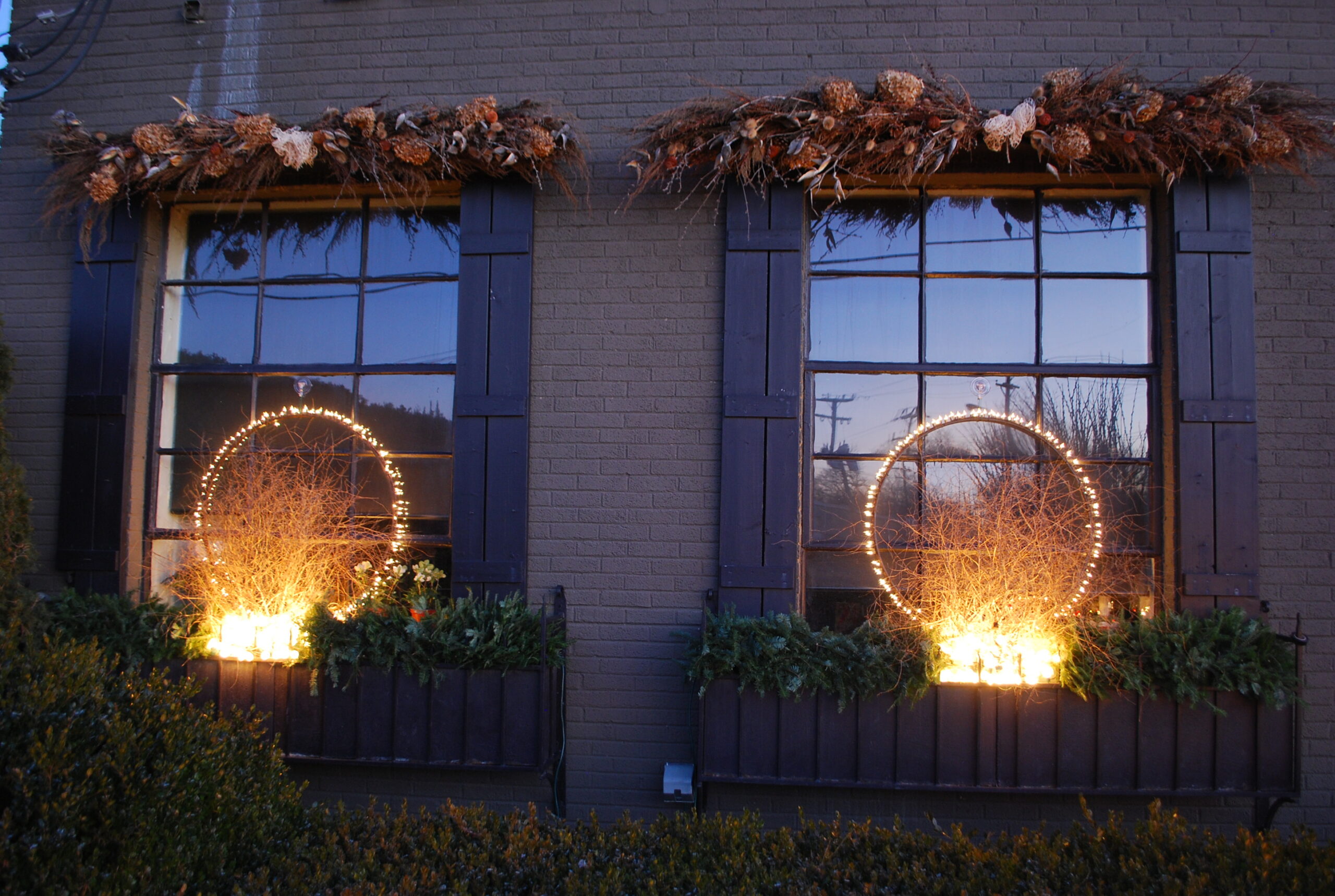
dried plants from the garden. The bright light in the foreground is a string of C7 incandescent lights piled up.

five foot ring lined with a boxwood garland

crisp and contemporary
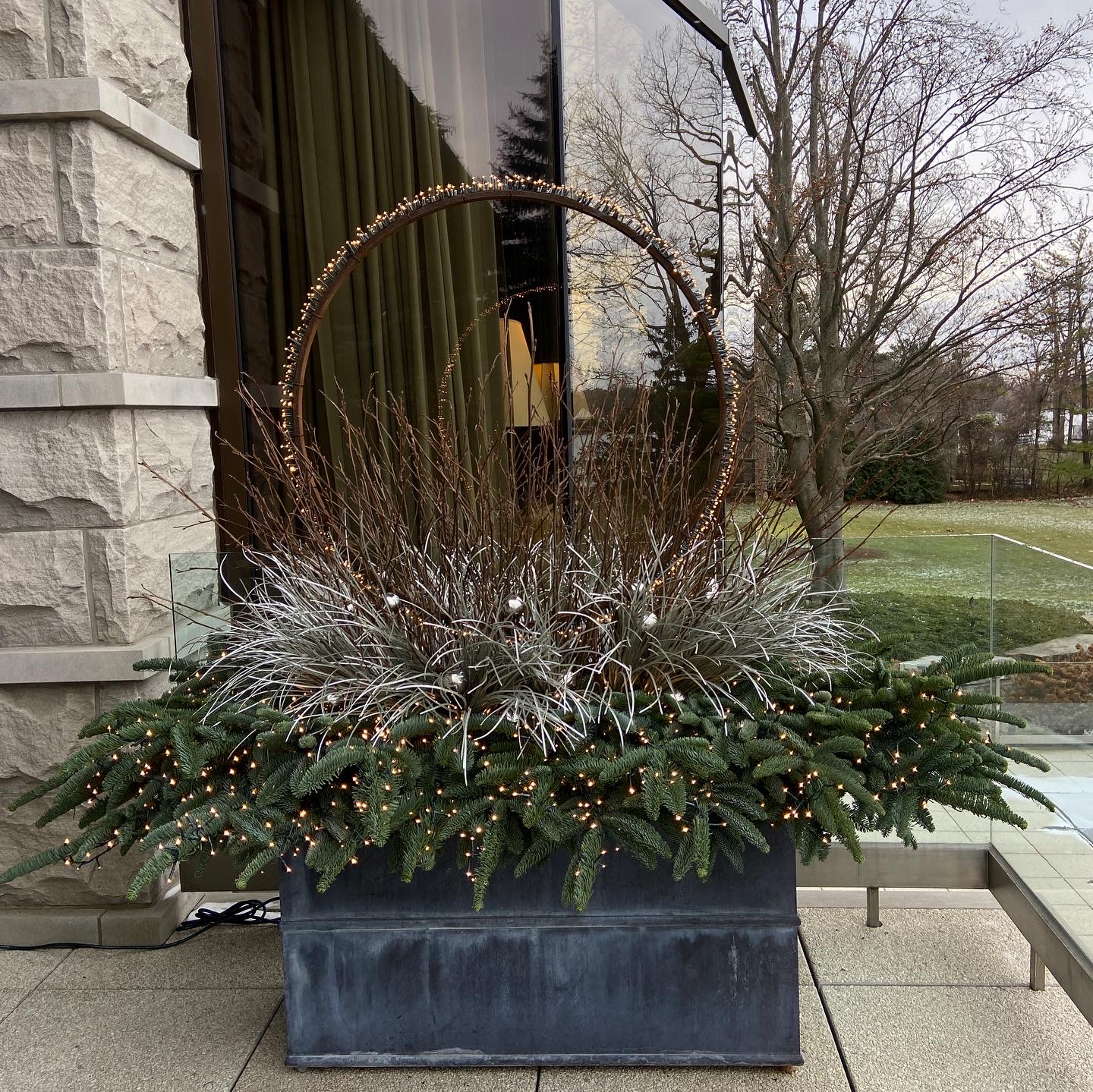
alder branches
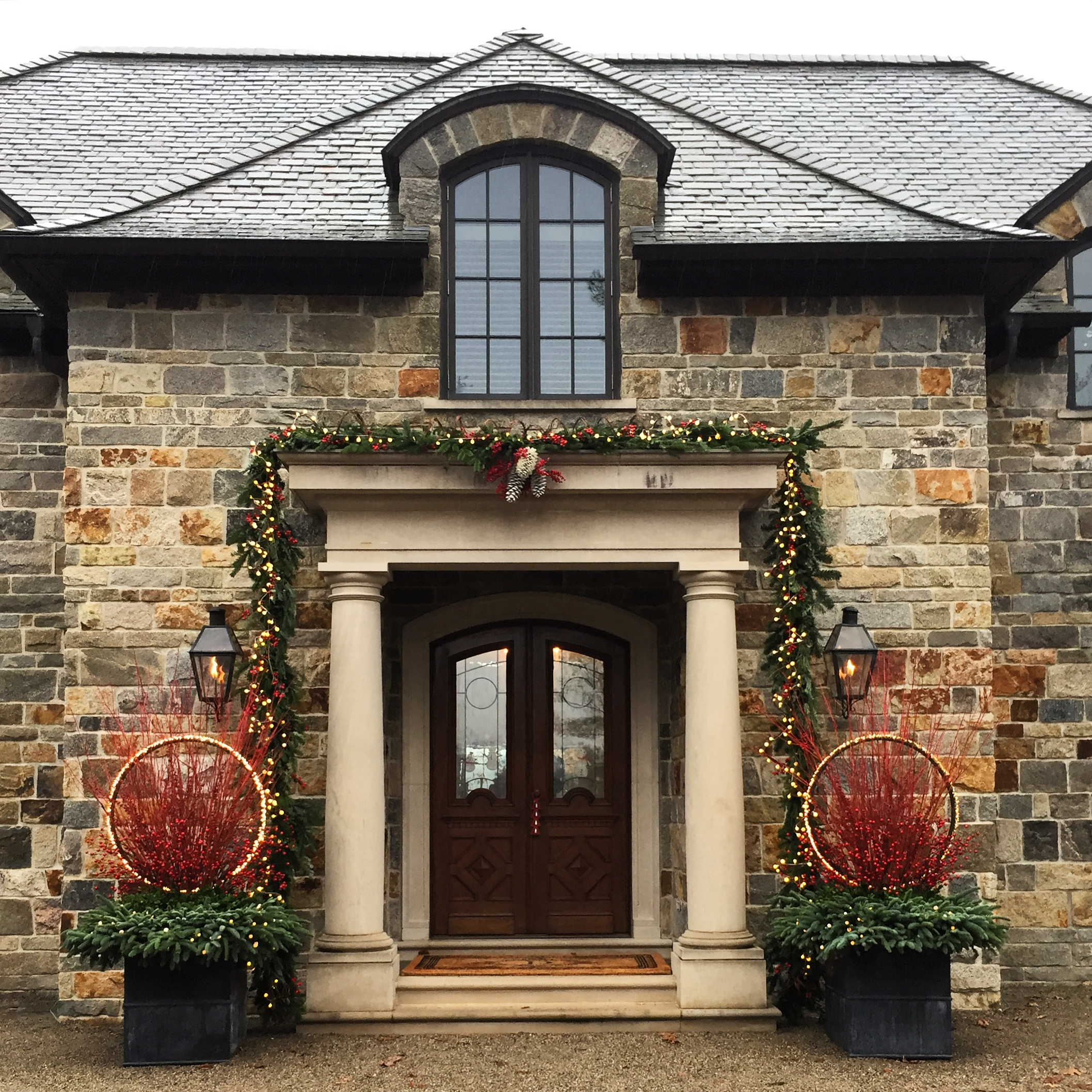
holiday
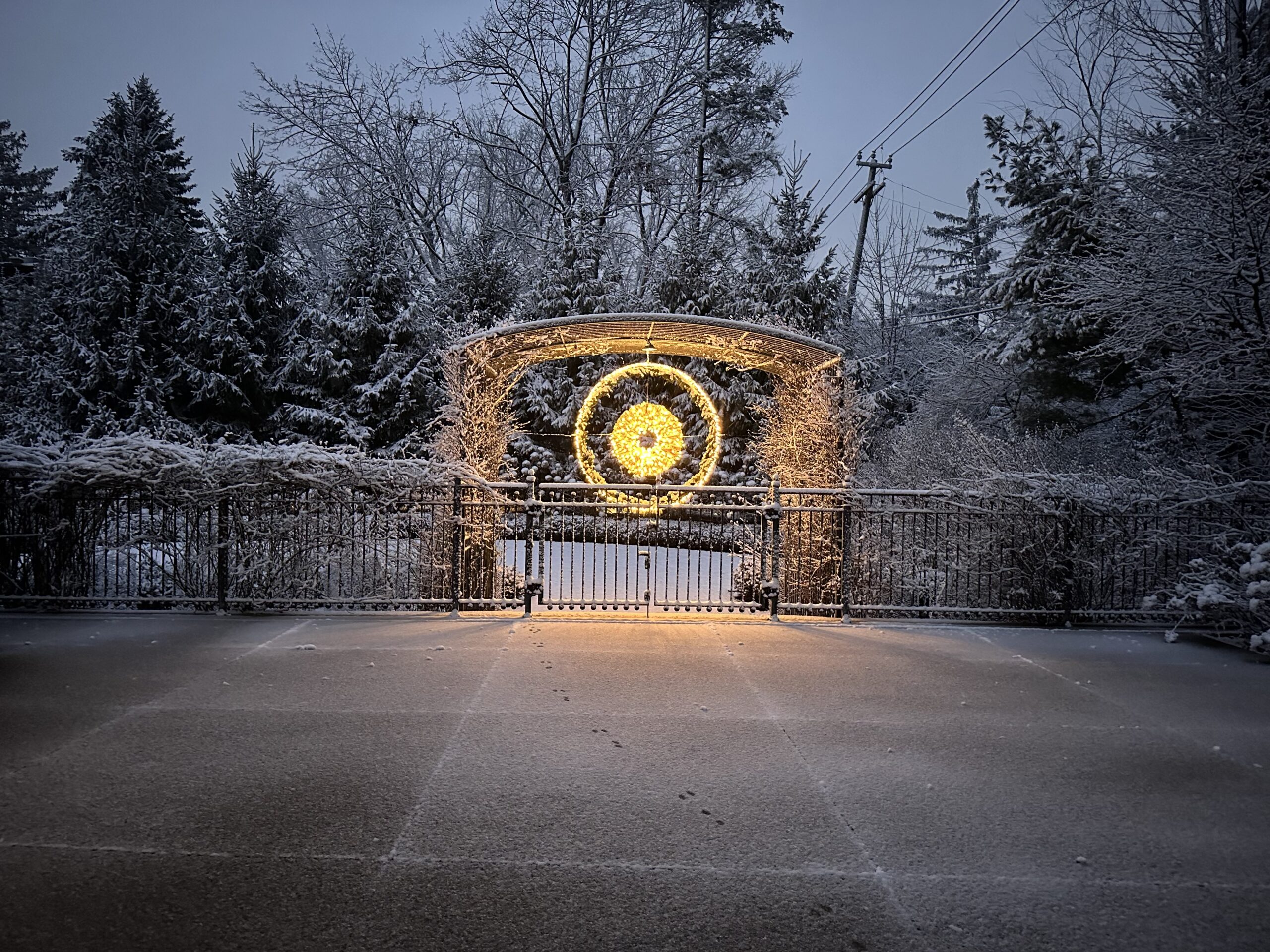
beaming in the rose arbor
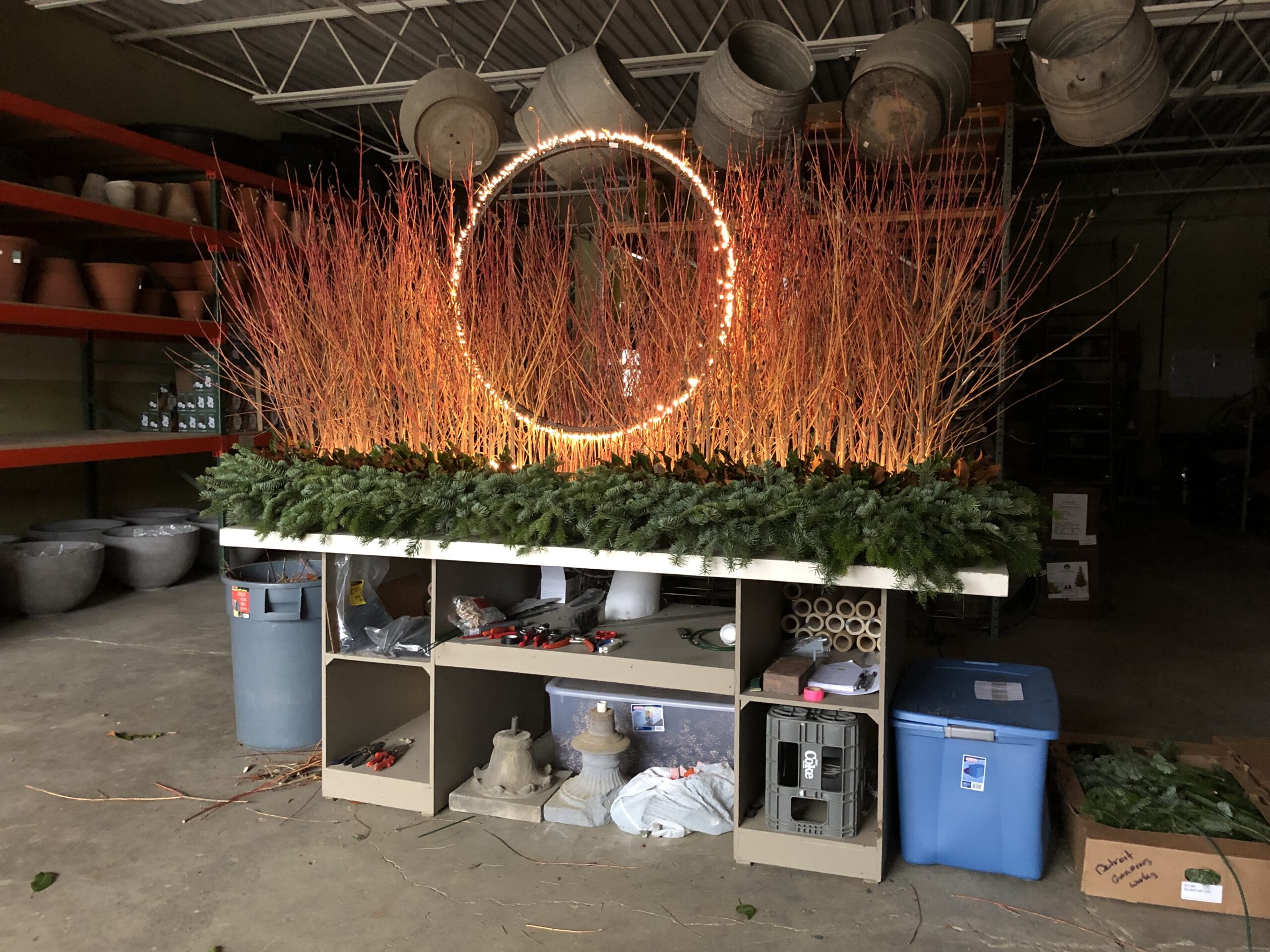
cornus “Midwinter Fire” branches, magnolia branches and fir
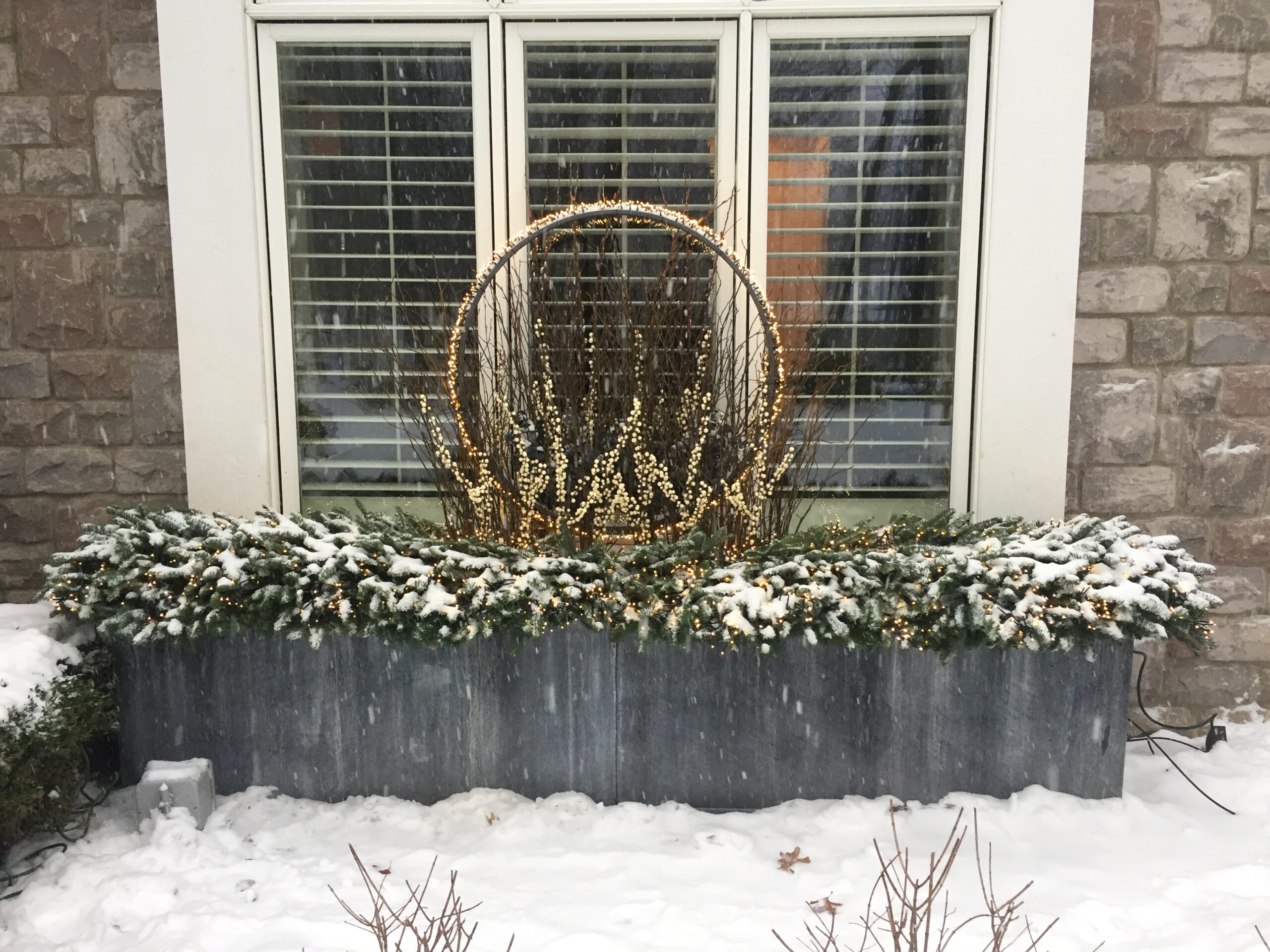
alder branches and faux berry picks
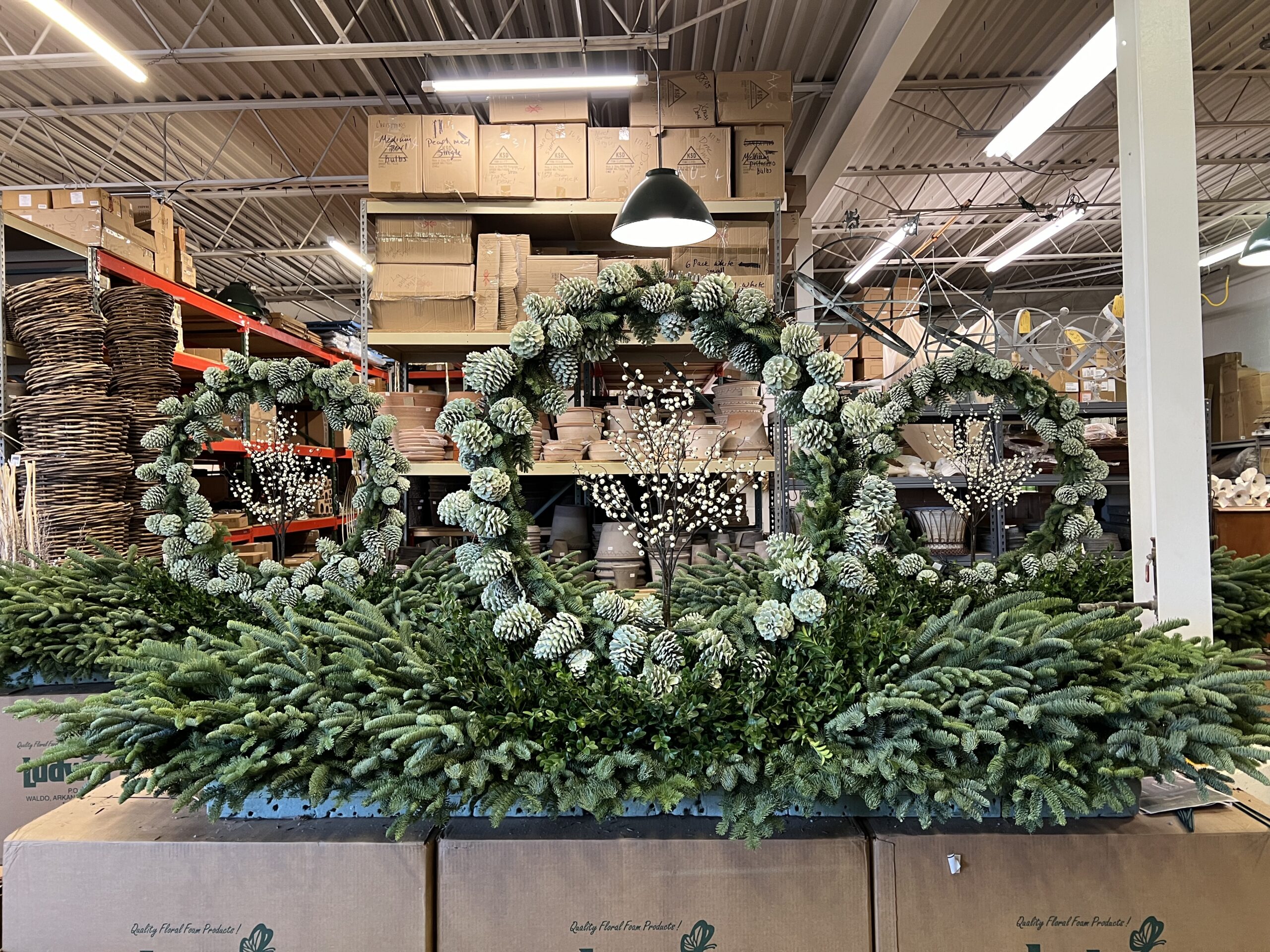
white tipped green pinecone garlands and fir added to the rings
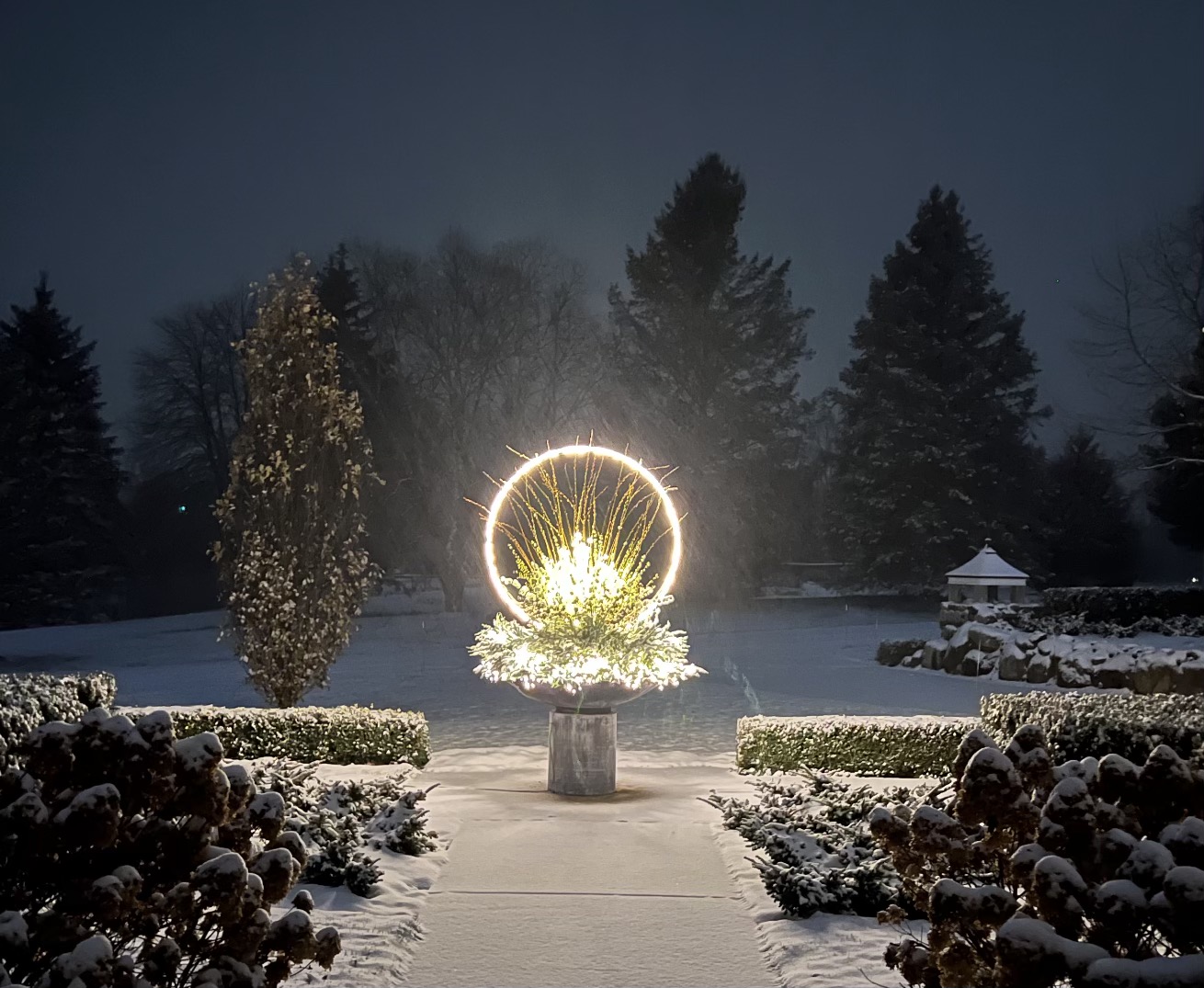
a client’s breathaking winter container featuring a five foot light ring
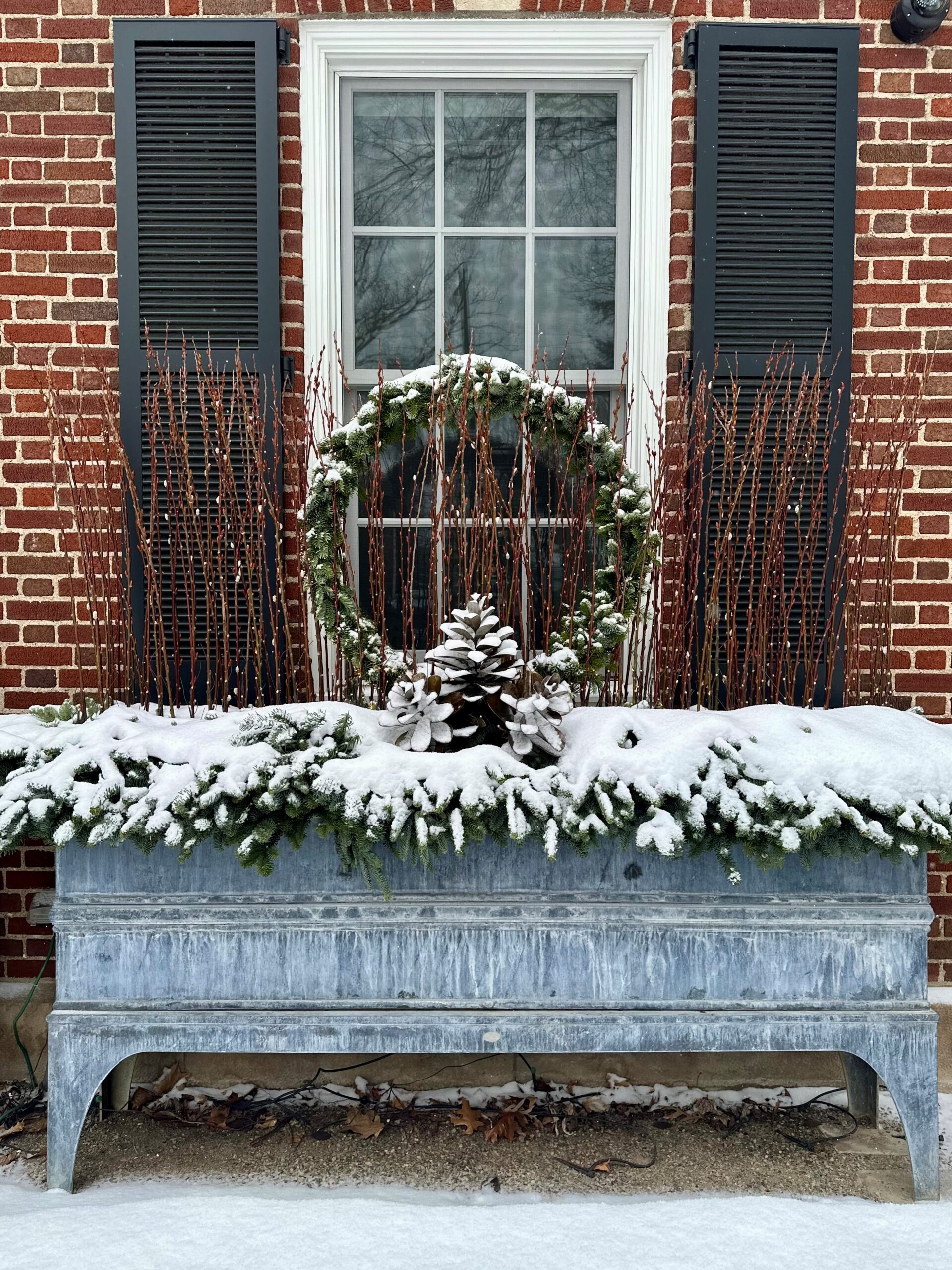
light ring wreathed in fir garland with a trio of steel pine cones
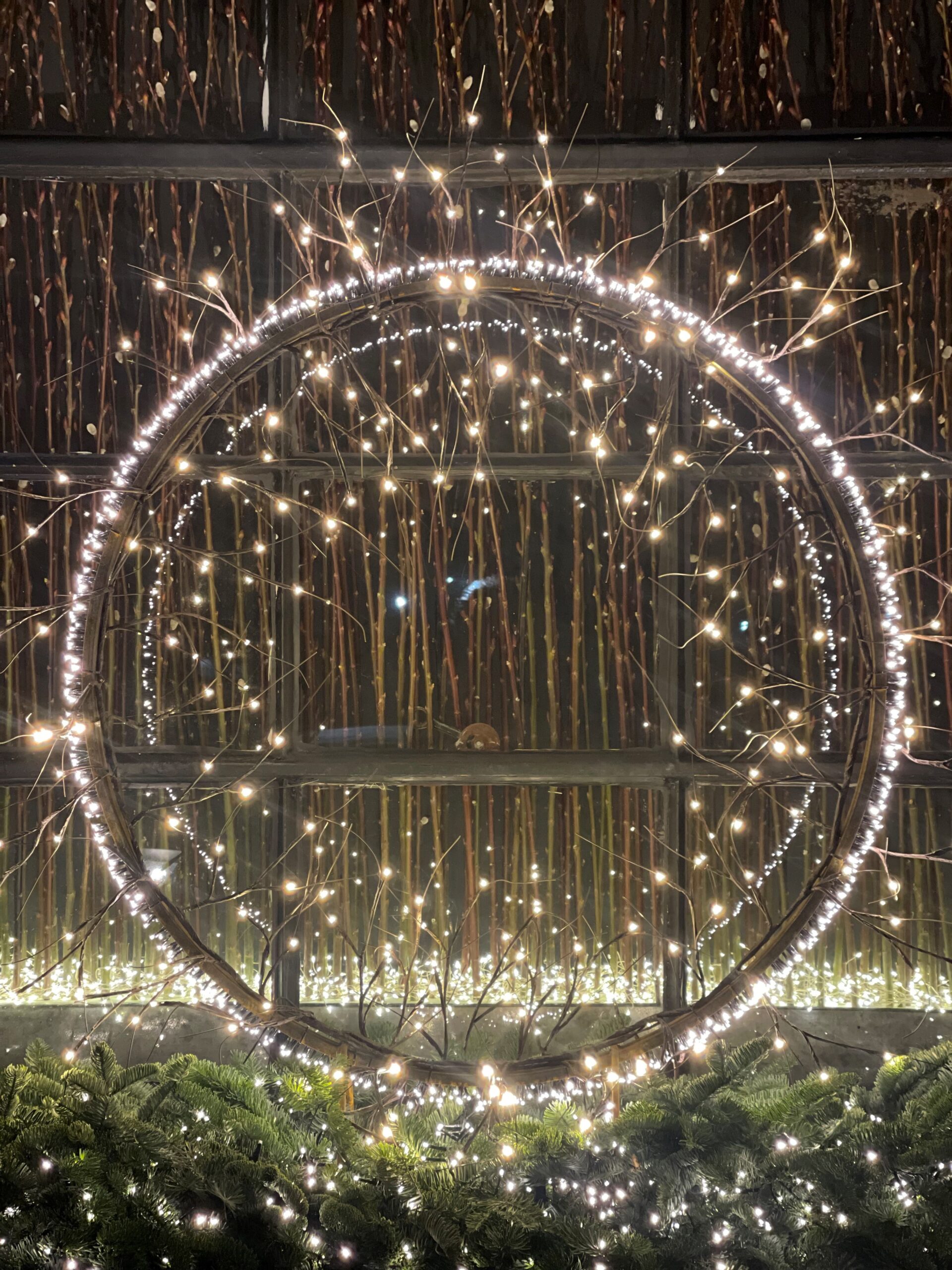
This three foot ring is additionally lighted with 2 strands of twig garland lights
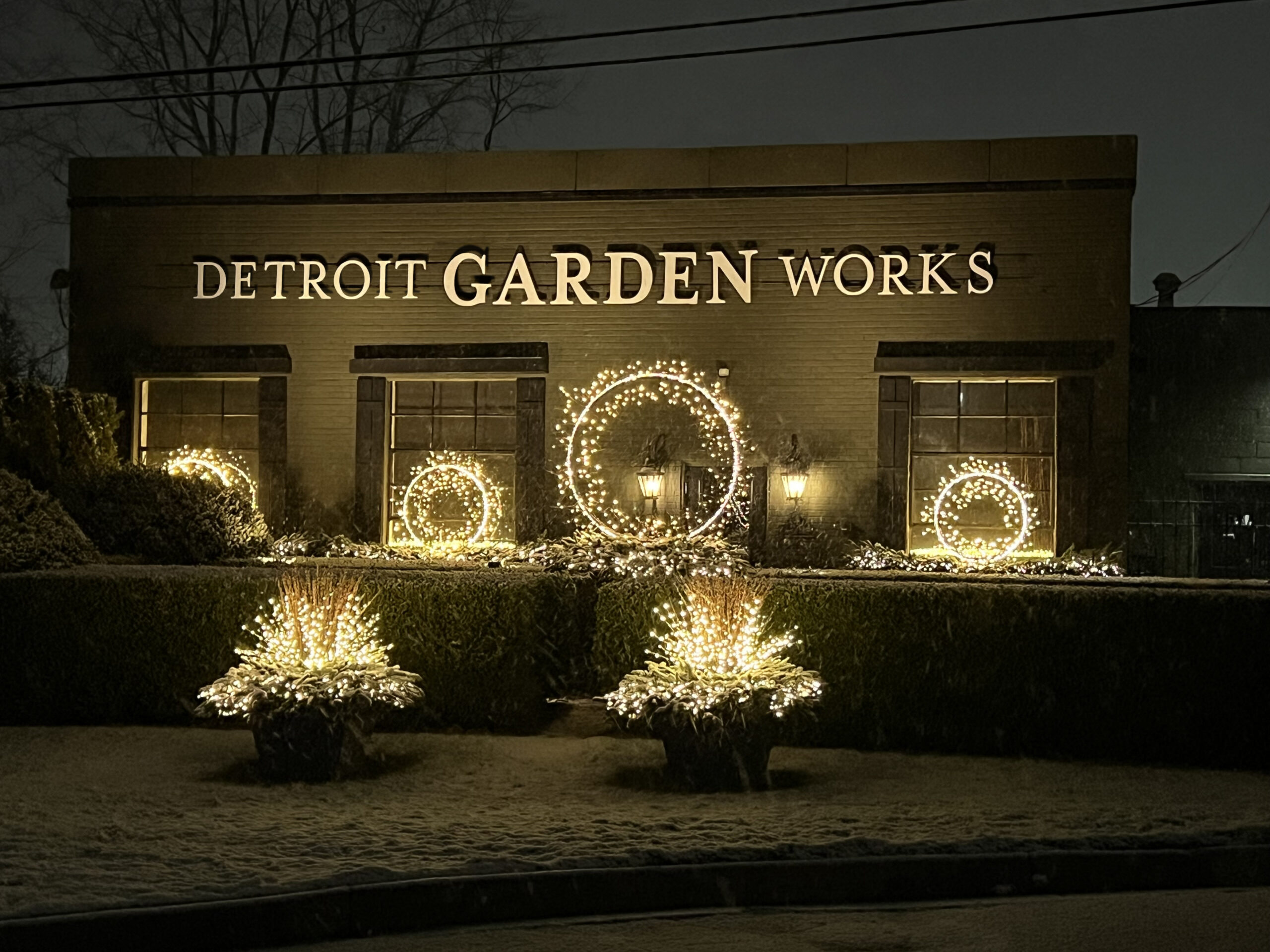
Detroit Garden Works winter 2025
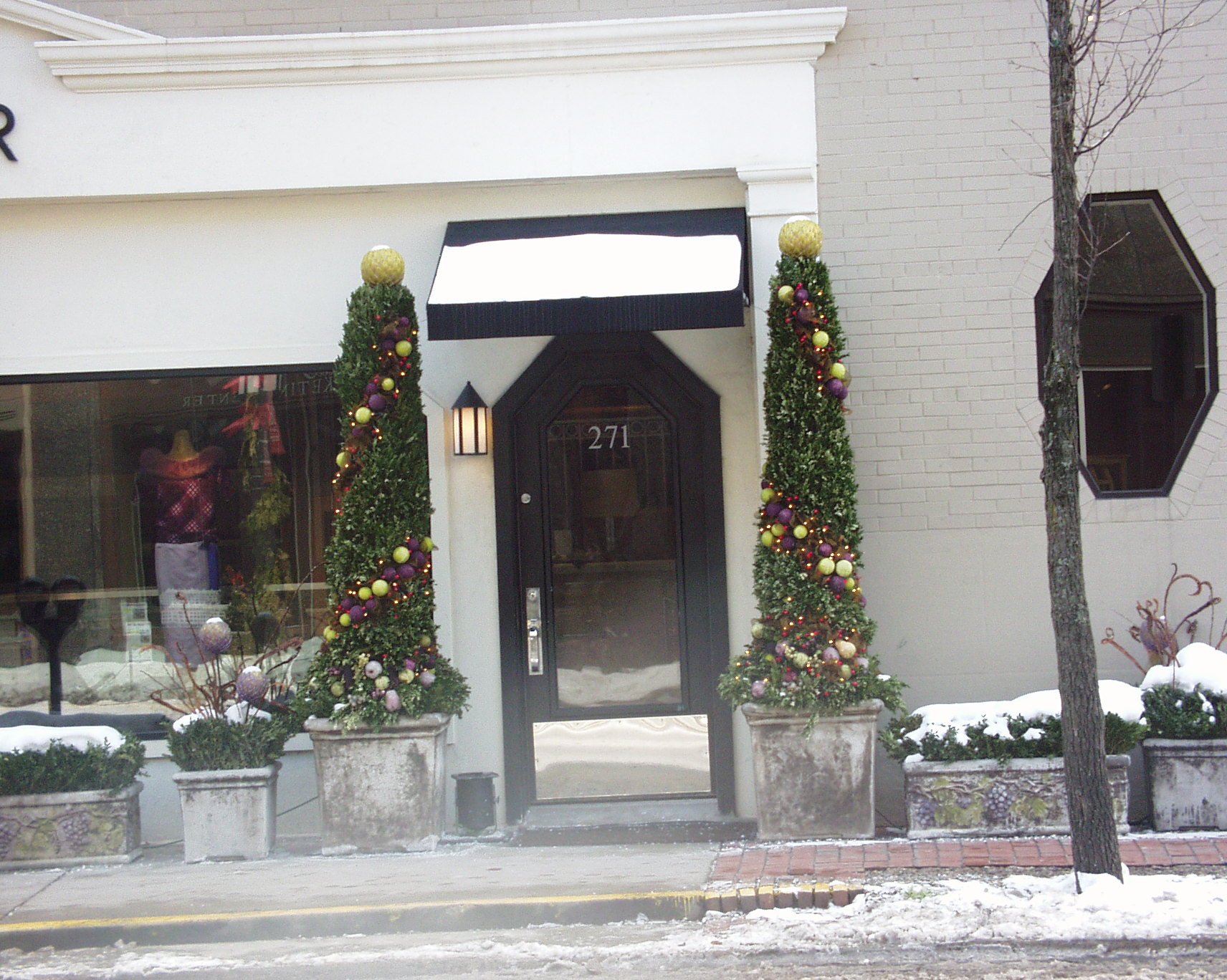
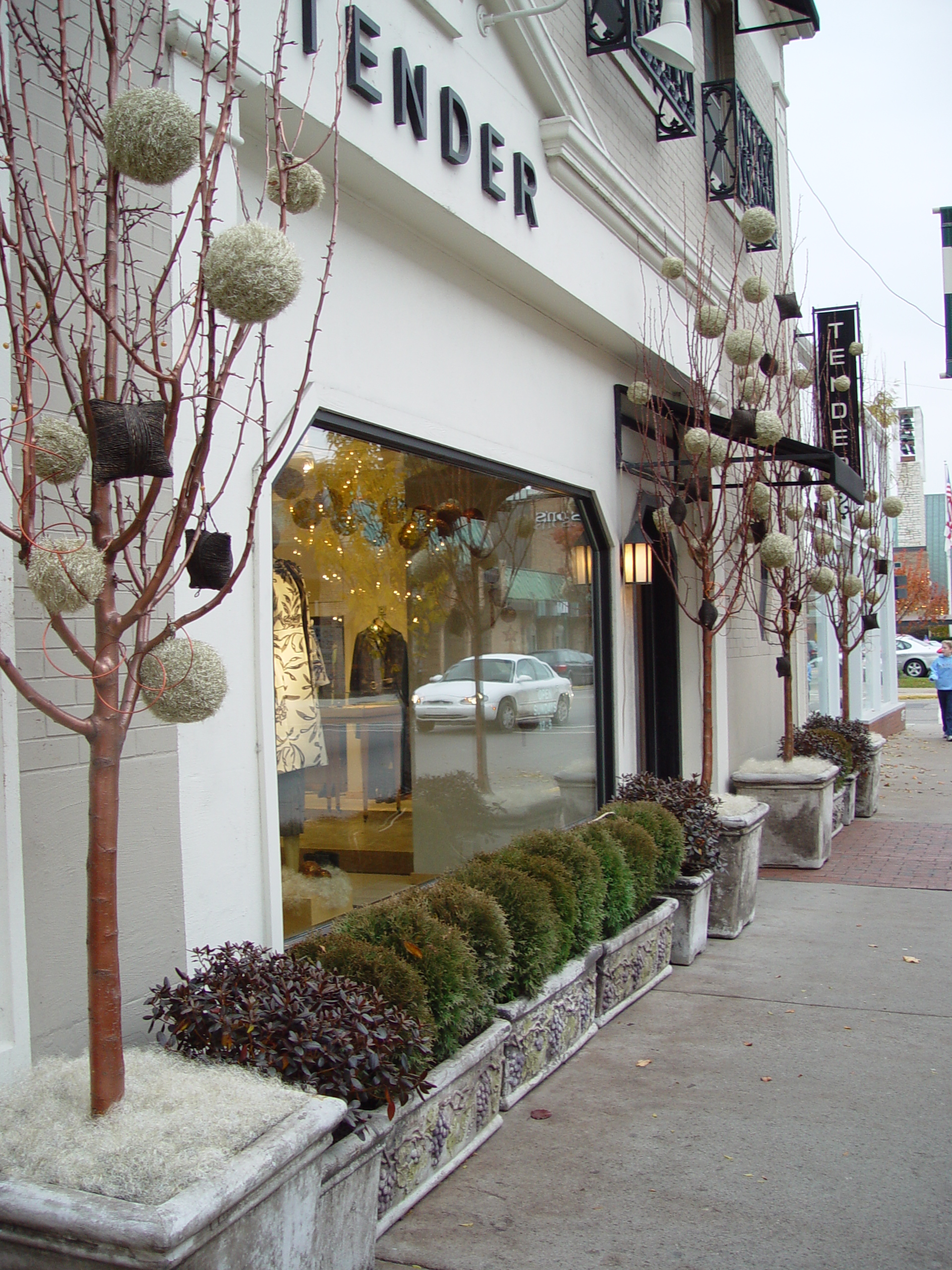
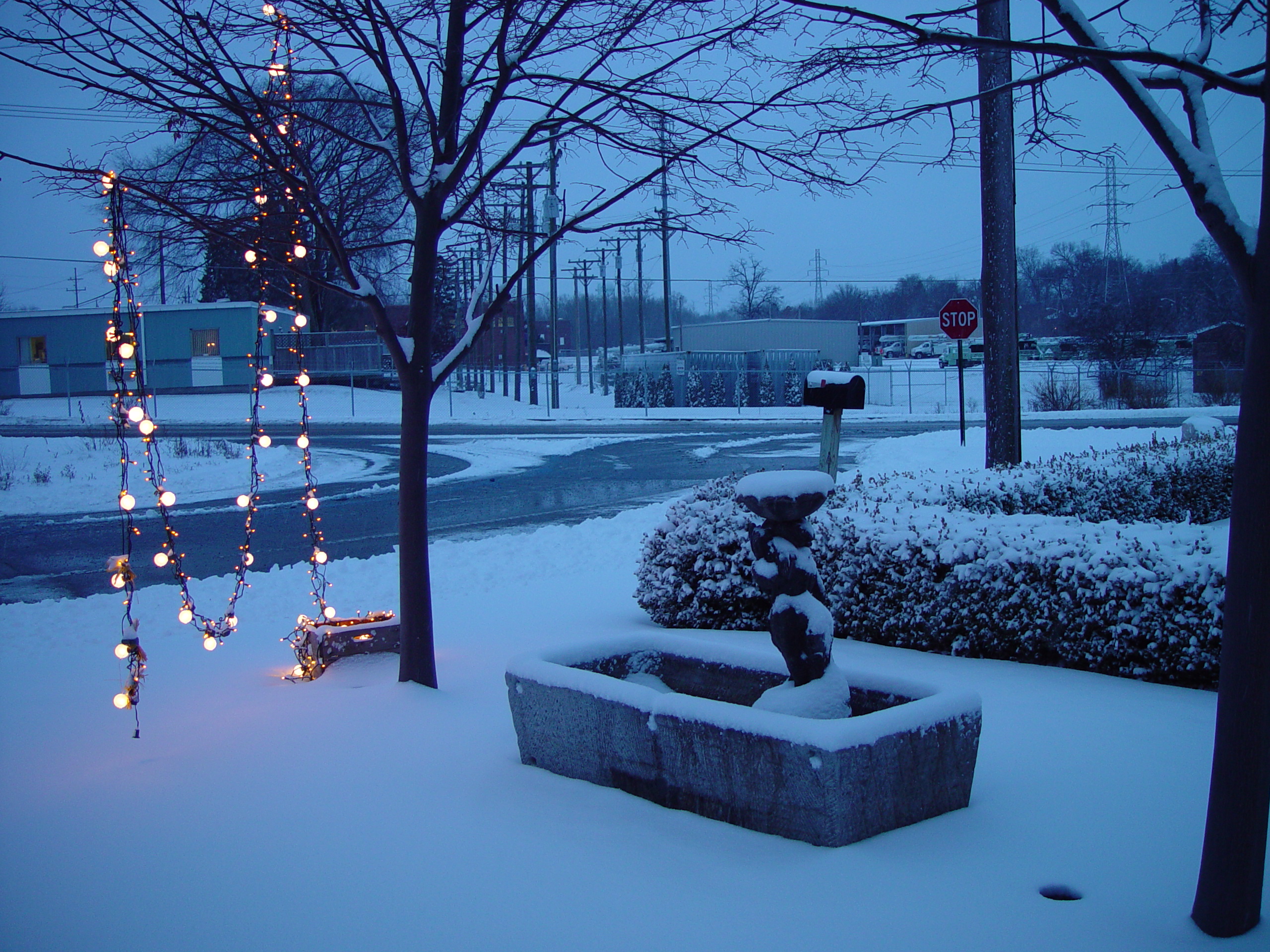



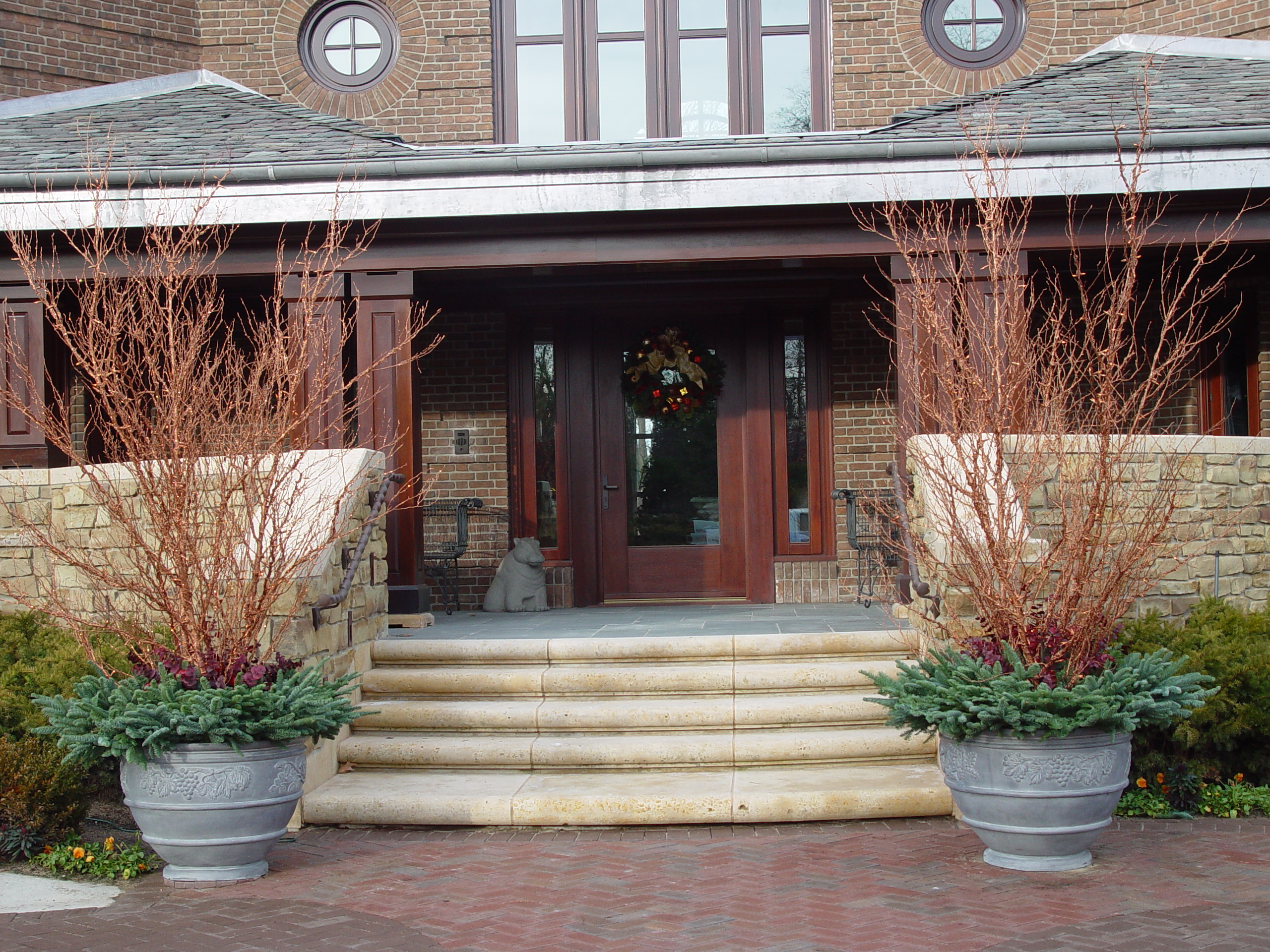

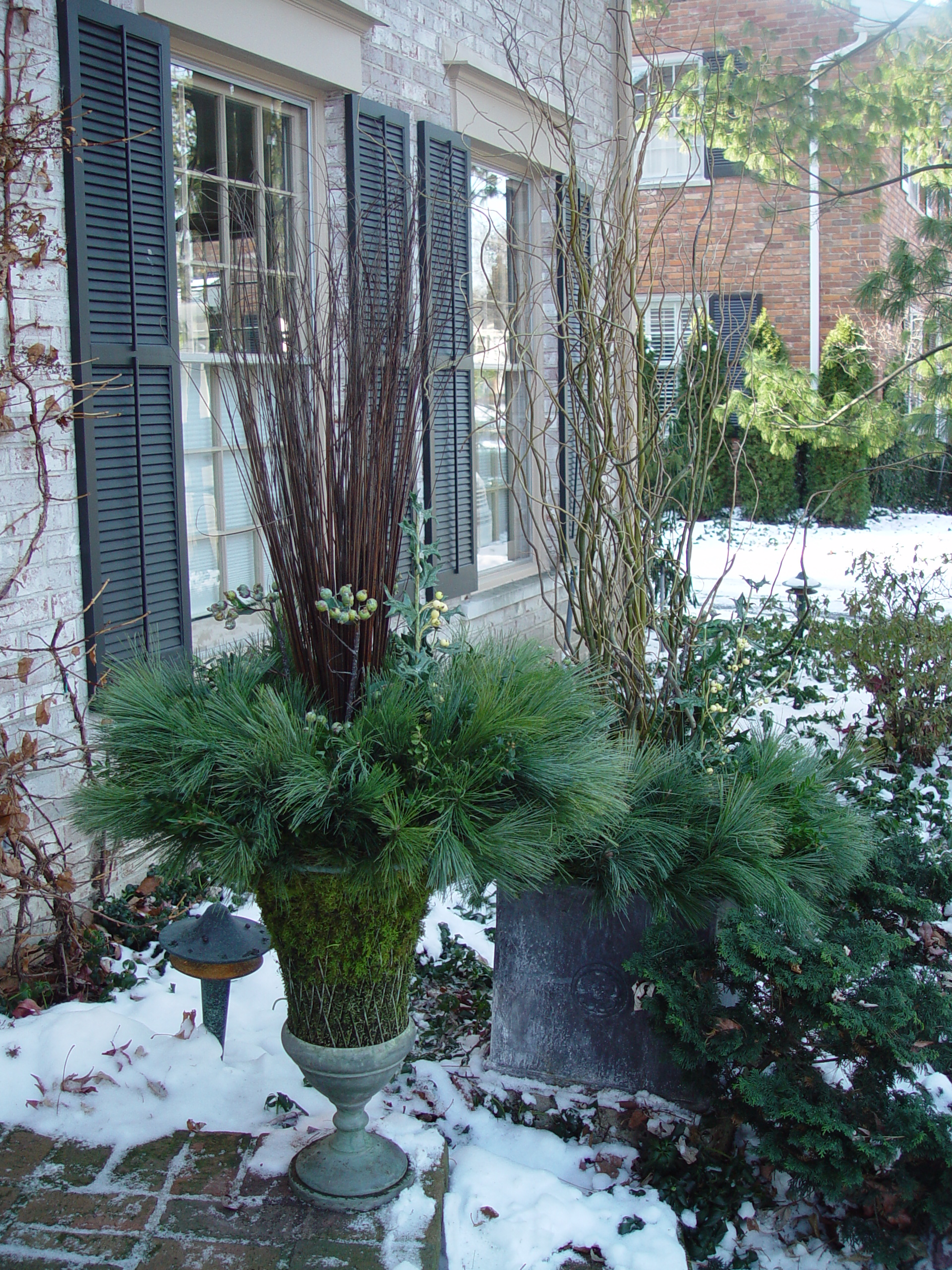
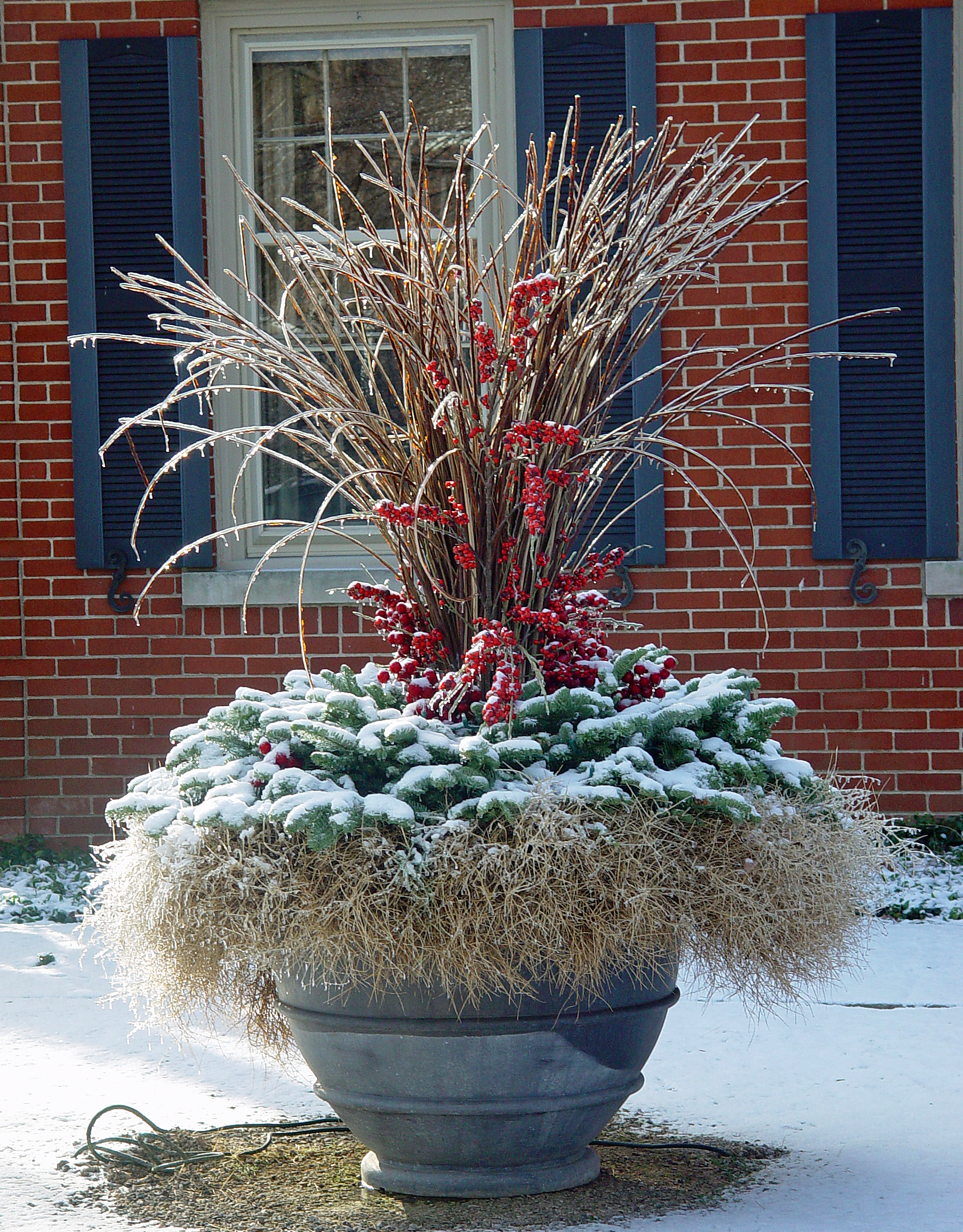
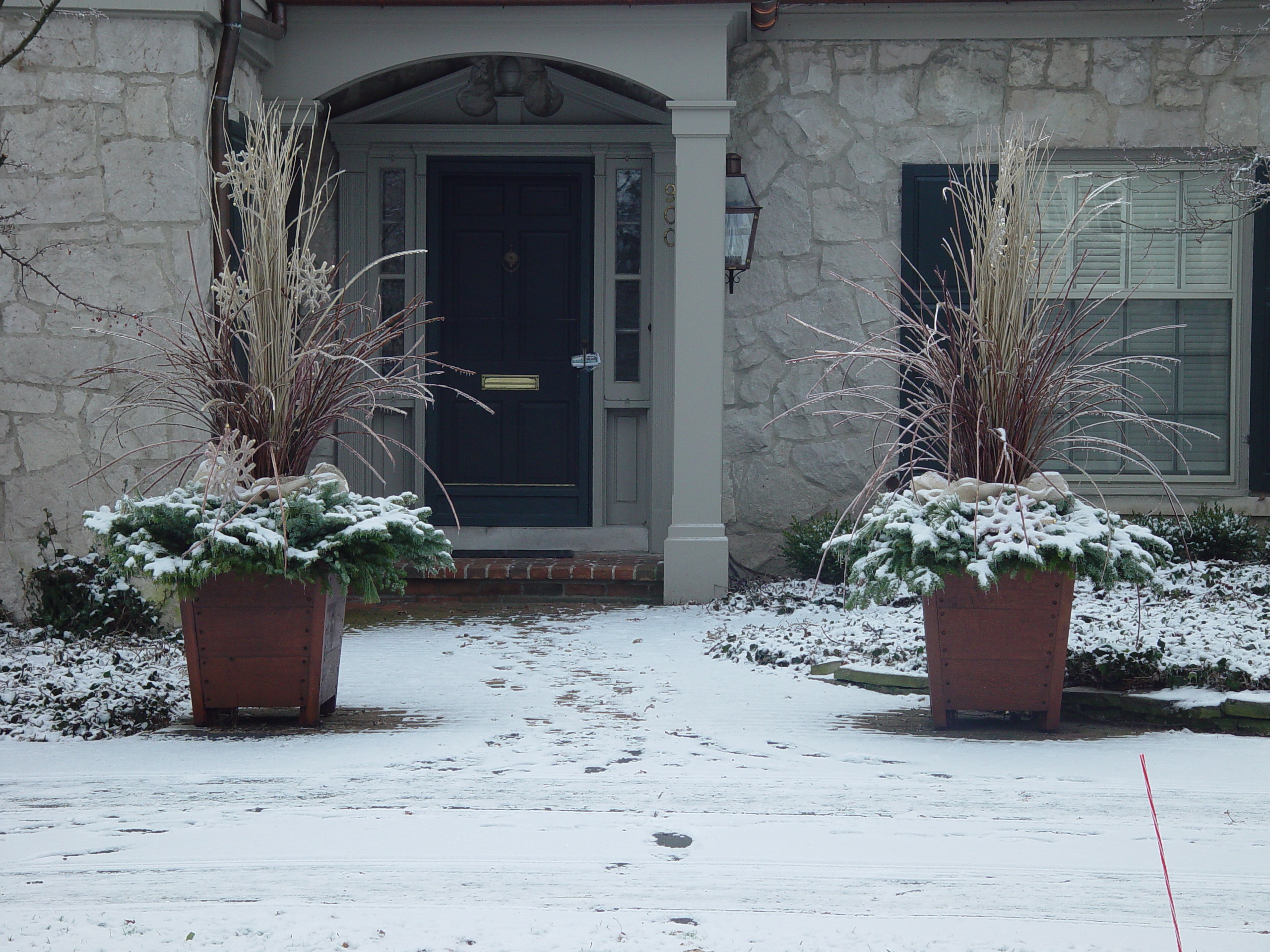
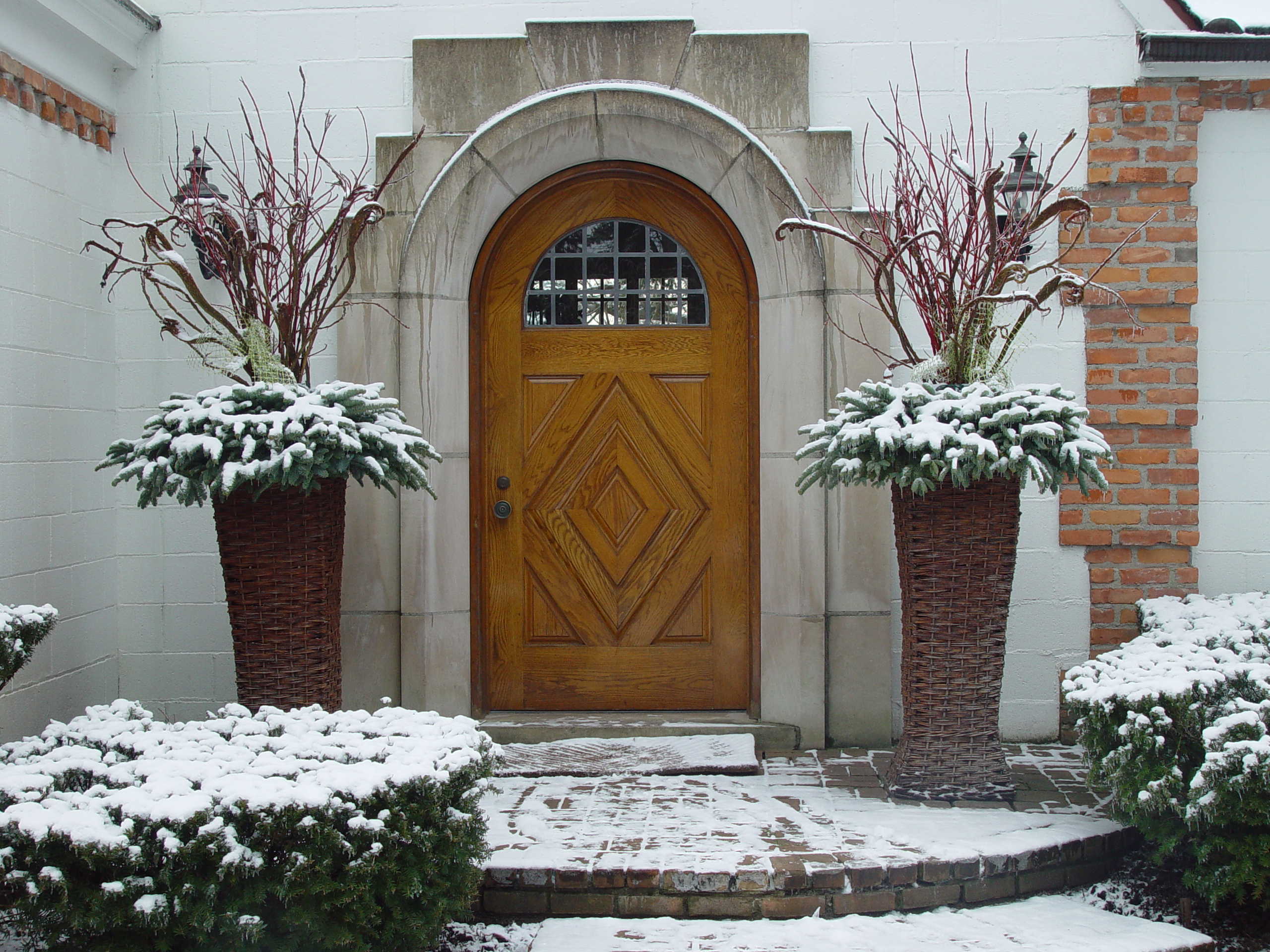



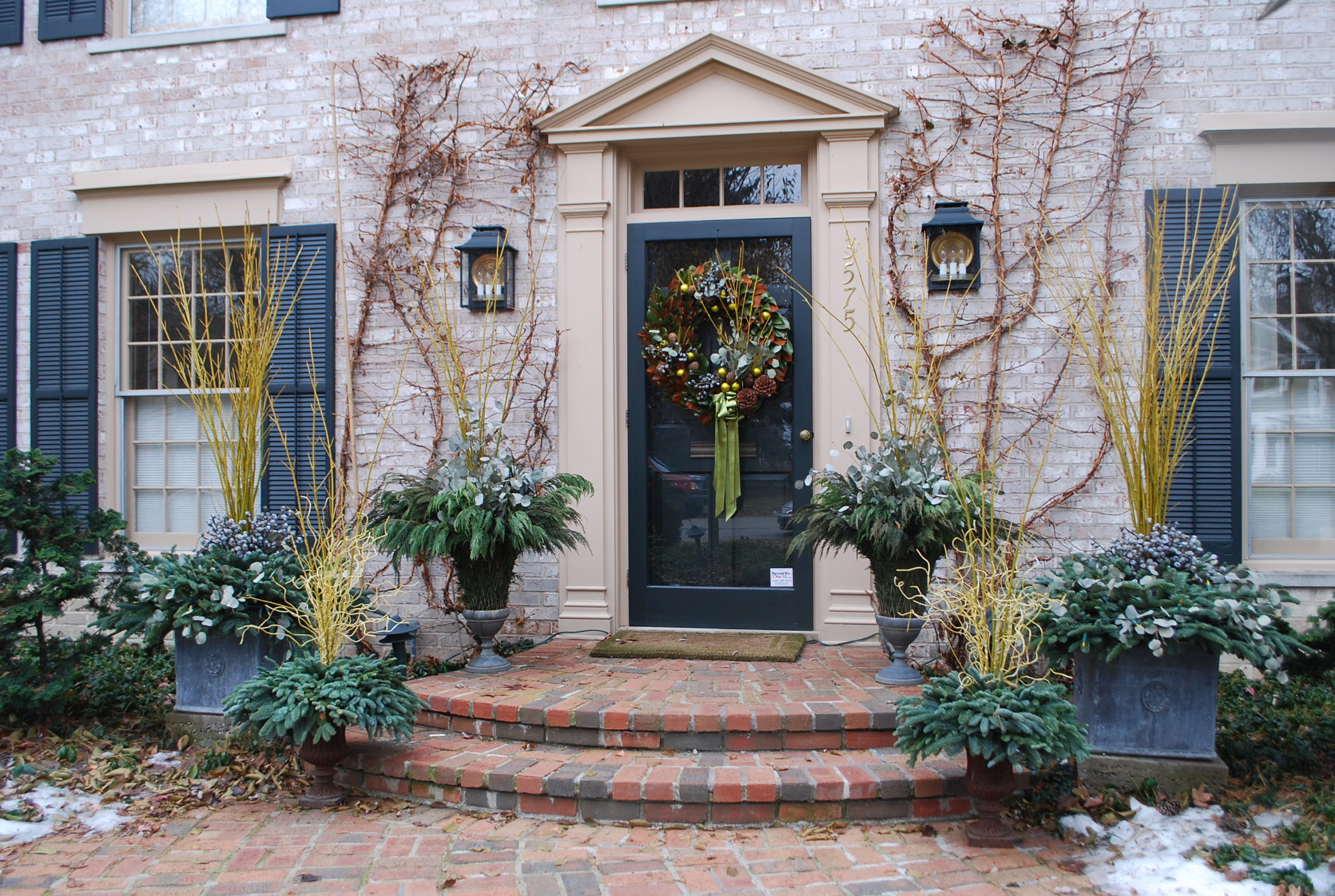
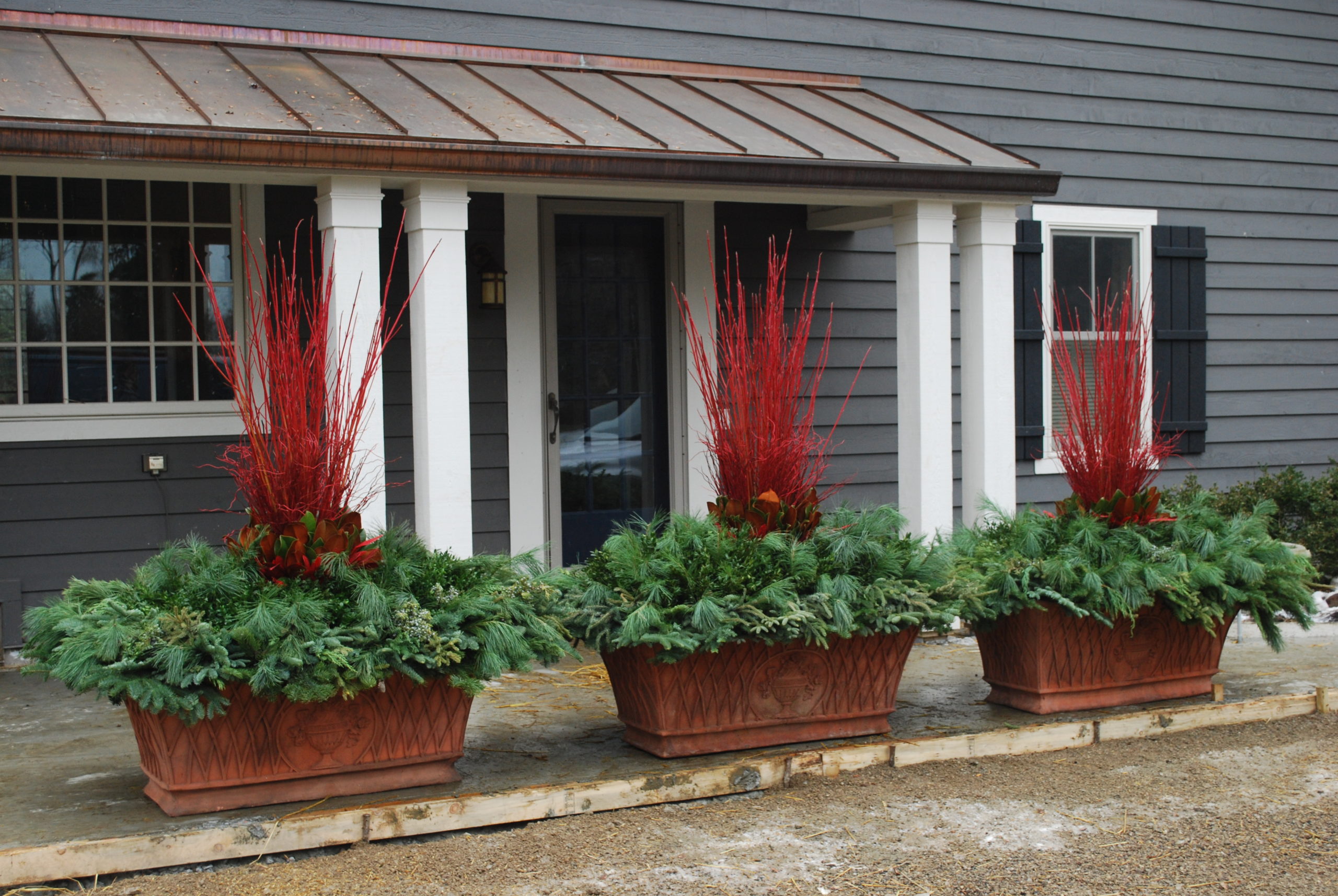
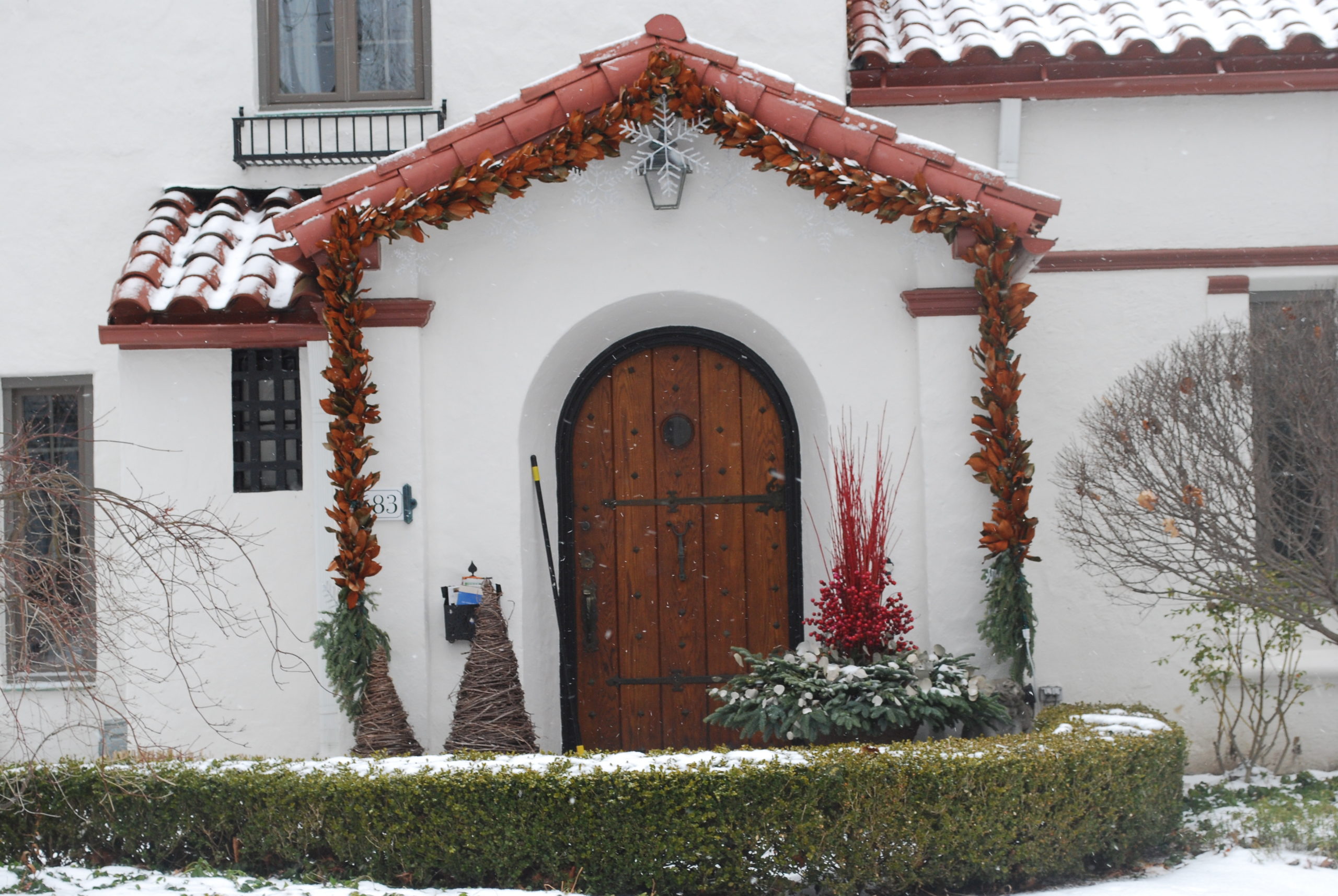

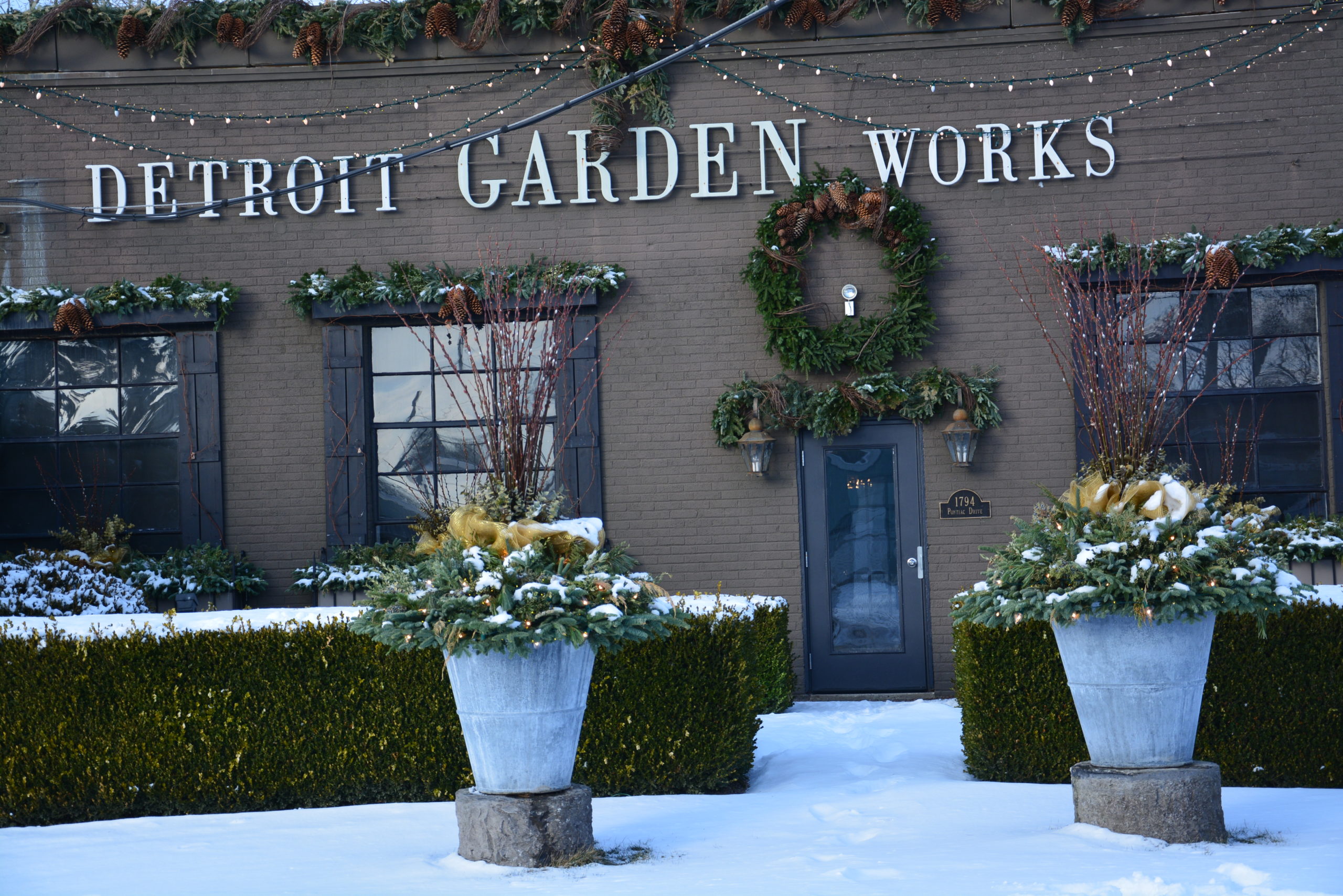
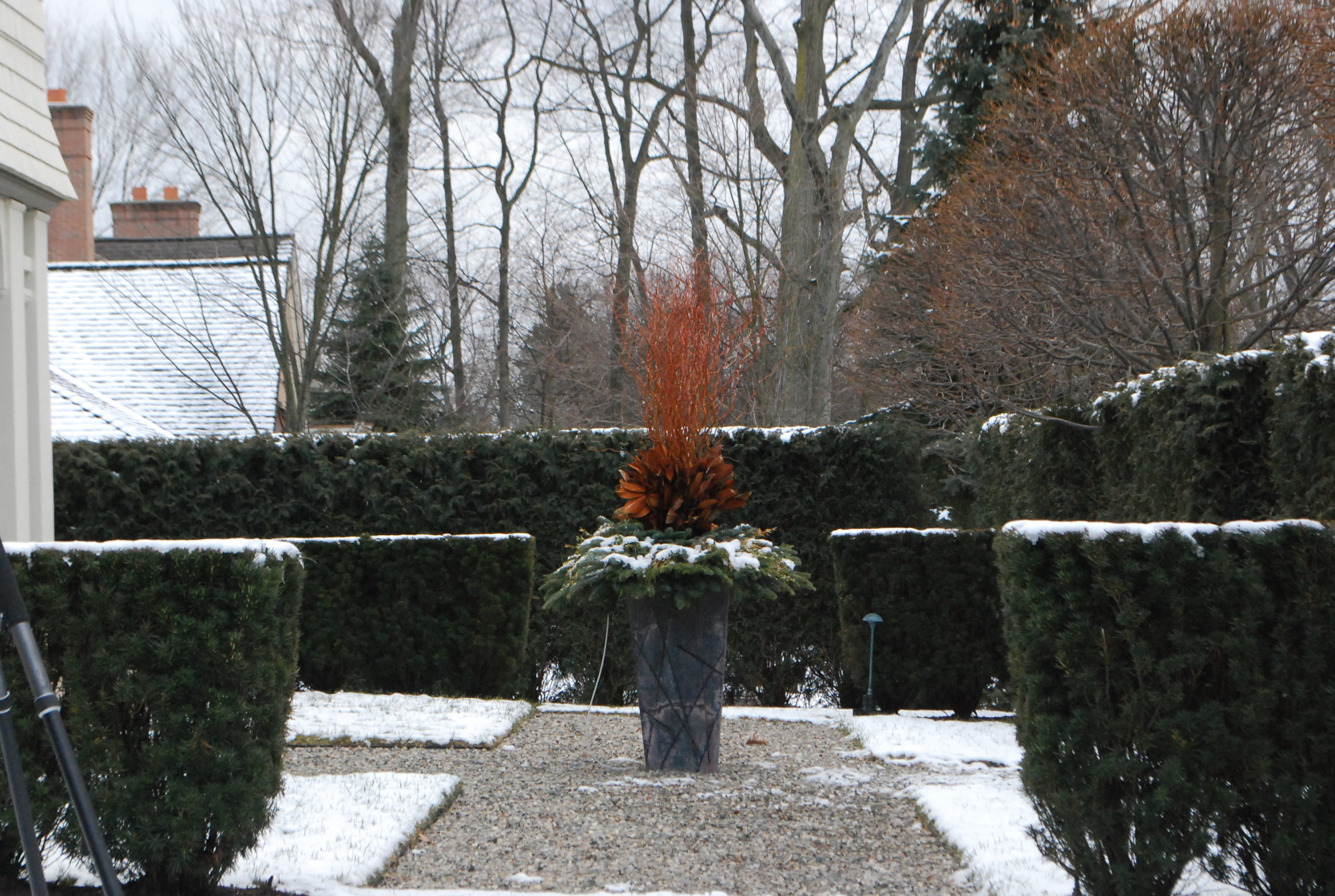
 2013 Tall red bud pussy willow, red preserved eucalyptus and mixed greens
2013 Tall red bud pussy willow, red preserved eucalyptus and mixed greens


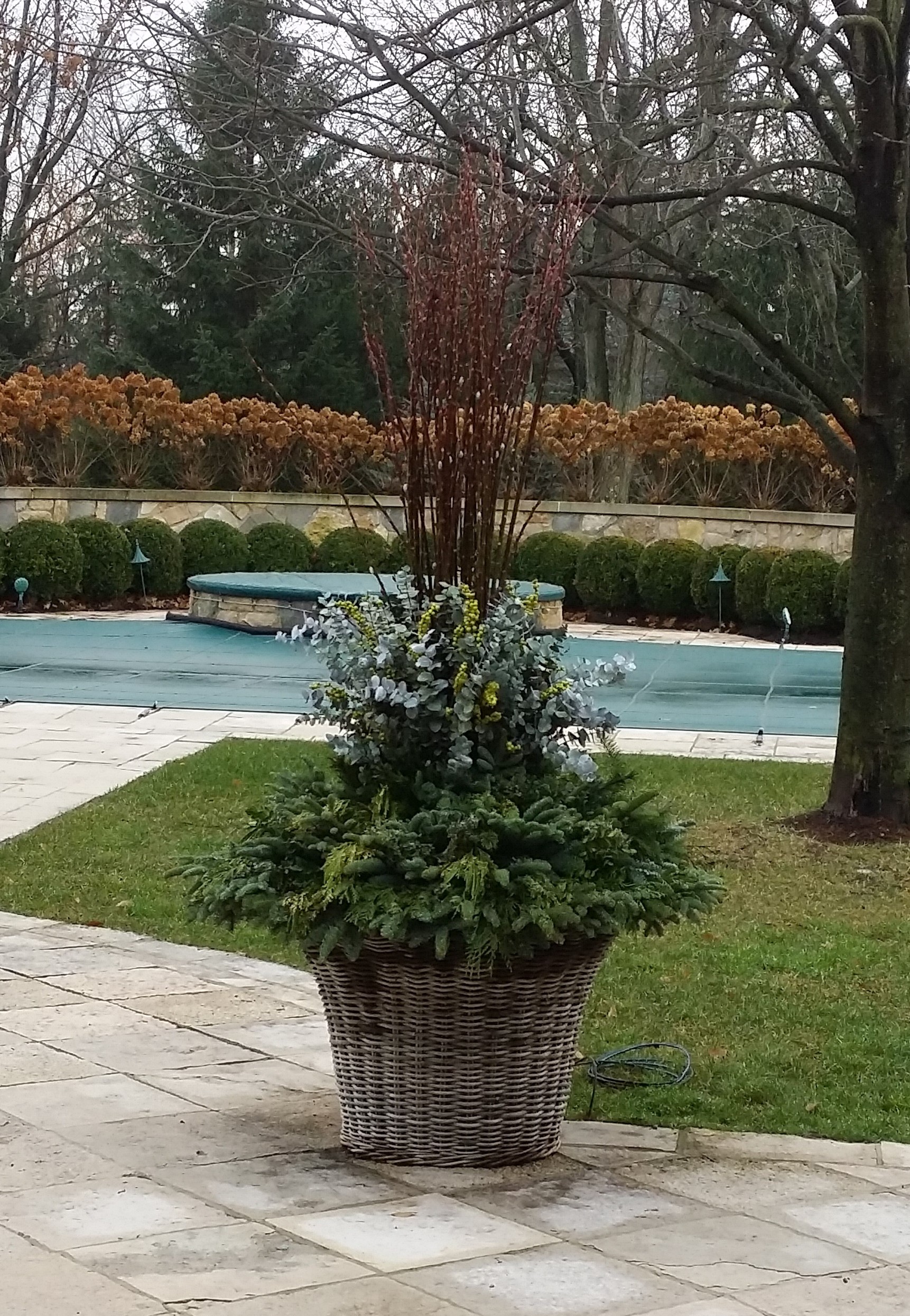
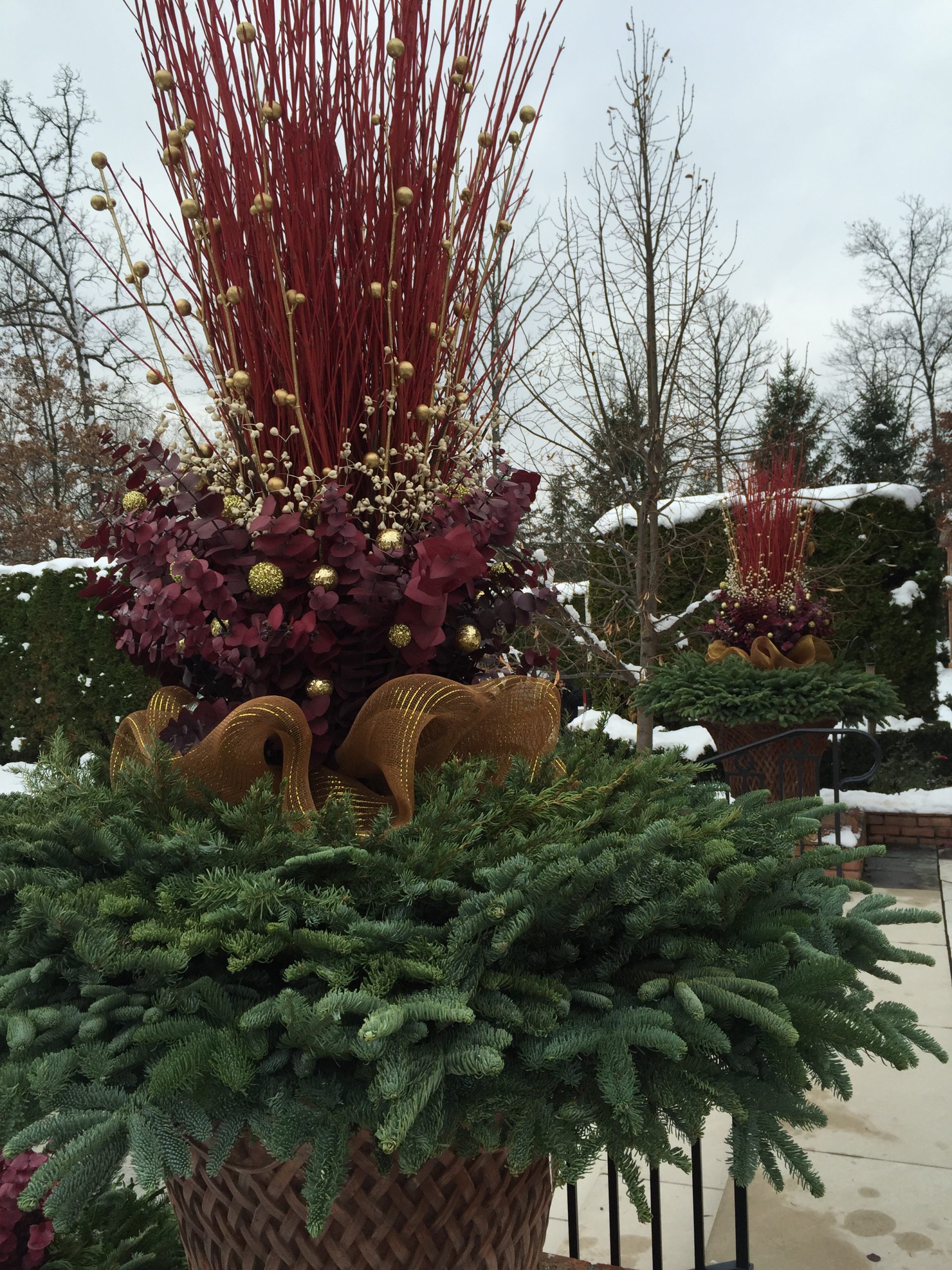
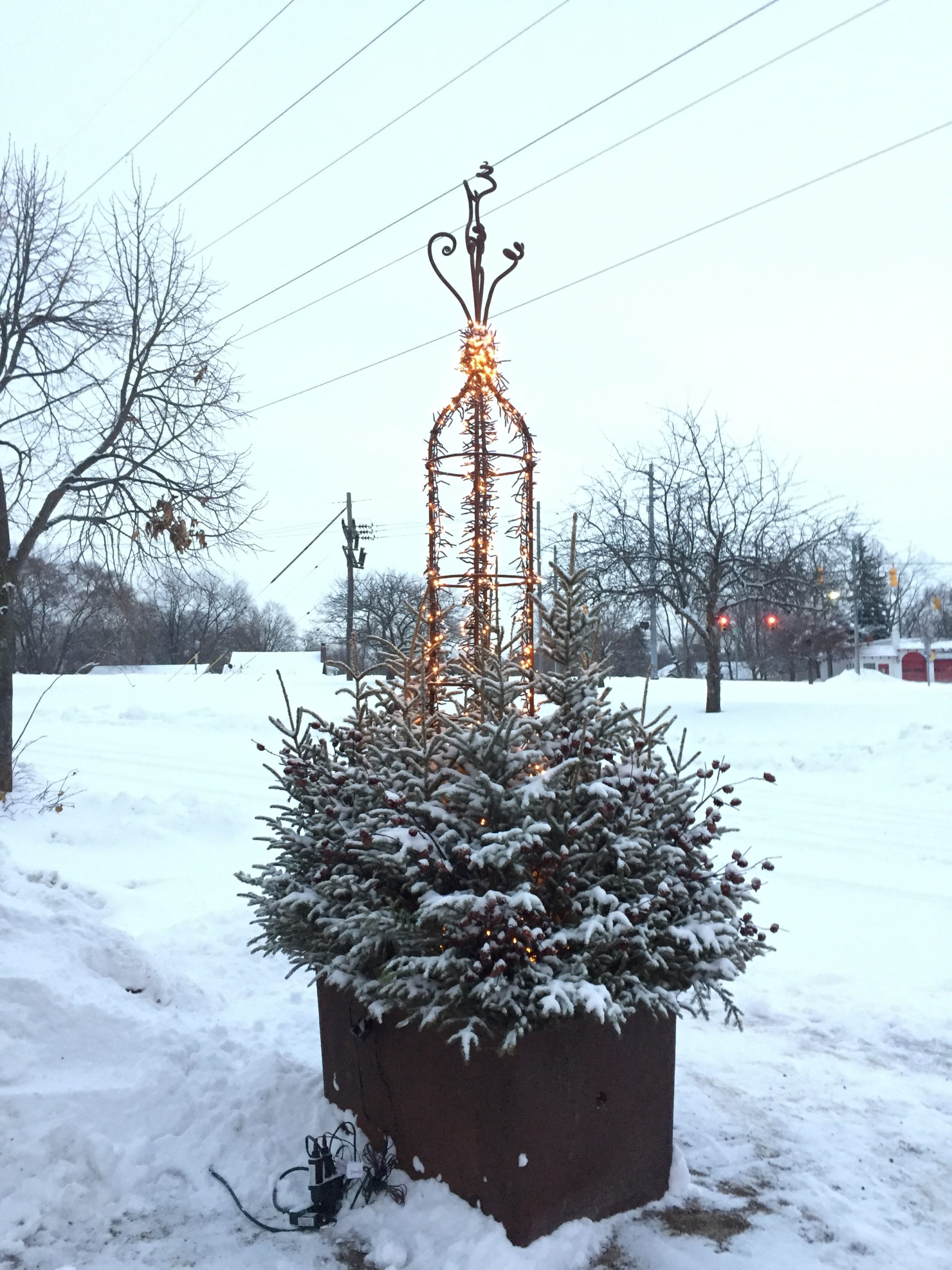
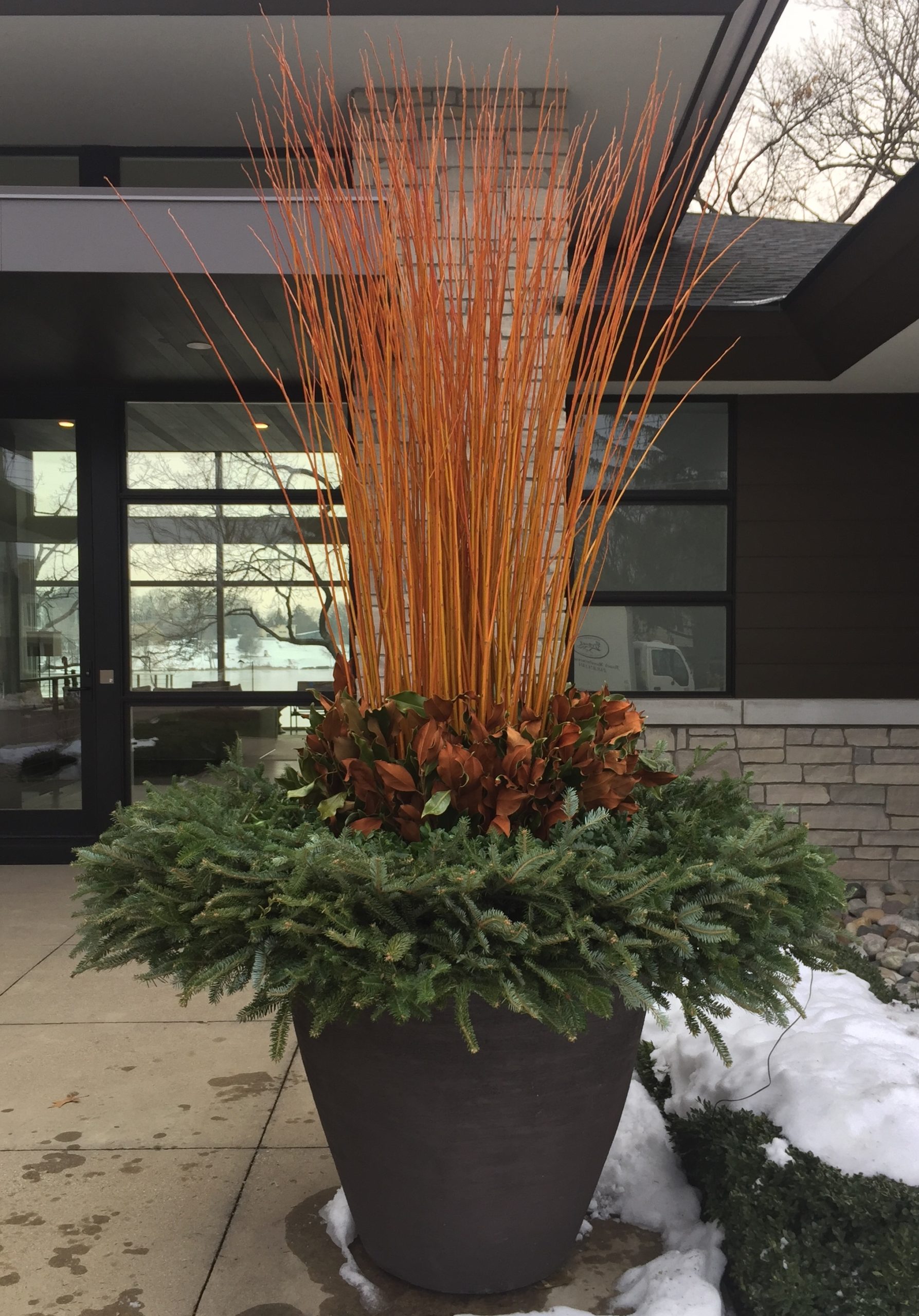

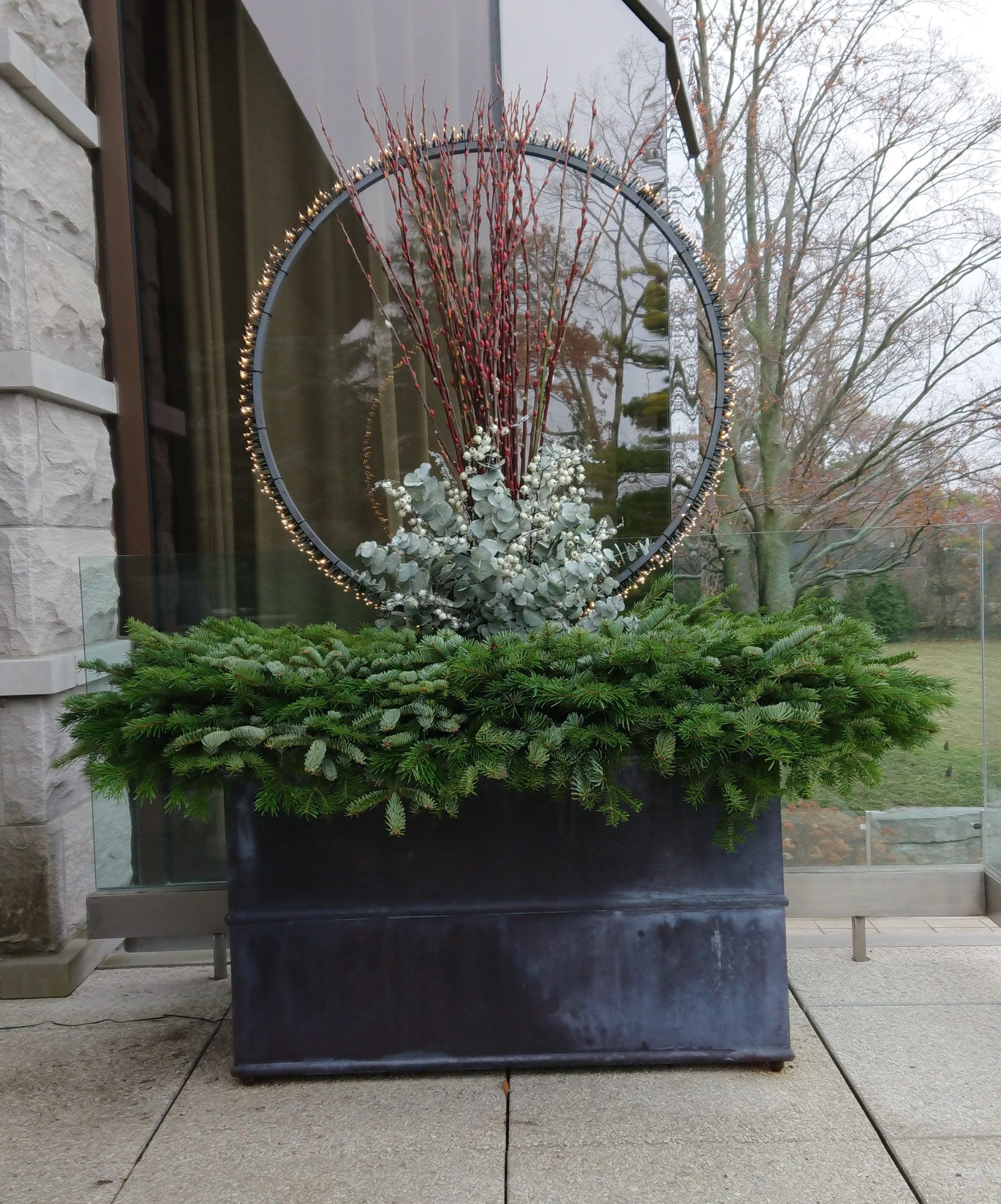 2018 3′ diameter lighted ring over a mix of silver and noble fir
2018 3′ diameter lighted ring over a mix of silver and noble fir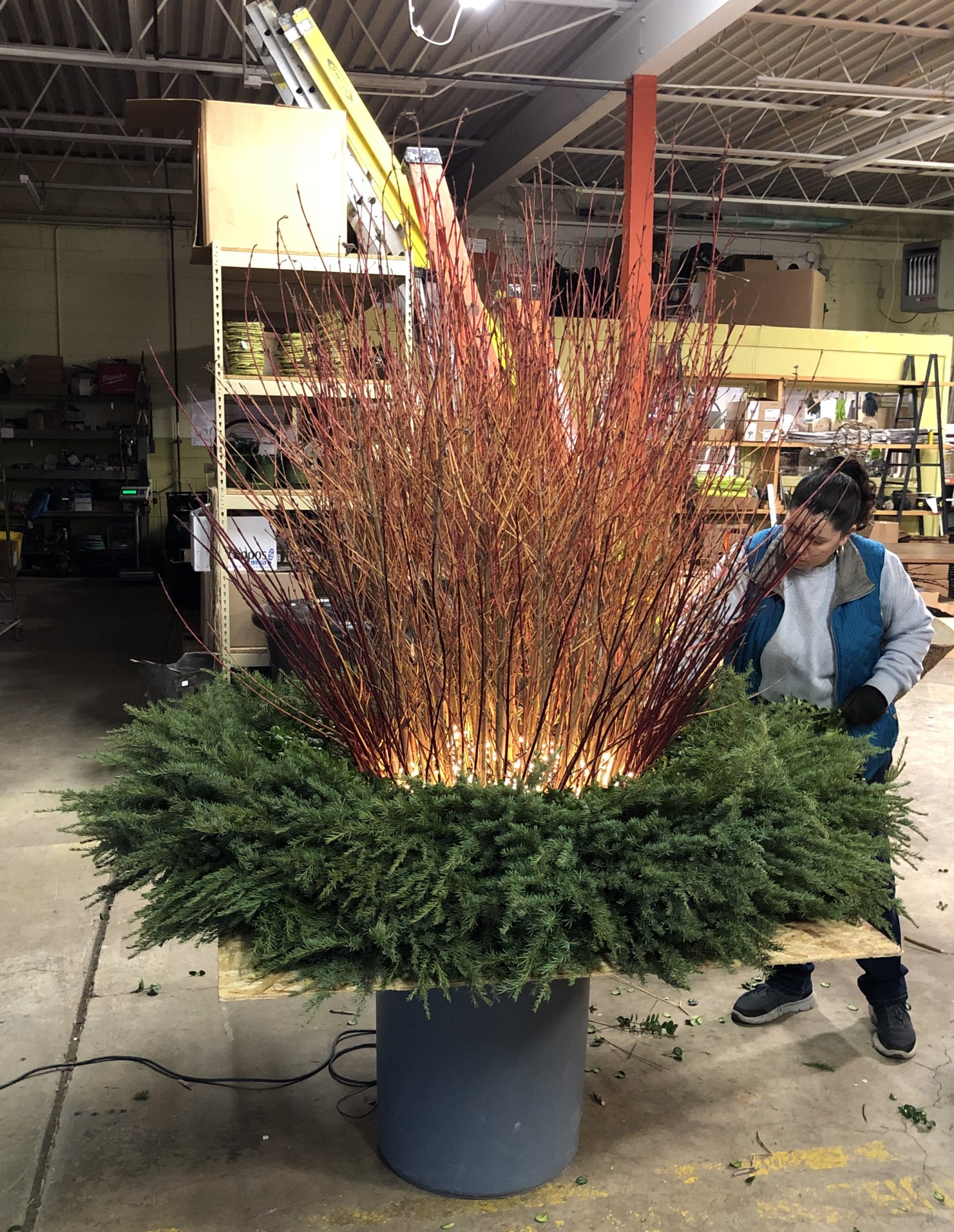
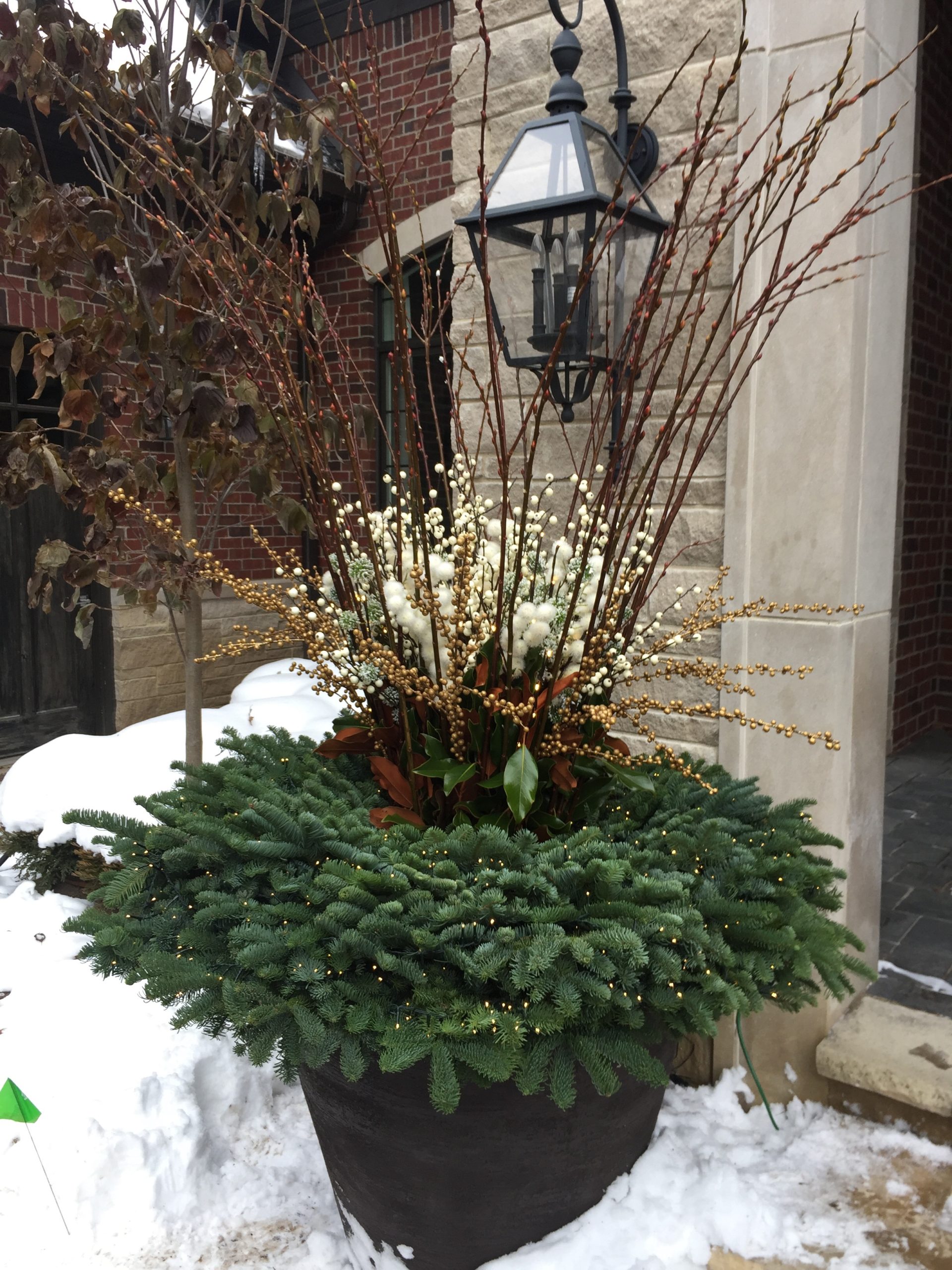
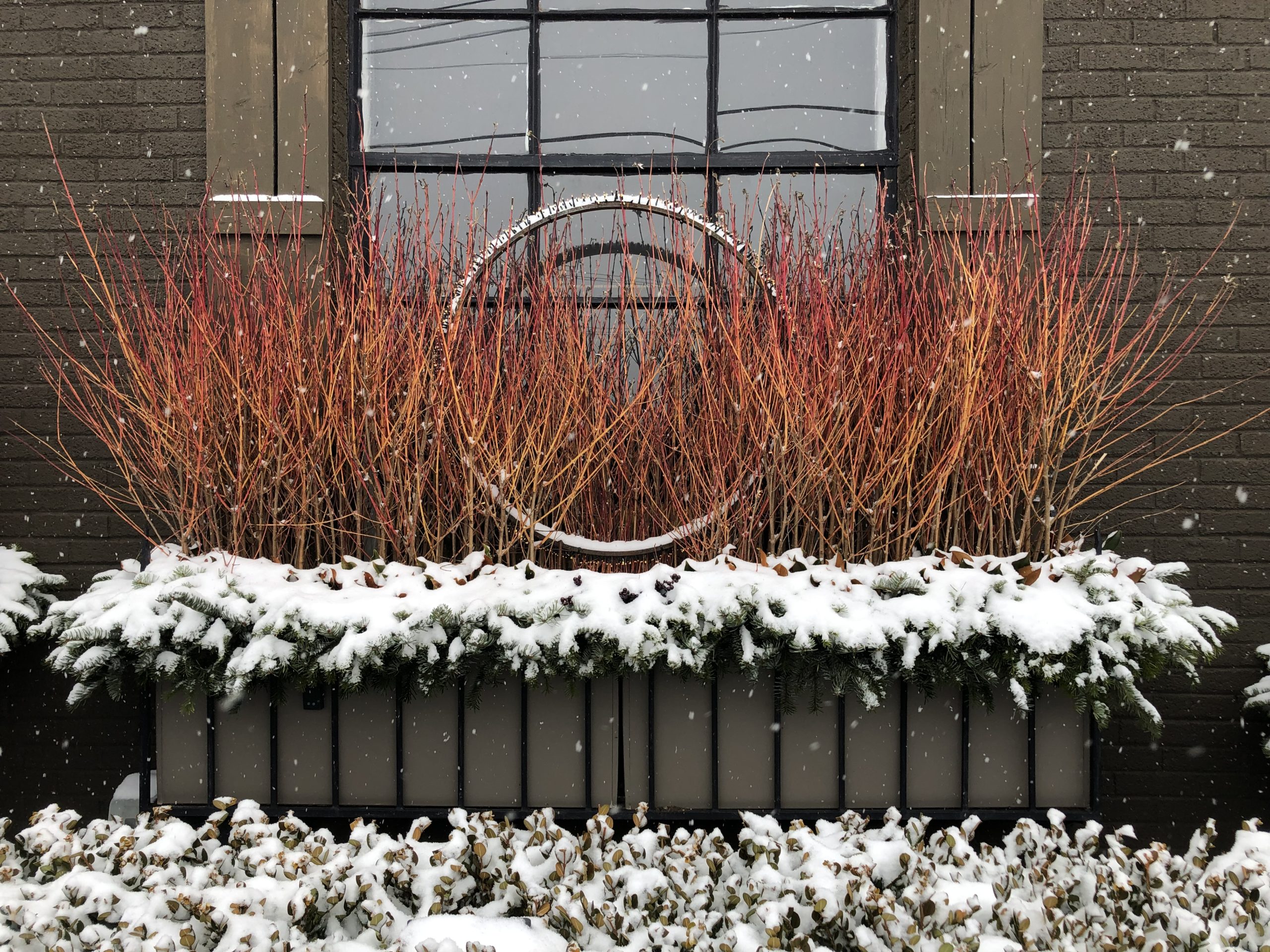

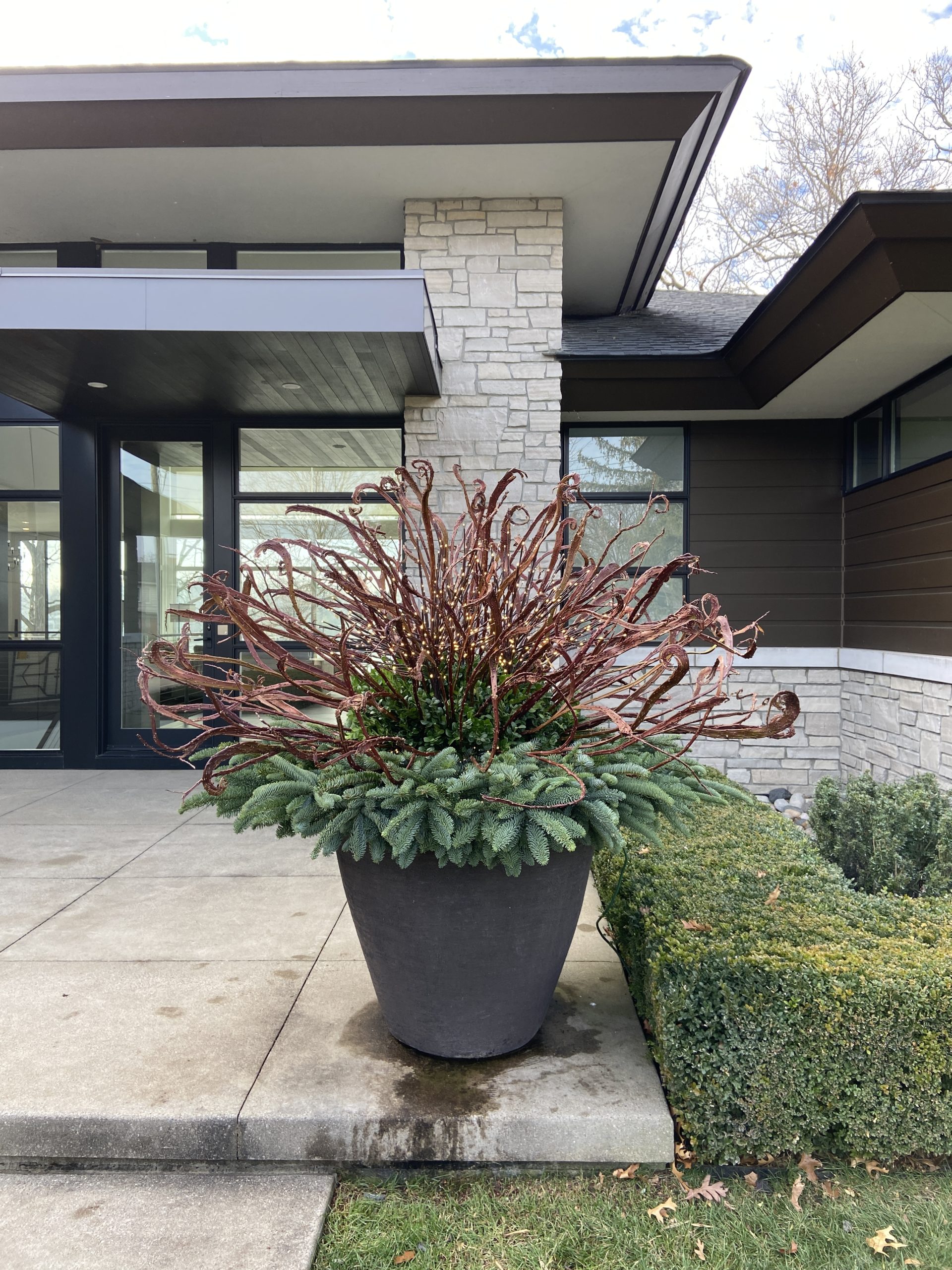
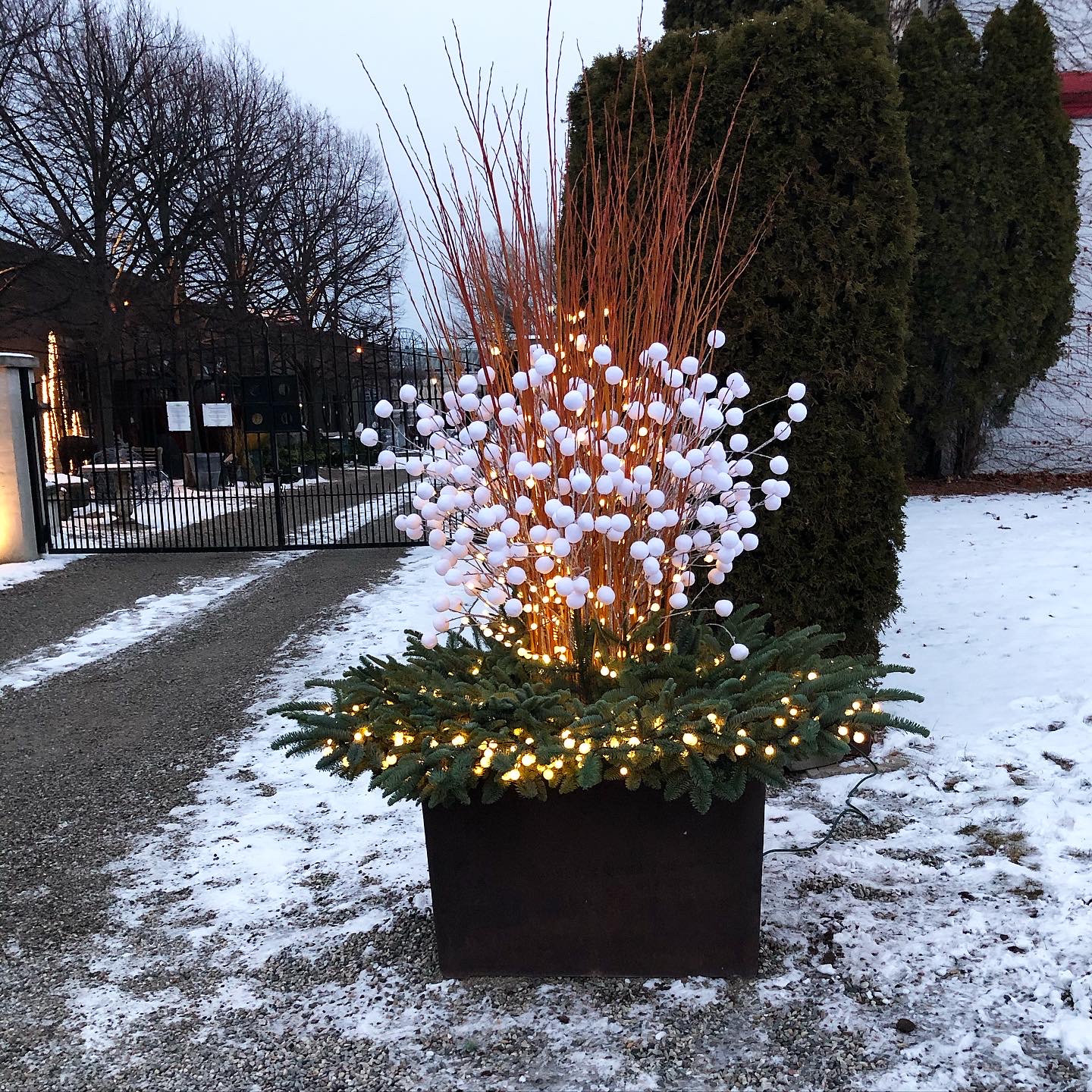
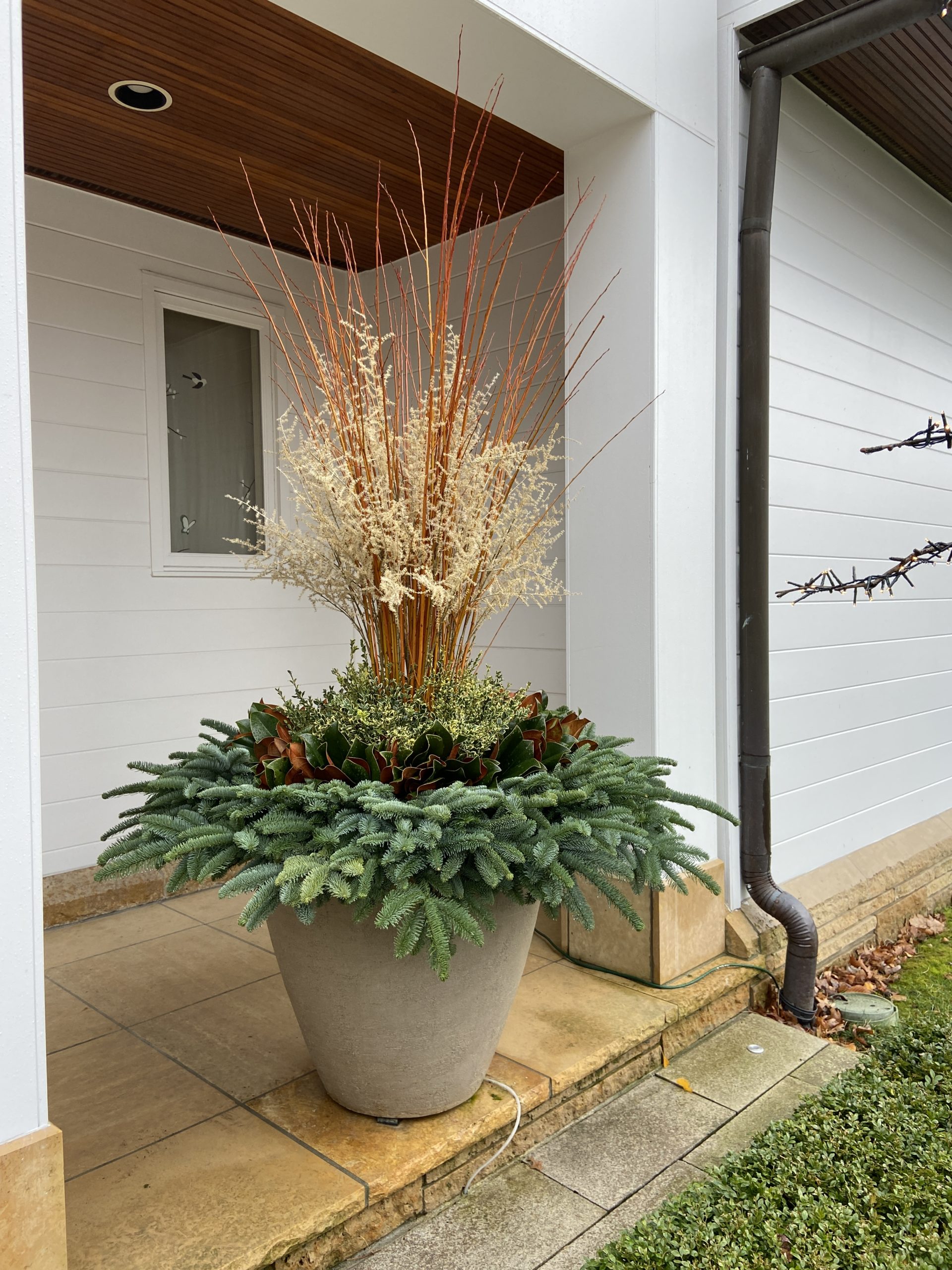
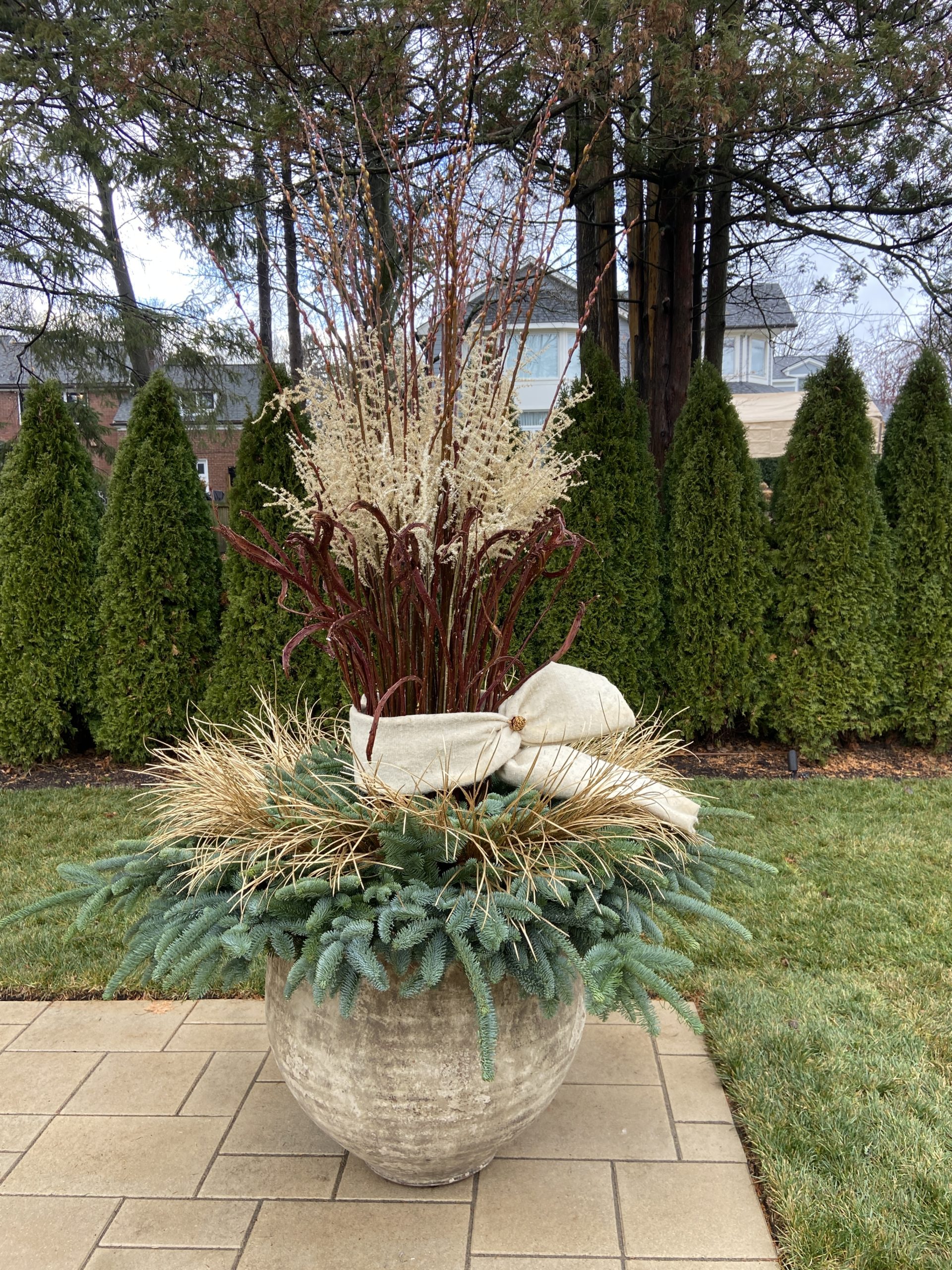 2
2 020 wool felt stole and gold grass picks
020 wool felt stole and gold grass picks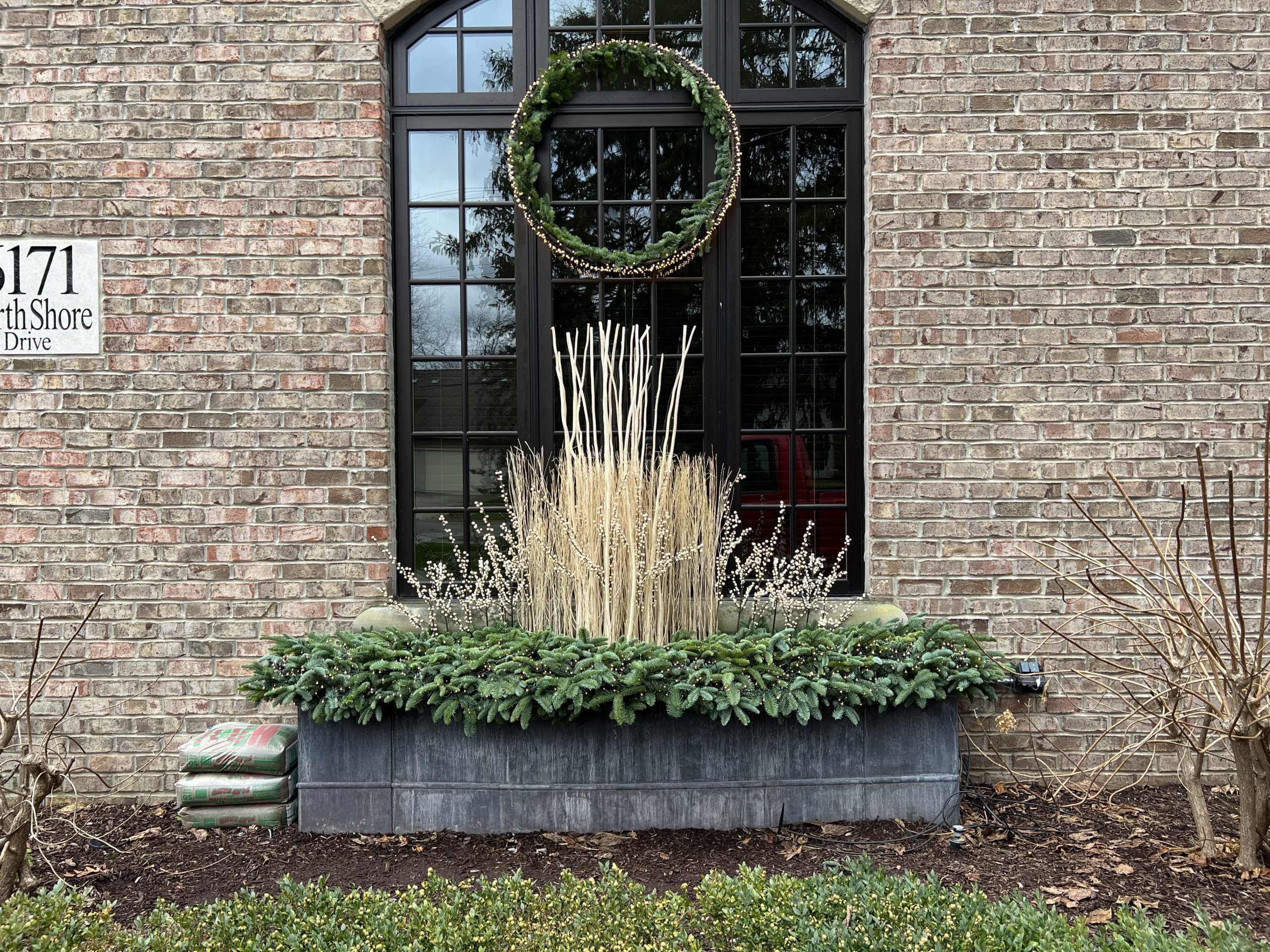
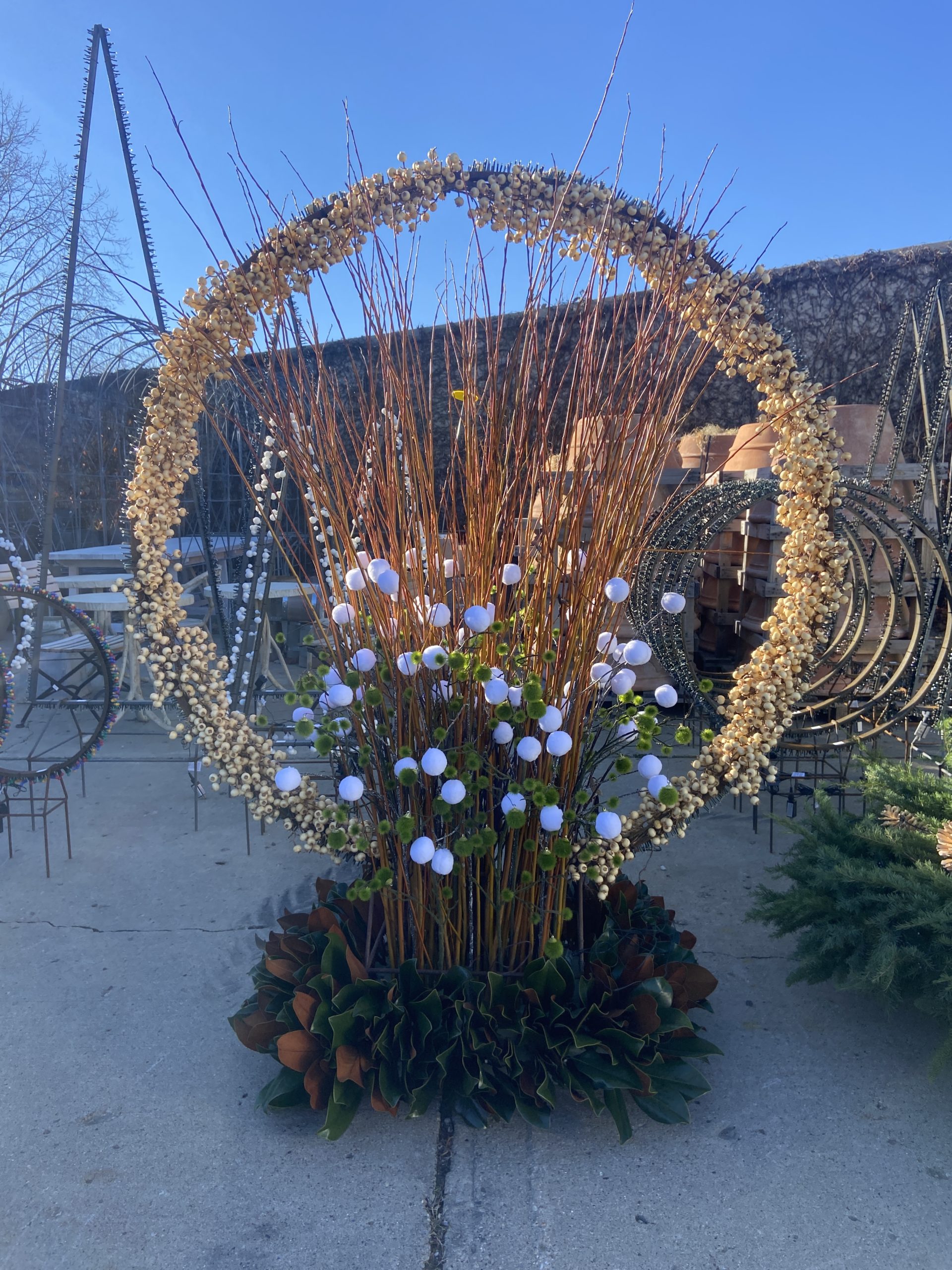


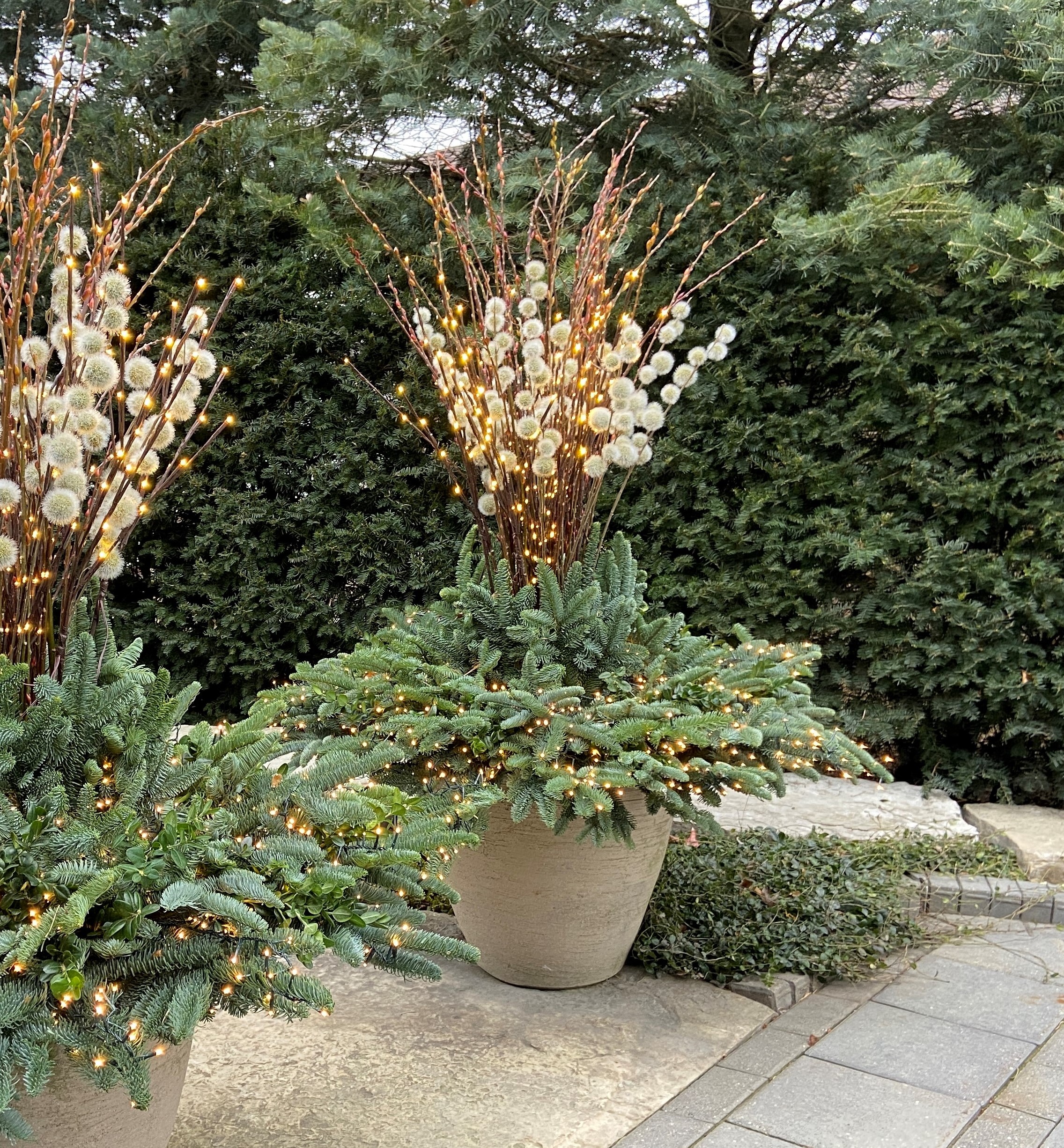
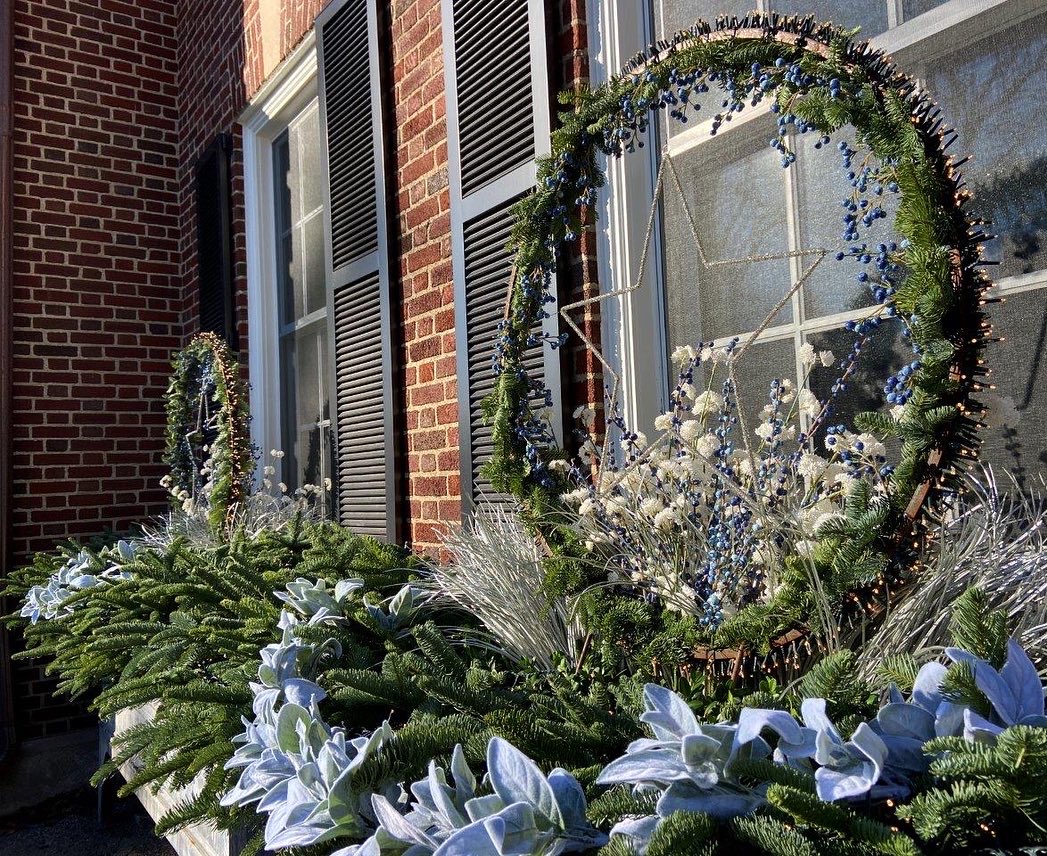
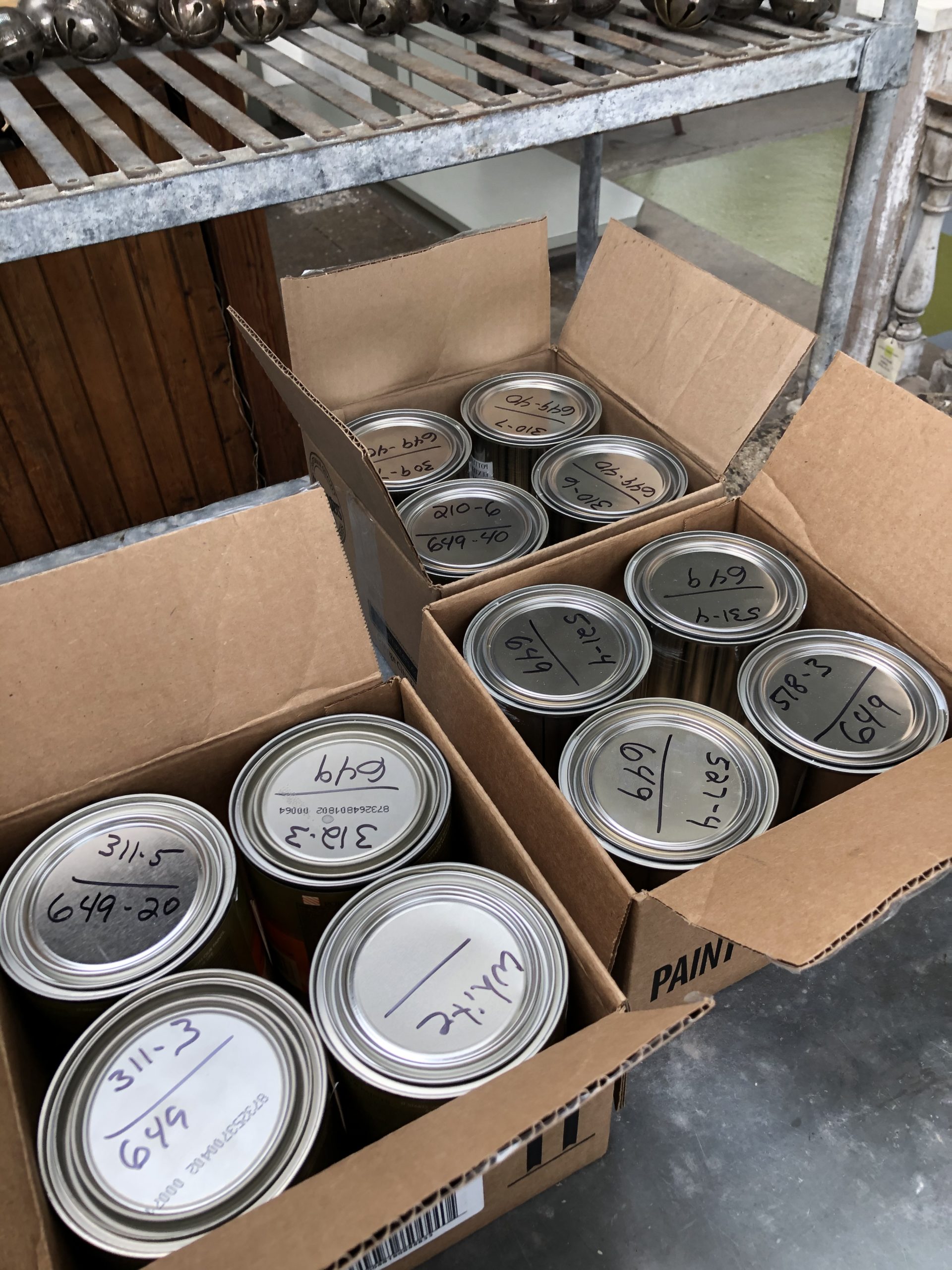
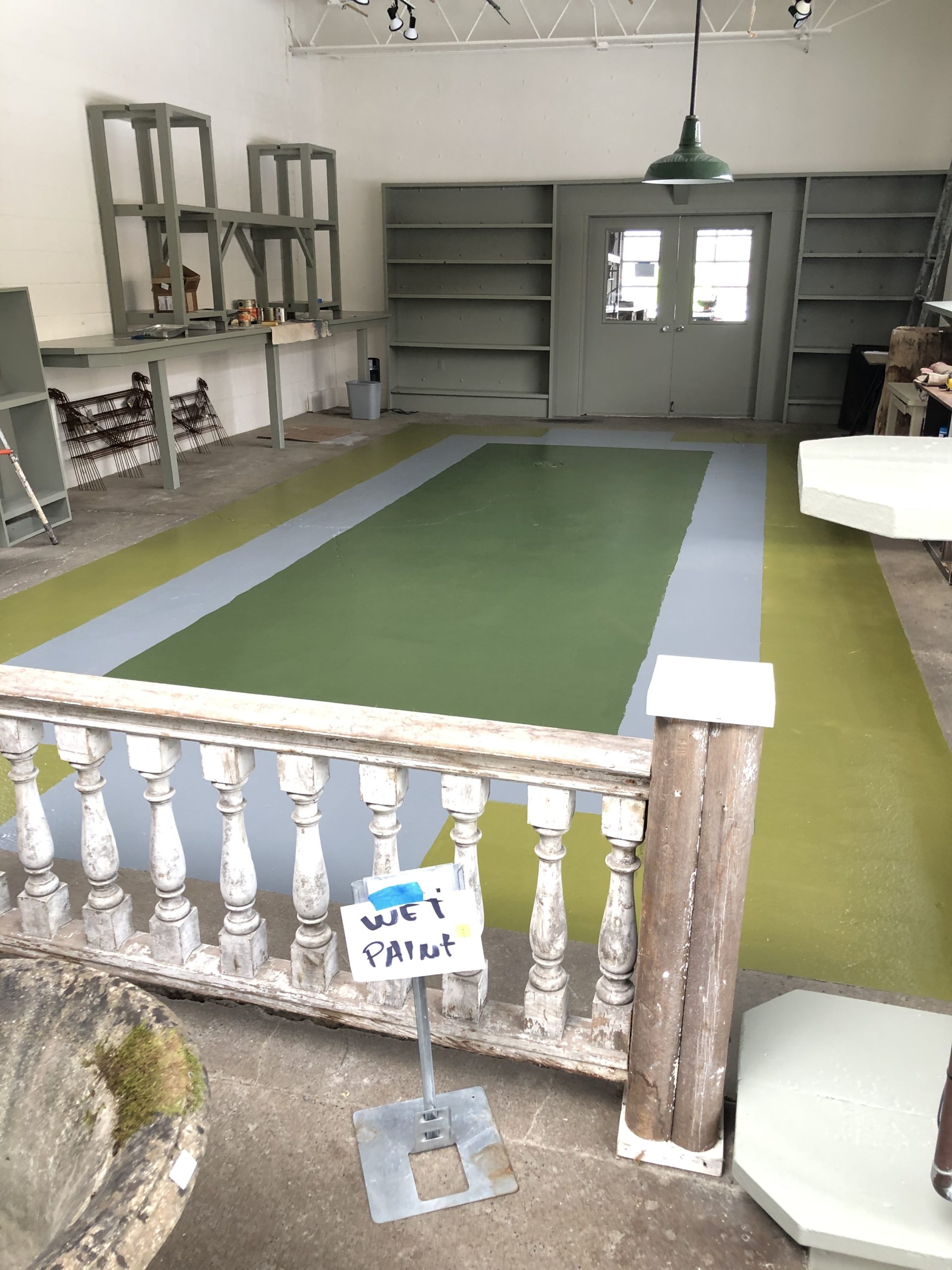
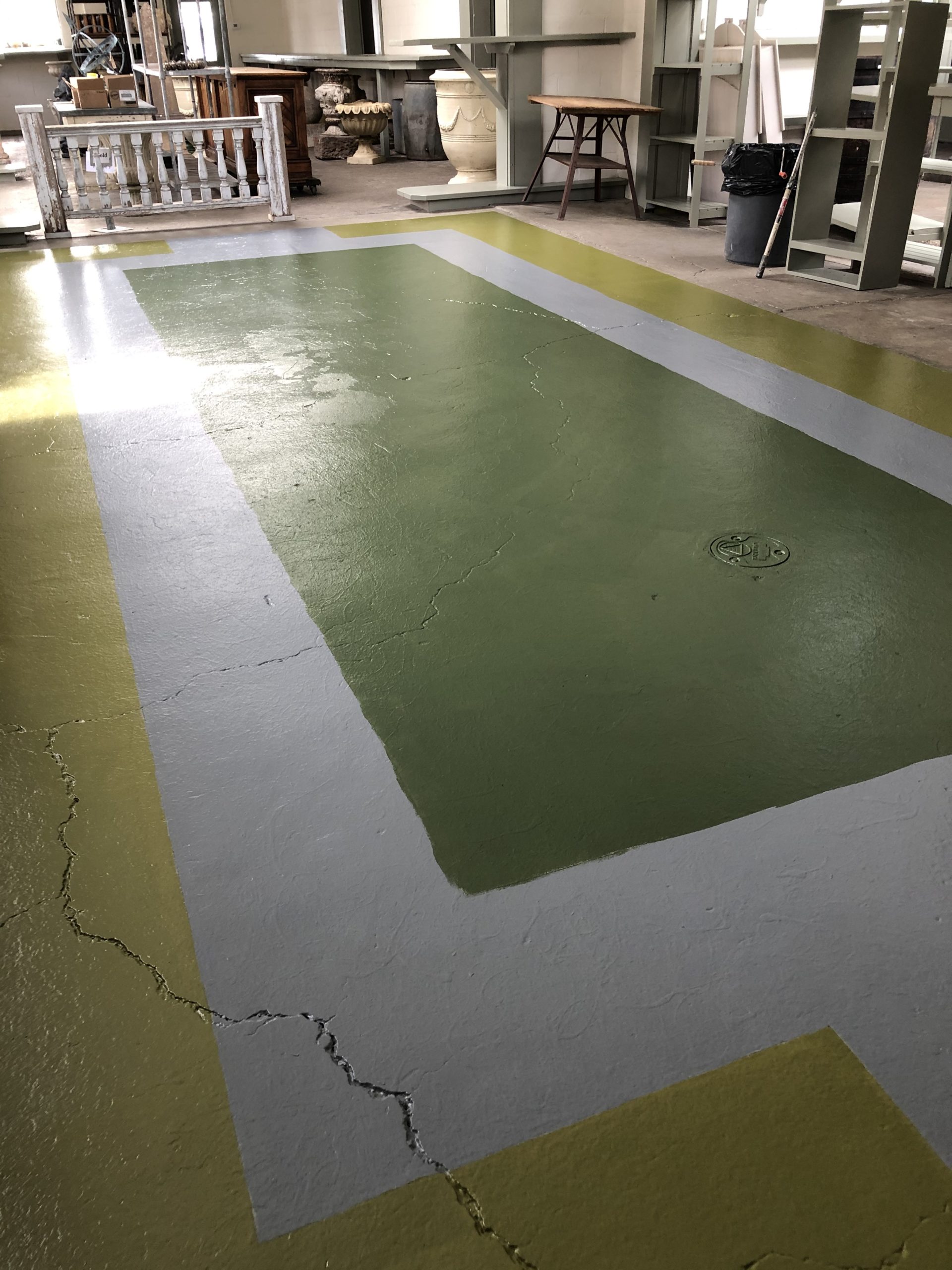 This picture clearly shows the largest area of wear sustained by the previous floor. Part of our concrete block wall sprung a leak, and water had been sitting in this spot on and off for several years. The rest of that floor was in remarkably good condition. I ascribe that in total to the quality of the paint. Porter Paint, routinely used by sign painters, comes in a 100% acrylic formula which hardens much more than latex paint. Owned by PPG, Porter’s exterior Acri-Shield paint is exceptionally durable and comes in a vast number of colors. It is eminently strong enough to use as a floor paint. Happily, one of a few paint stores in Michigan that carries this paint is near us. See more about this great paint store here:
This picture clearly shows the largest area of wear sustained by the previous floor. Part of our concrete block wall sprung a leak, and water had been sitting in this spot on and off for several years. The rest of that floor was in remarkably good condition. I ascribe that in total to the quality of the paint. Porter Paint, routinely used by sign painters, comes in a 100% acrylic formula which hardens much more than latex paint. Owned by PPG, Porter’s exterior Acri-Shield paint is exceptionally durable and comes in a vast number of colors. It is eminently strong enough to use as a floor paint. Happily, one of a few paint stores in Michigan that carries this paint is near us. See more about this great paint store here: 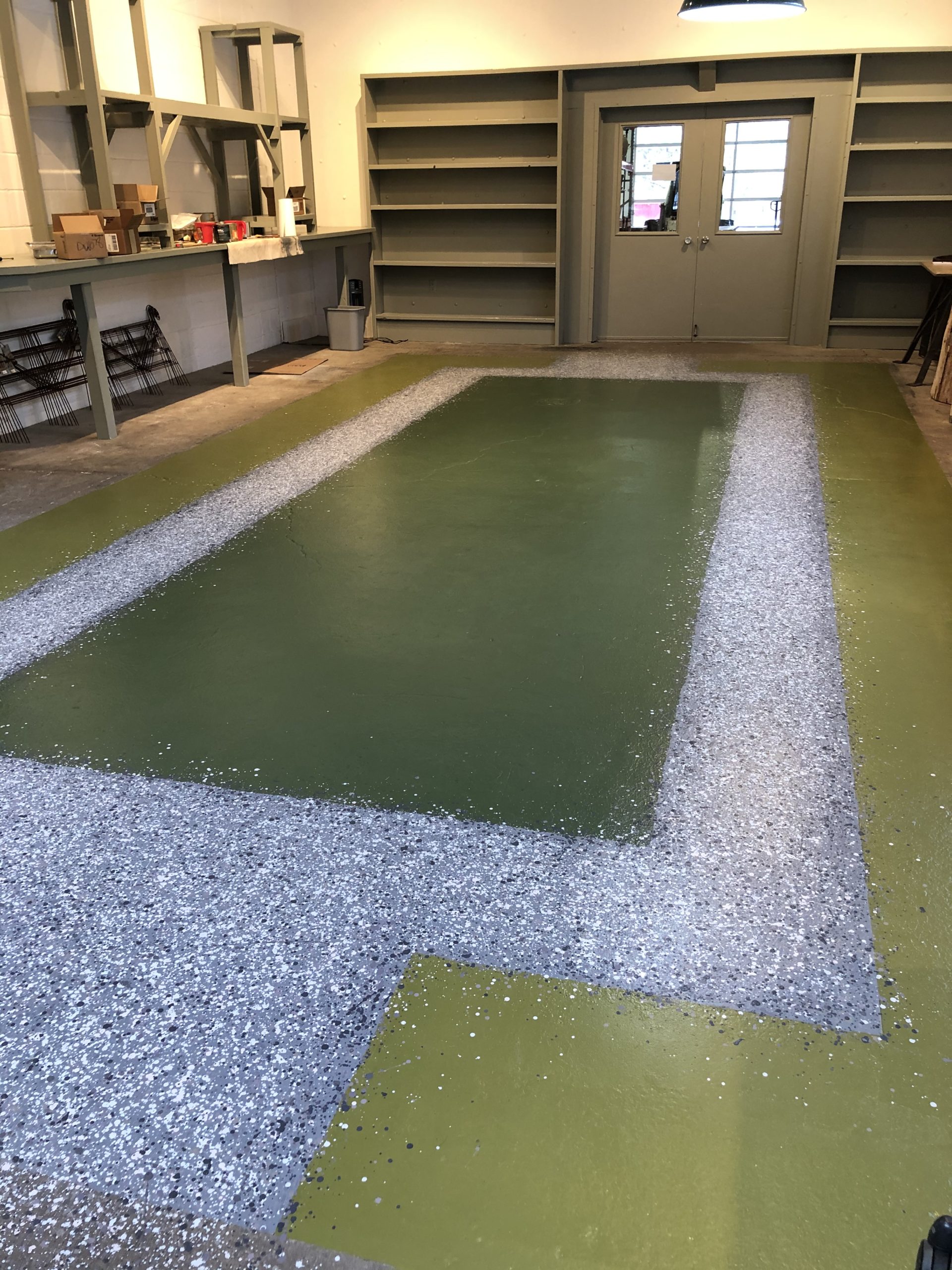 The floor would have but a few elements. A grassy plane, admirably described by the French as a “tapis vert”, is as elemental a garden as any. And it is the starting point for any number of more elaborate expressions. That green square is a prominent part of the logo for the Works. In additional to the green plane, there would be a surrounding gravel path, and a planted area marked by large leaves to enclose that gravel. Painting the gravel was the first order of business, as plants from both sides would likely overlap onto it.
The floor would have but a few elements. A grassy plane, admirably described by the French as a “tapis vert”, is as elemental a garden as any. And it is the starting point for any number of more elaborate expressions. That green square is a prominent part of the logo for the Works. In additional to the green plane, there would be a surrounding gravel path, and a planted area marked by large leaves to enclose that gravel. Painting the gravel was the first order of business, as plants from both sides would likely overlap onto it.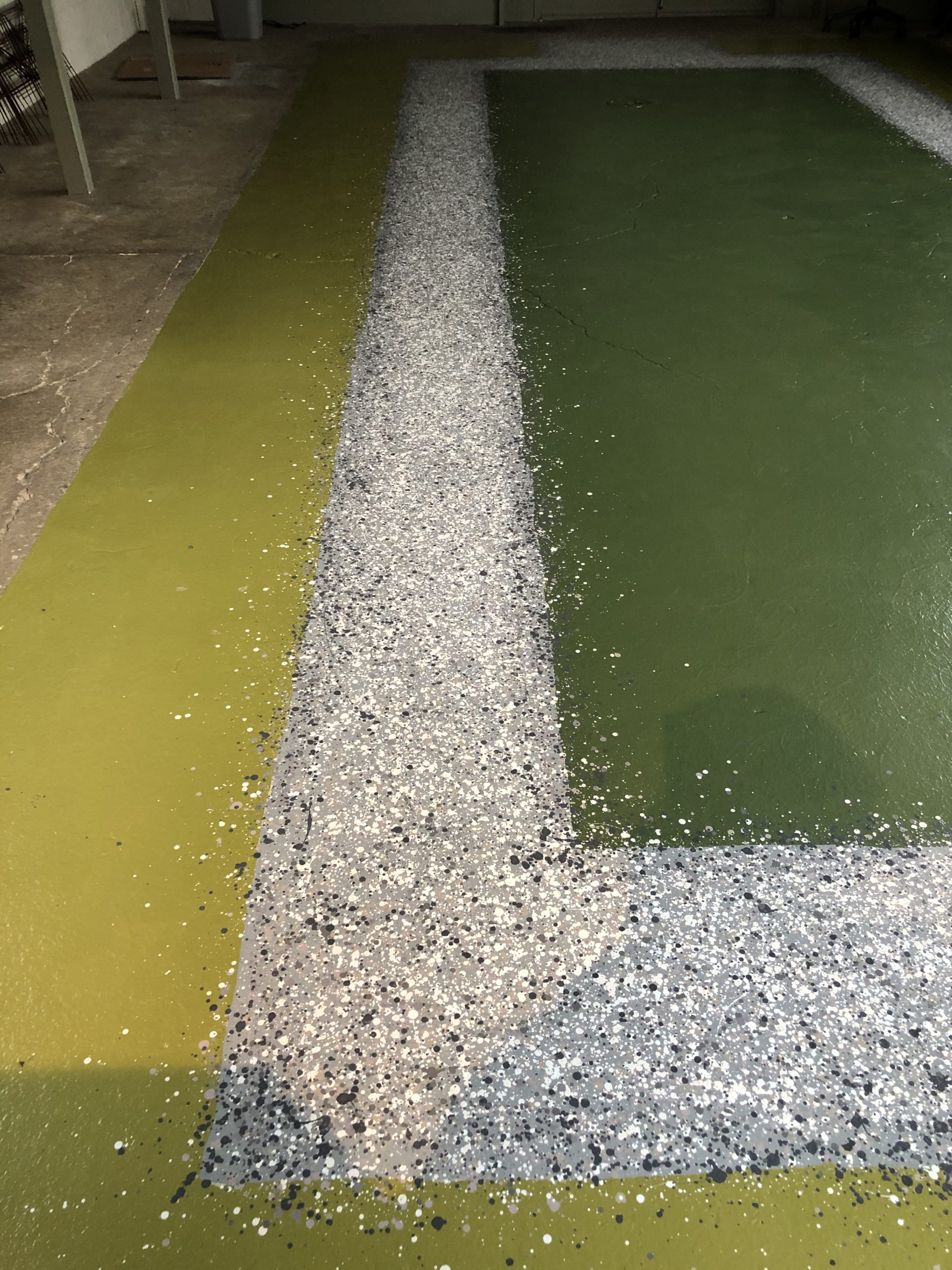 This would be the easiest part of the painting. A series of colors would be dripped on to the floor surface from a wood plant marker. The only finesse to this part would be slowly thinning the paint so it would drip at a reasonable rate-not too slow, and not too fast. Of course there was plenty of wrist and shoulder action, so the drips would be spaced out.
This would be the easiest part of the painting. A series of colors would be dripped on to the floor surface from a wood plant marker. The only finesse to this part would be slowly thinning the paint so it would drip at a reasonable rate-not too slow, and not too fast. Of course there was plenty of wrist and shoulder action, so the drips would be spaced out.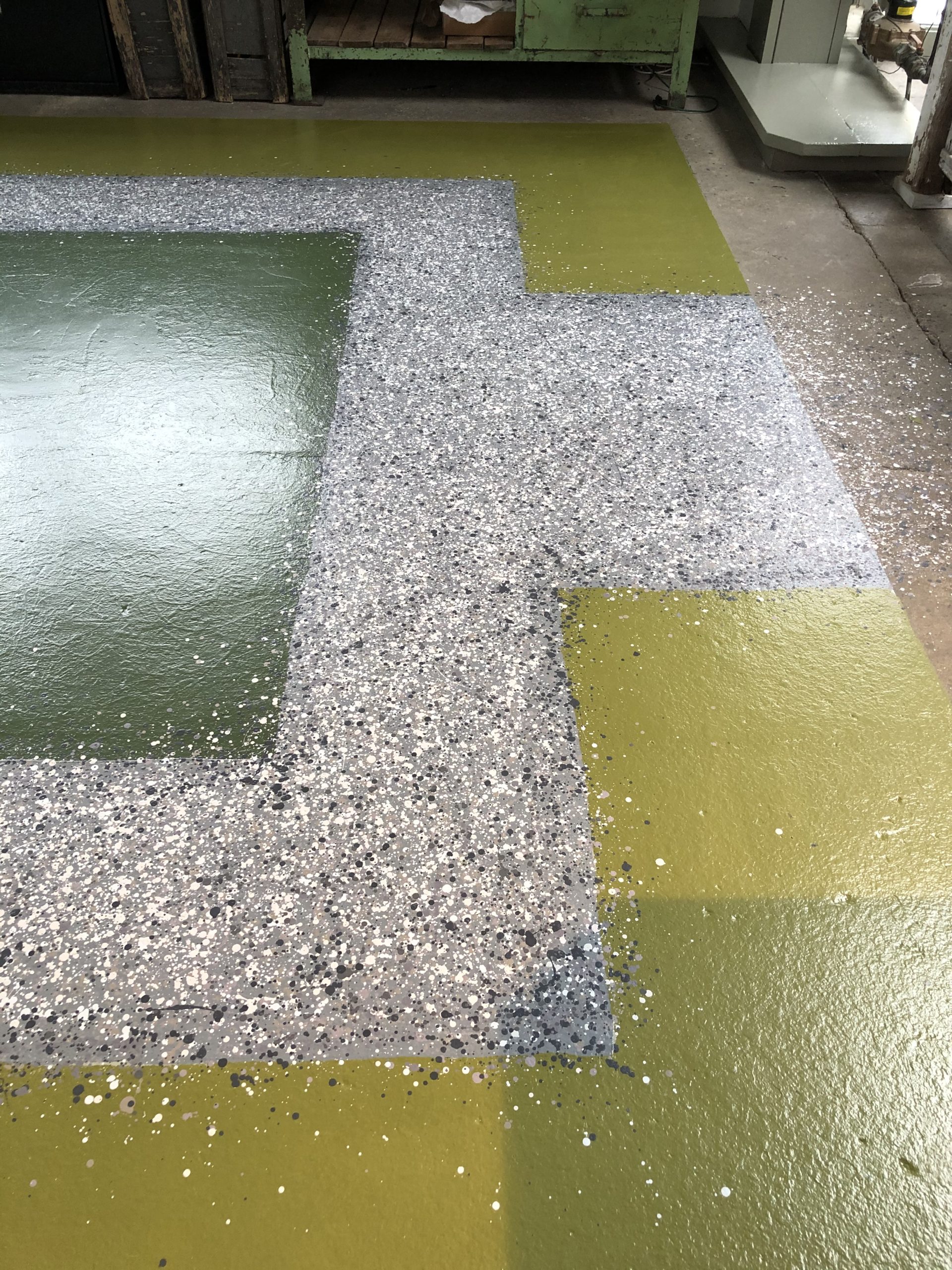
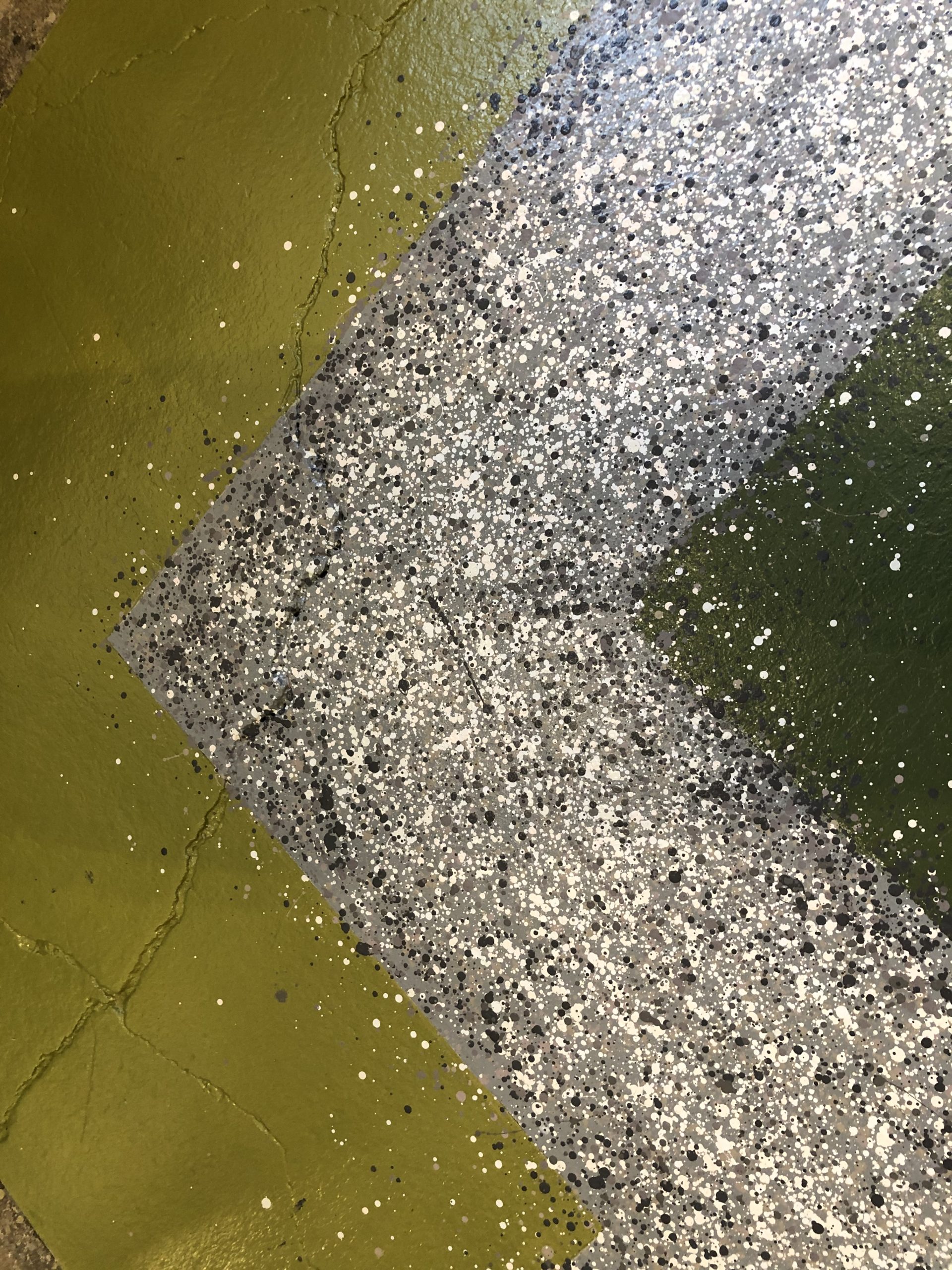 Some effort was made to keep the gravel darker and less detailed on the edges. Once the leaves to come were painted over the edges, that would help create a little sense of depth. This is decorative painting-not fine art. But a nod to composition and technique gives the mural a little more polished look.
Some effort was made to keep the gravel darker and less detailed on the edges. Once the leaves to come were painted over the edges, that would help create a little sense of depth. This is decorative painting-not fine art. But a nod to composition and technique gives the mural a little more polished look.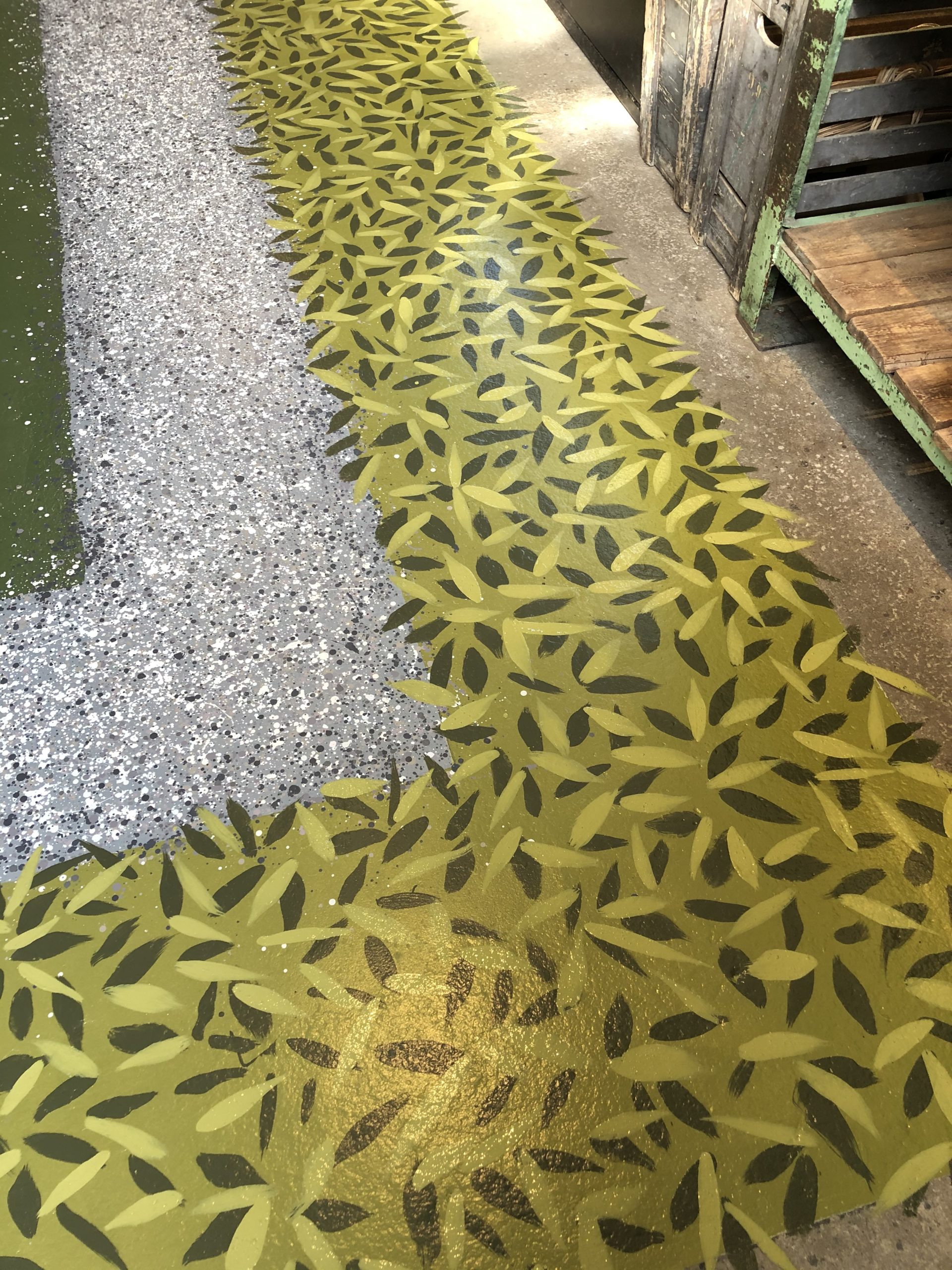
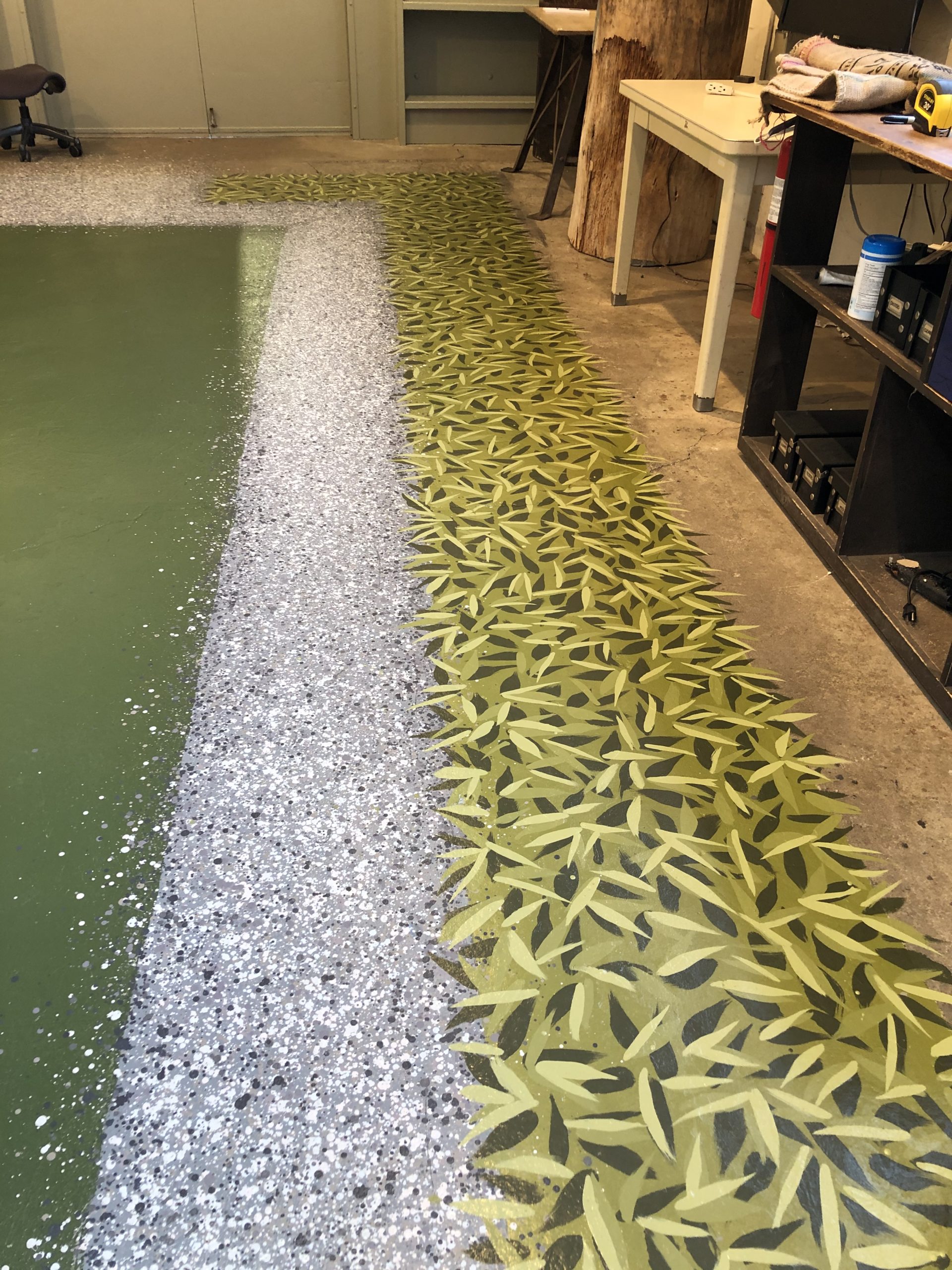
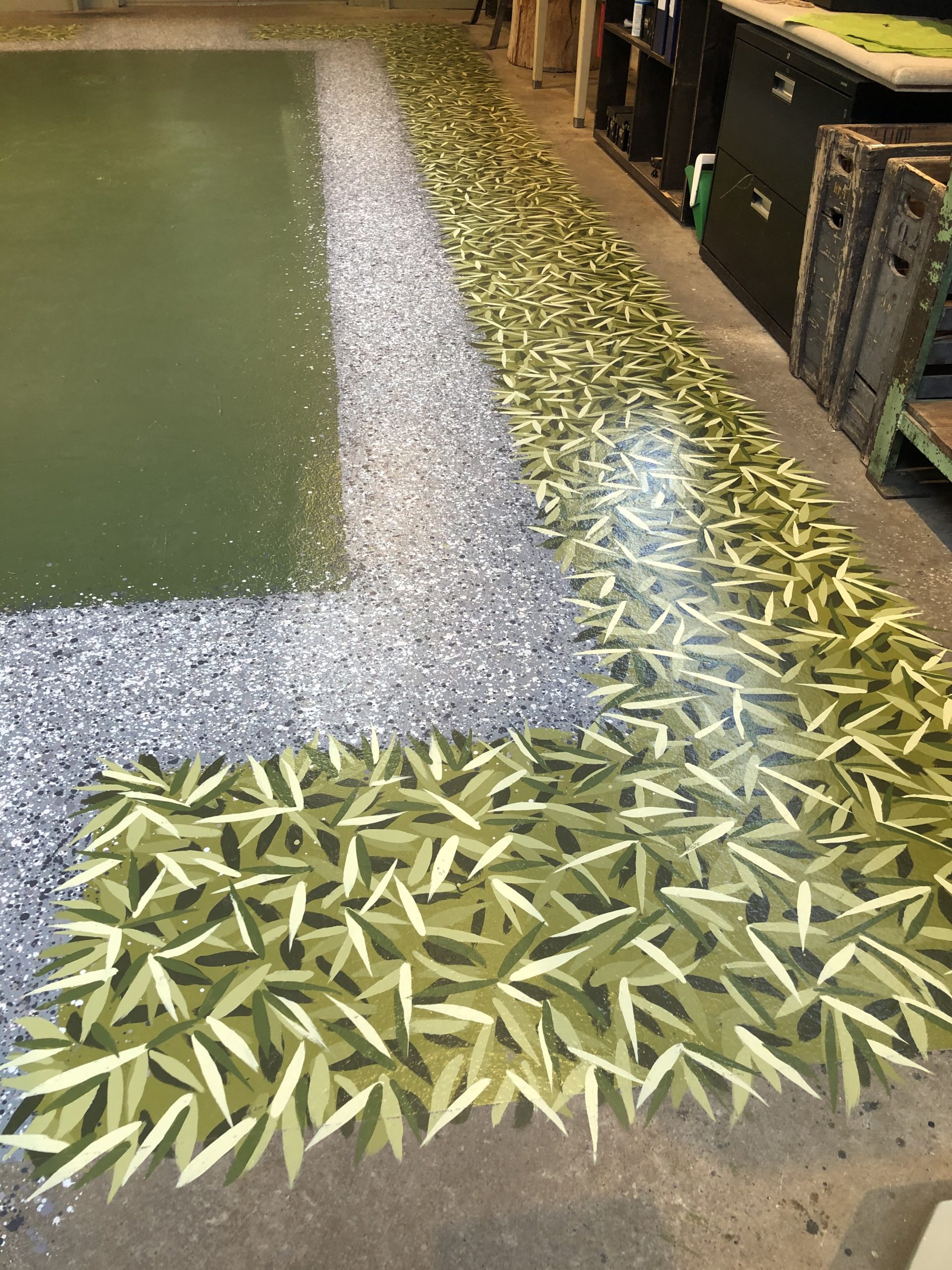
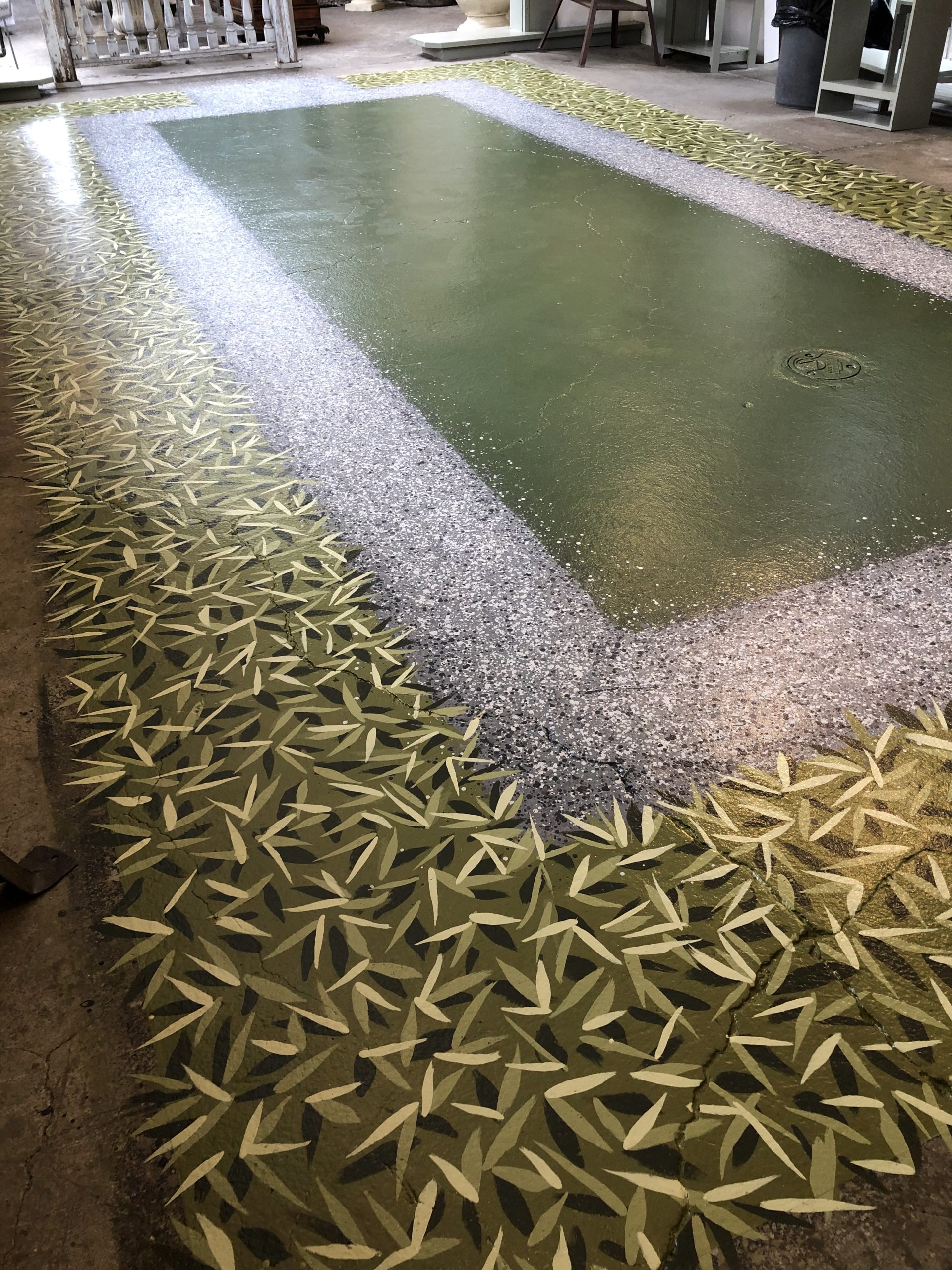
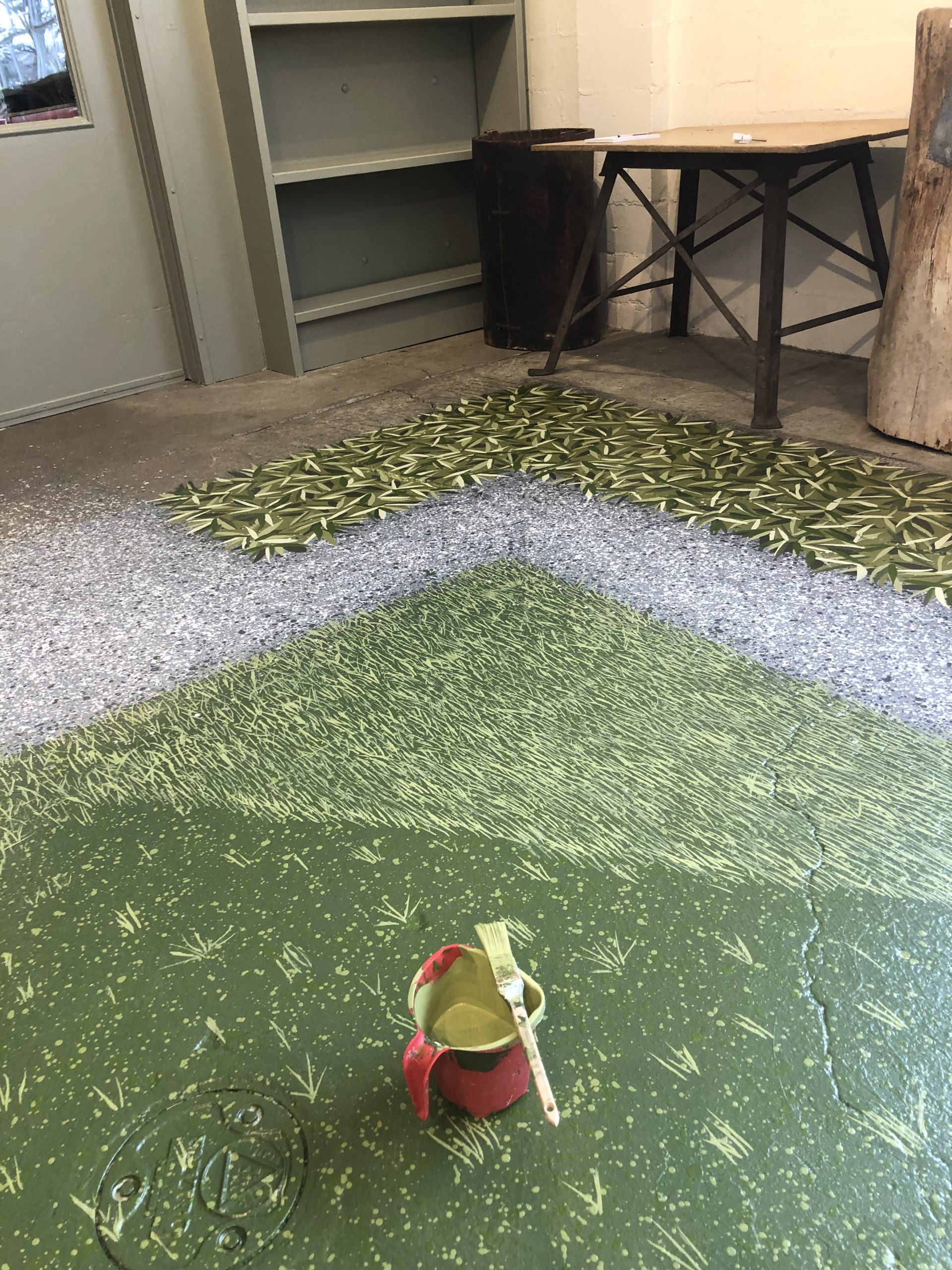
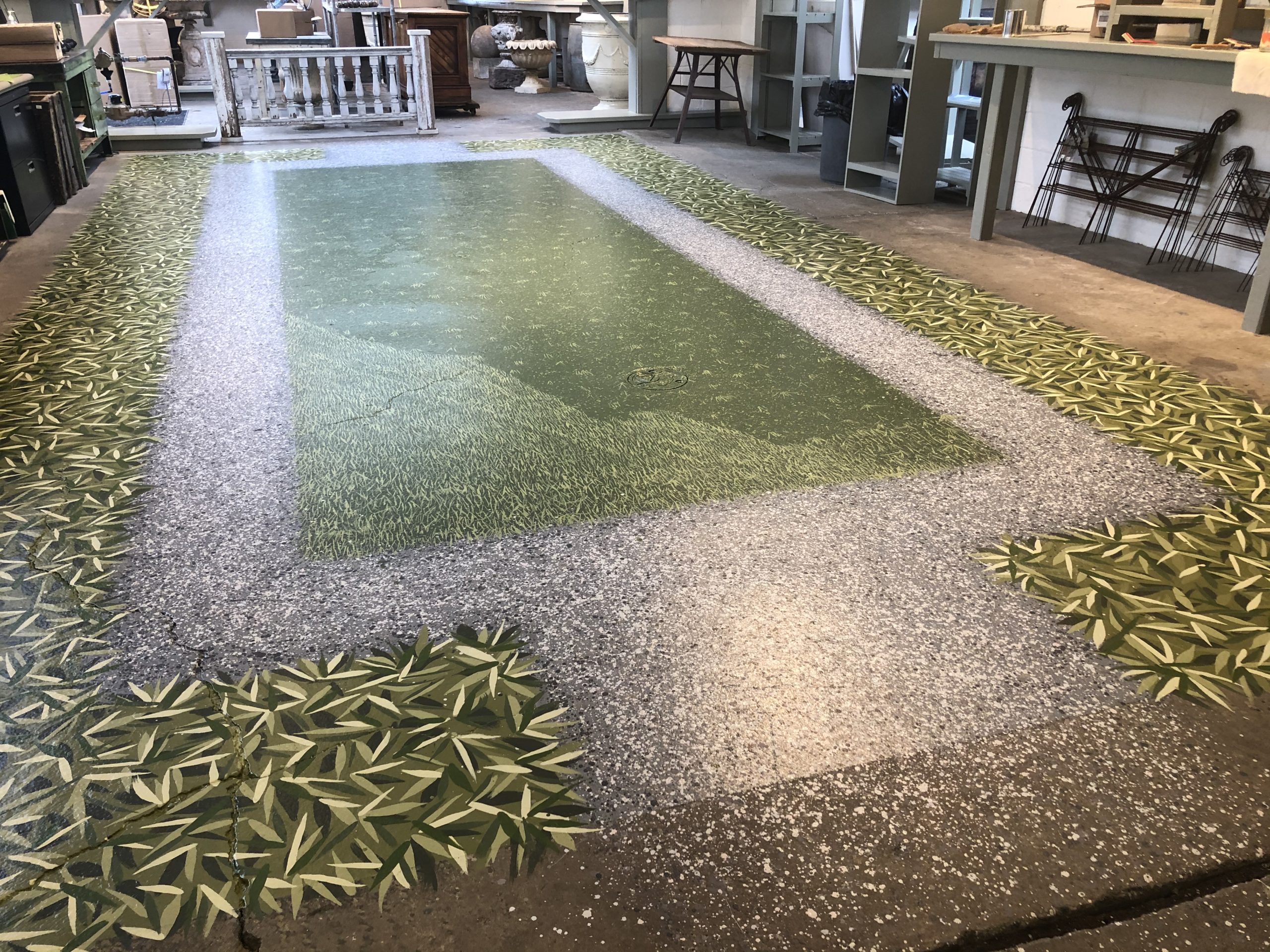 Those marks were very lively. They brought the dark center up to the same visual plane as the gravel. Eventually I settled in to the job, and two days later that portion was finished.
Those marks were very lively. They brought the dark center up to the same visual plane as the gravel. Eventually I settled in to the job, and two days later that portion was finished.
